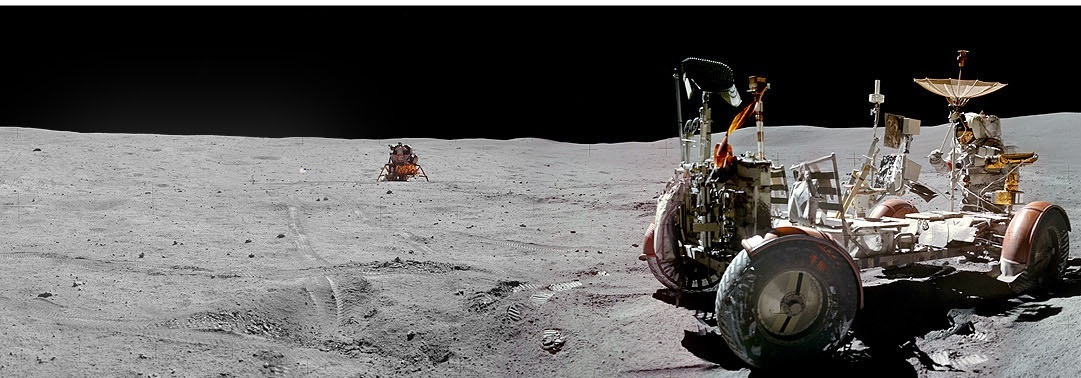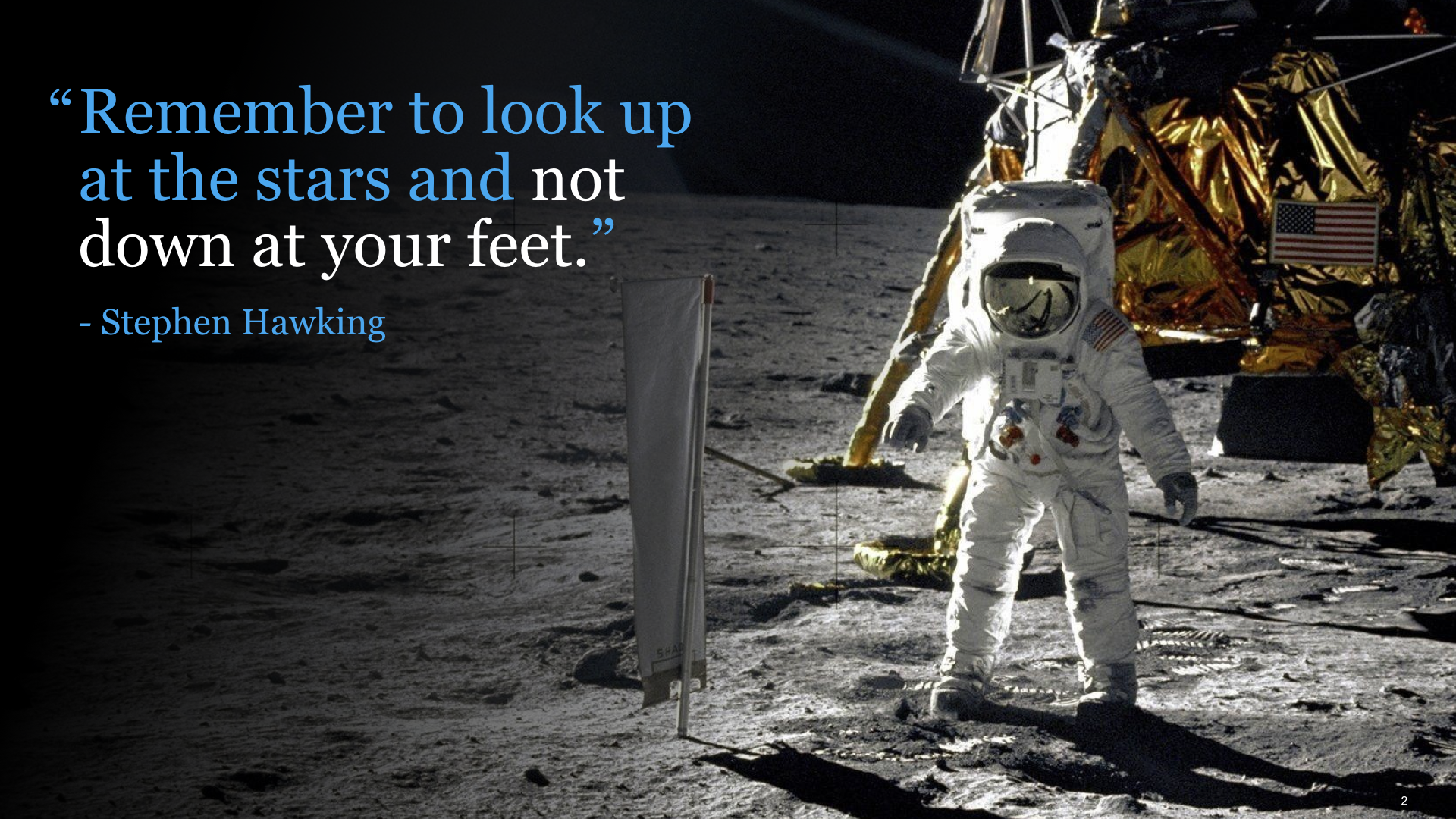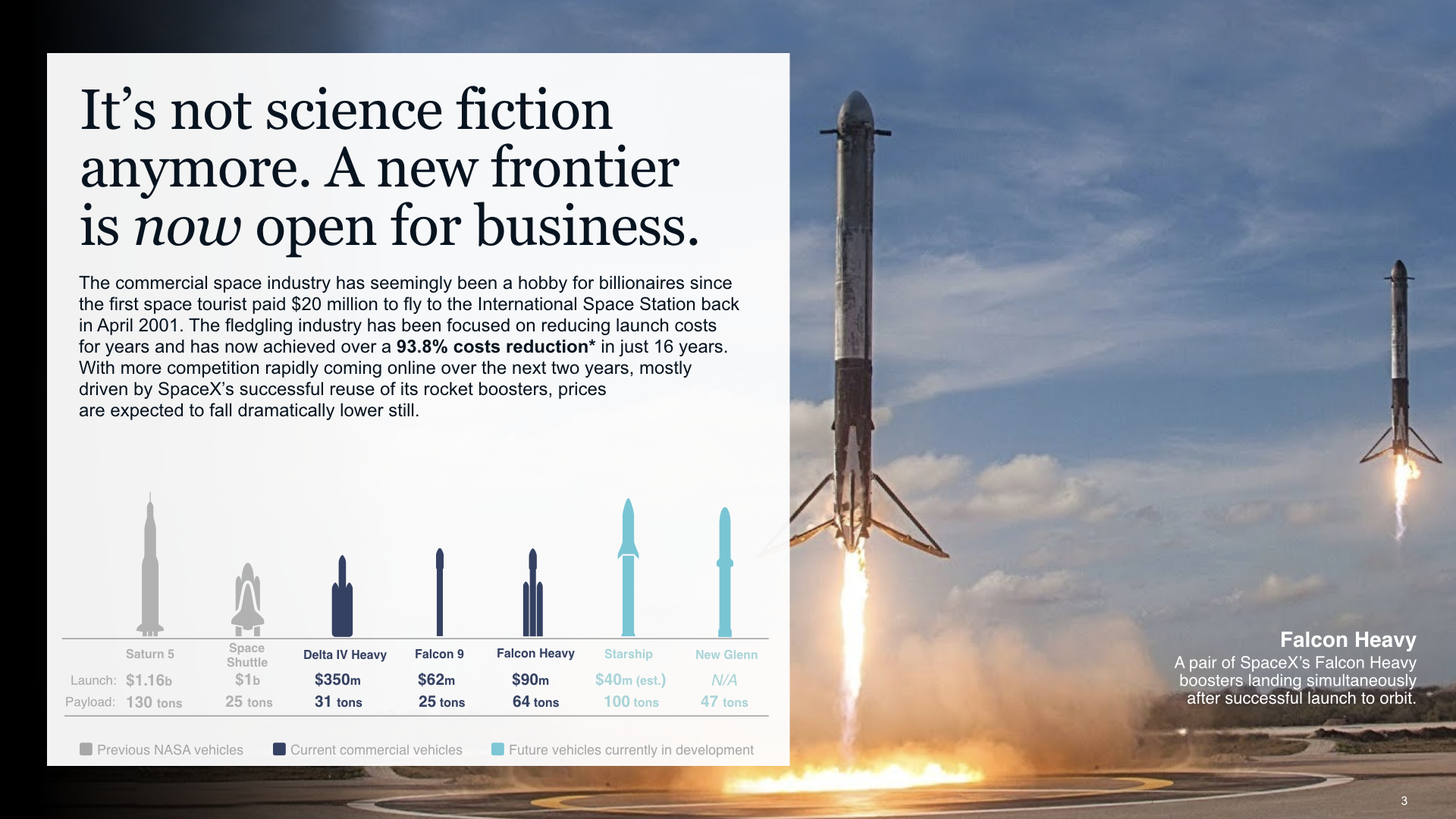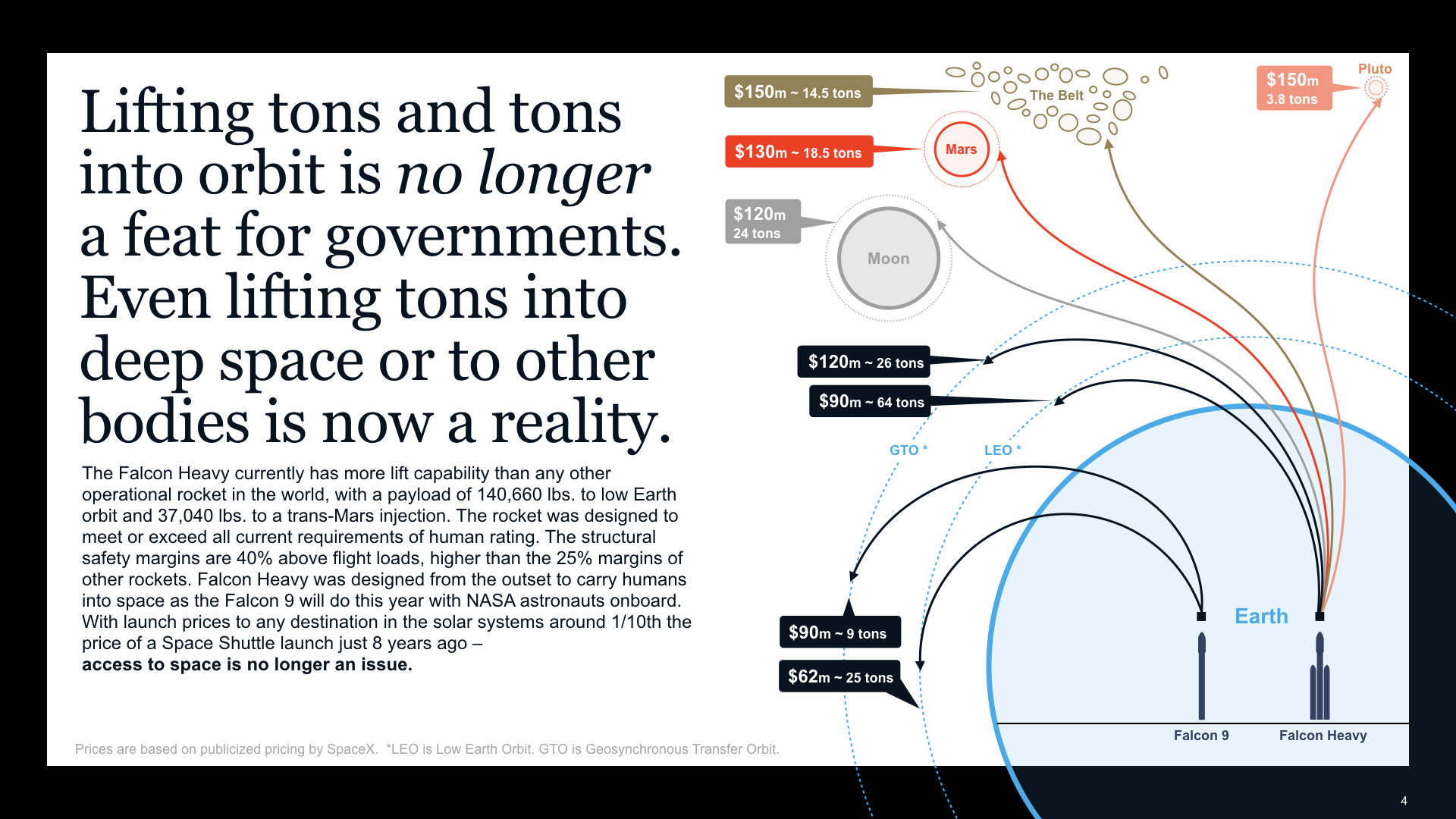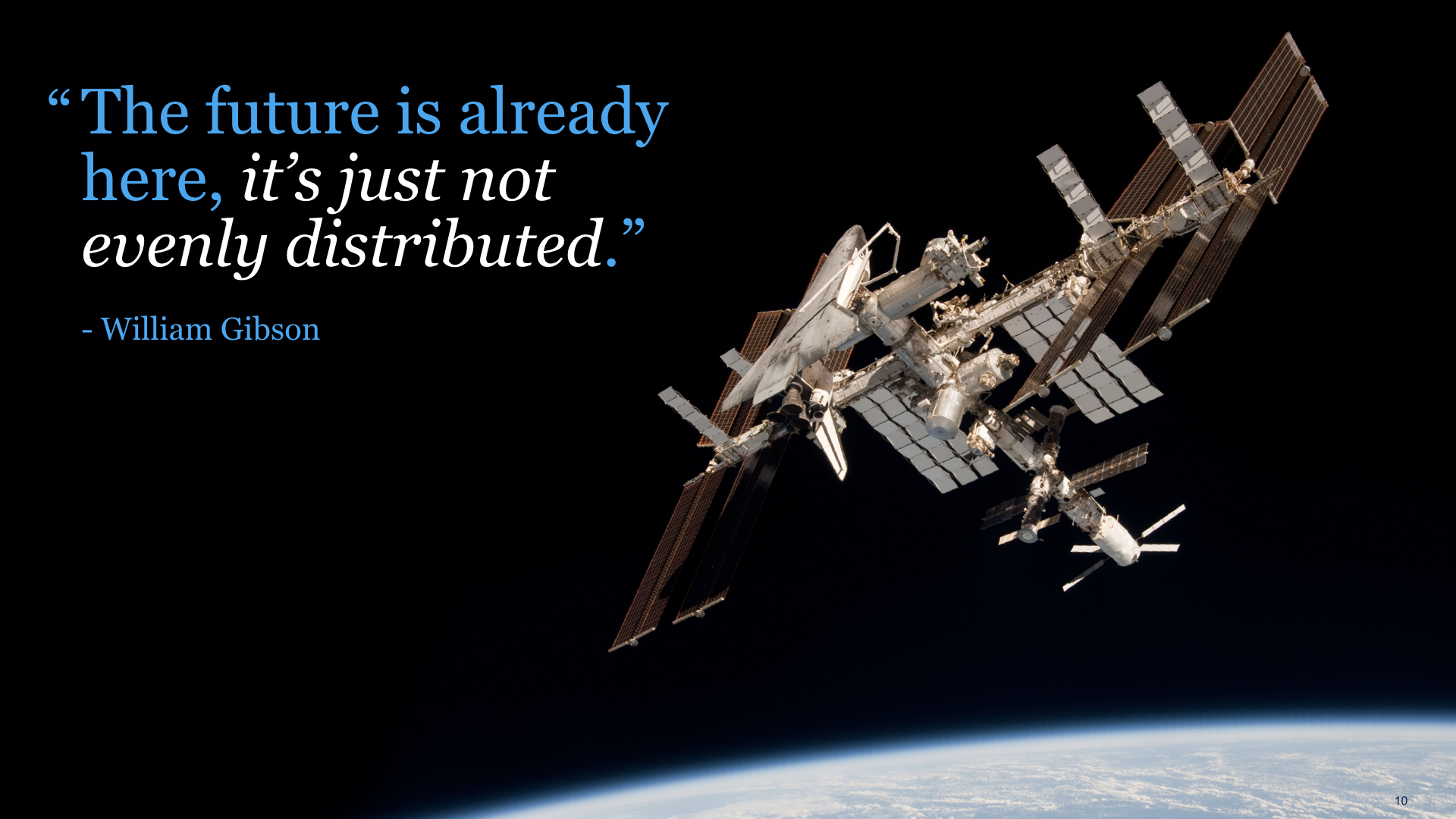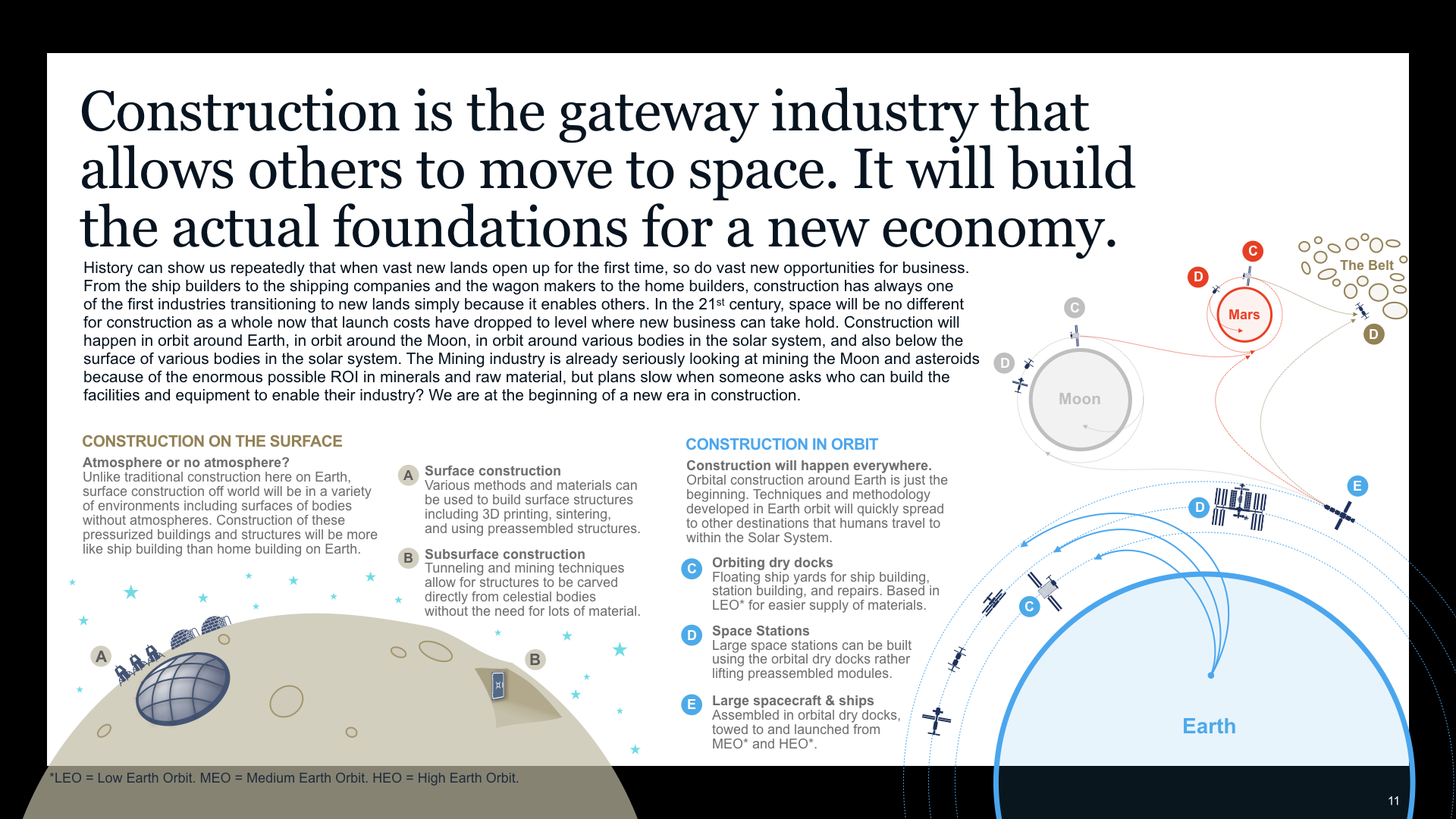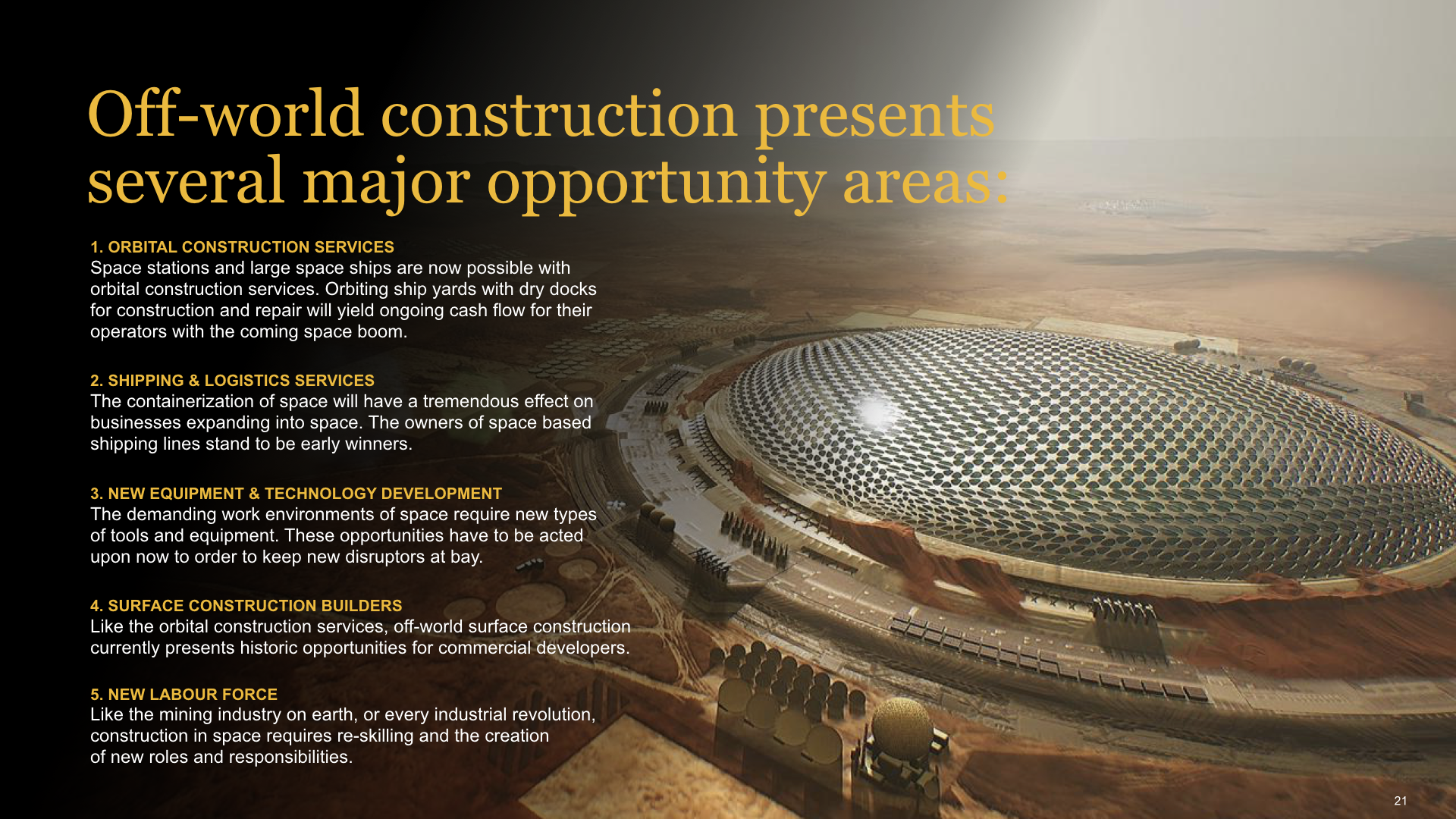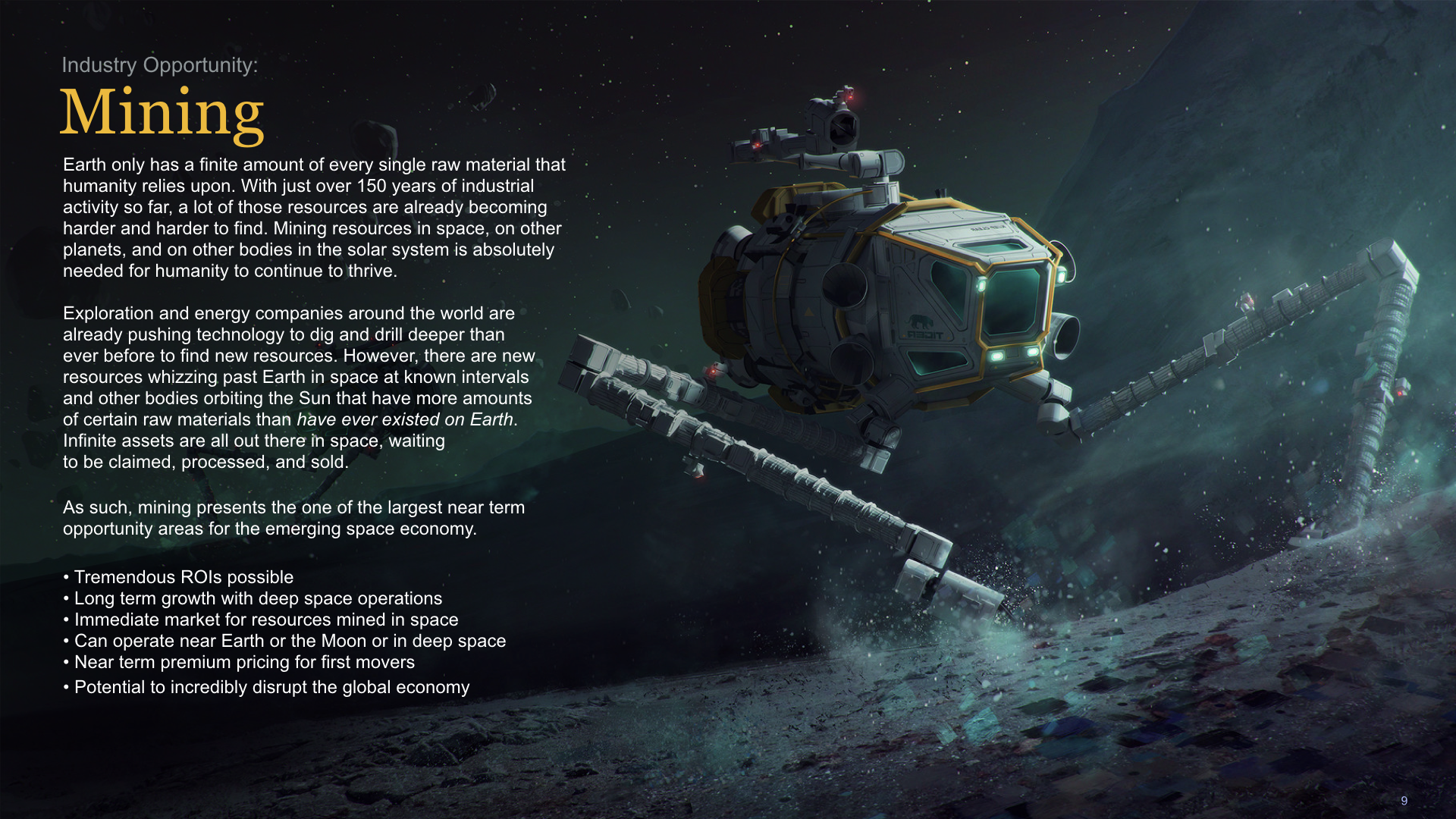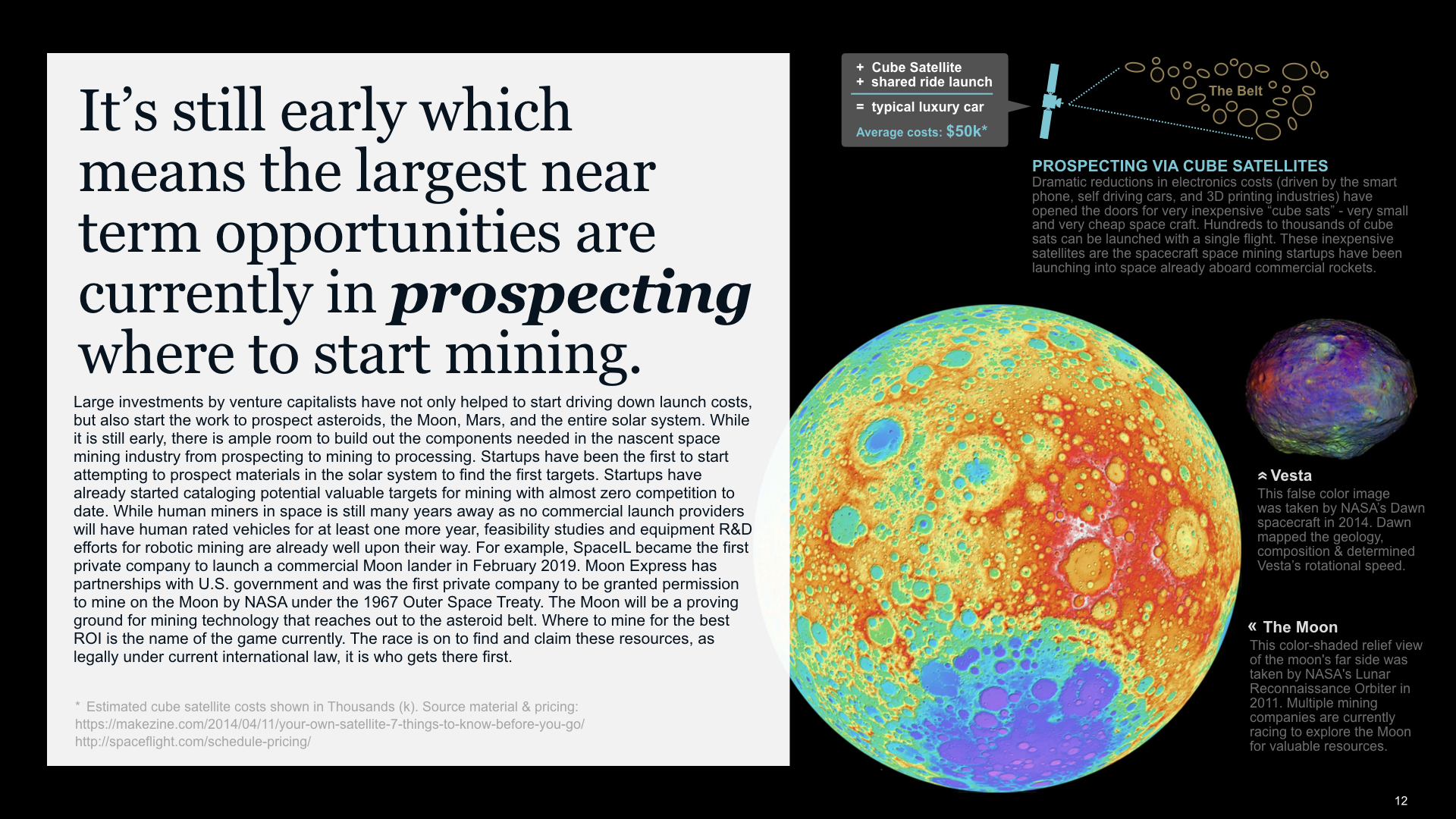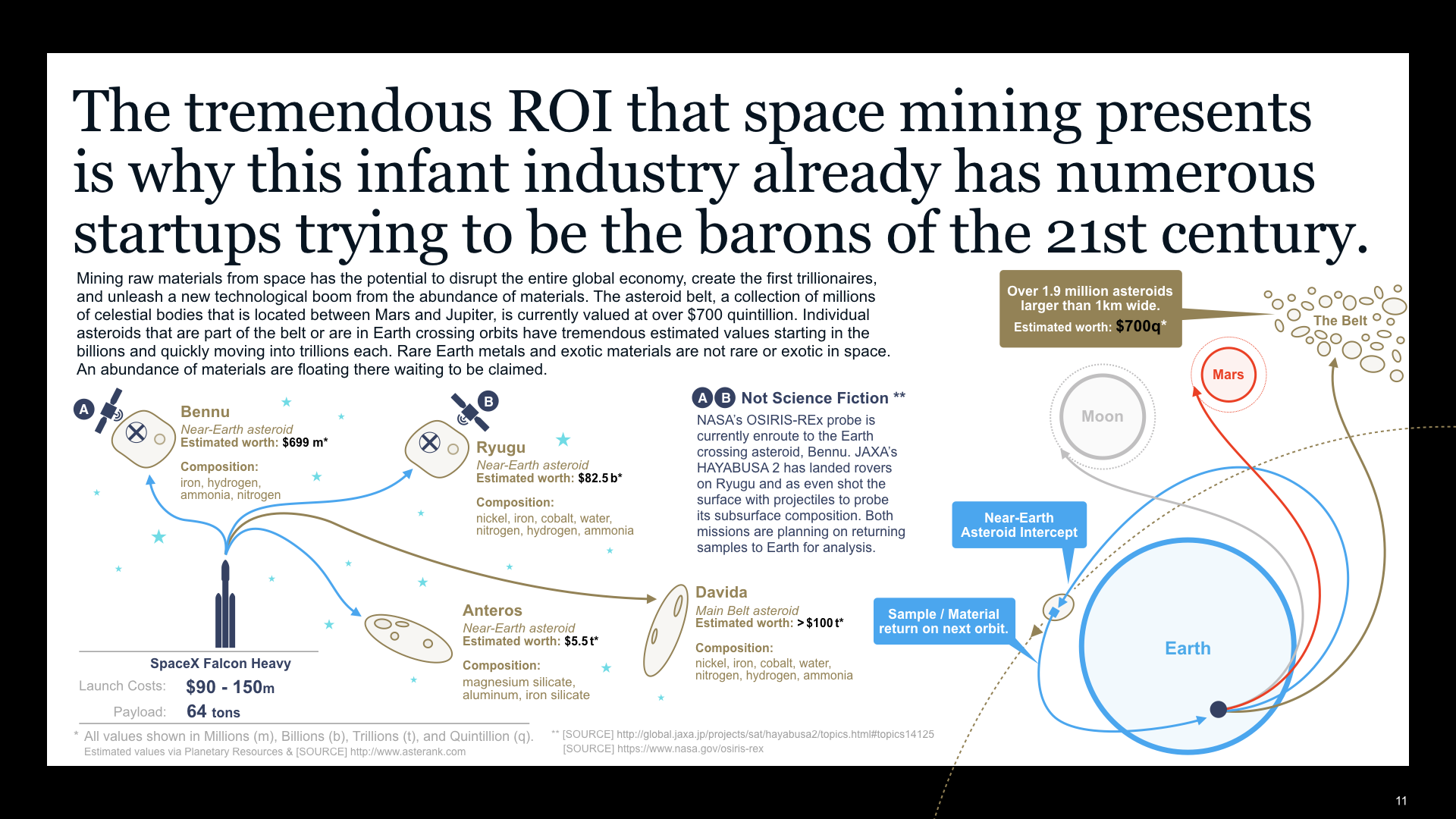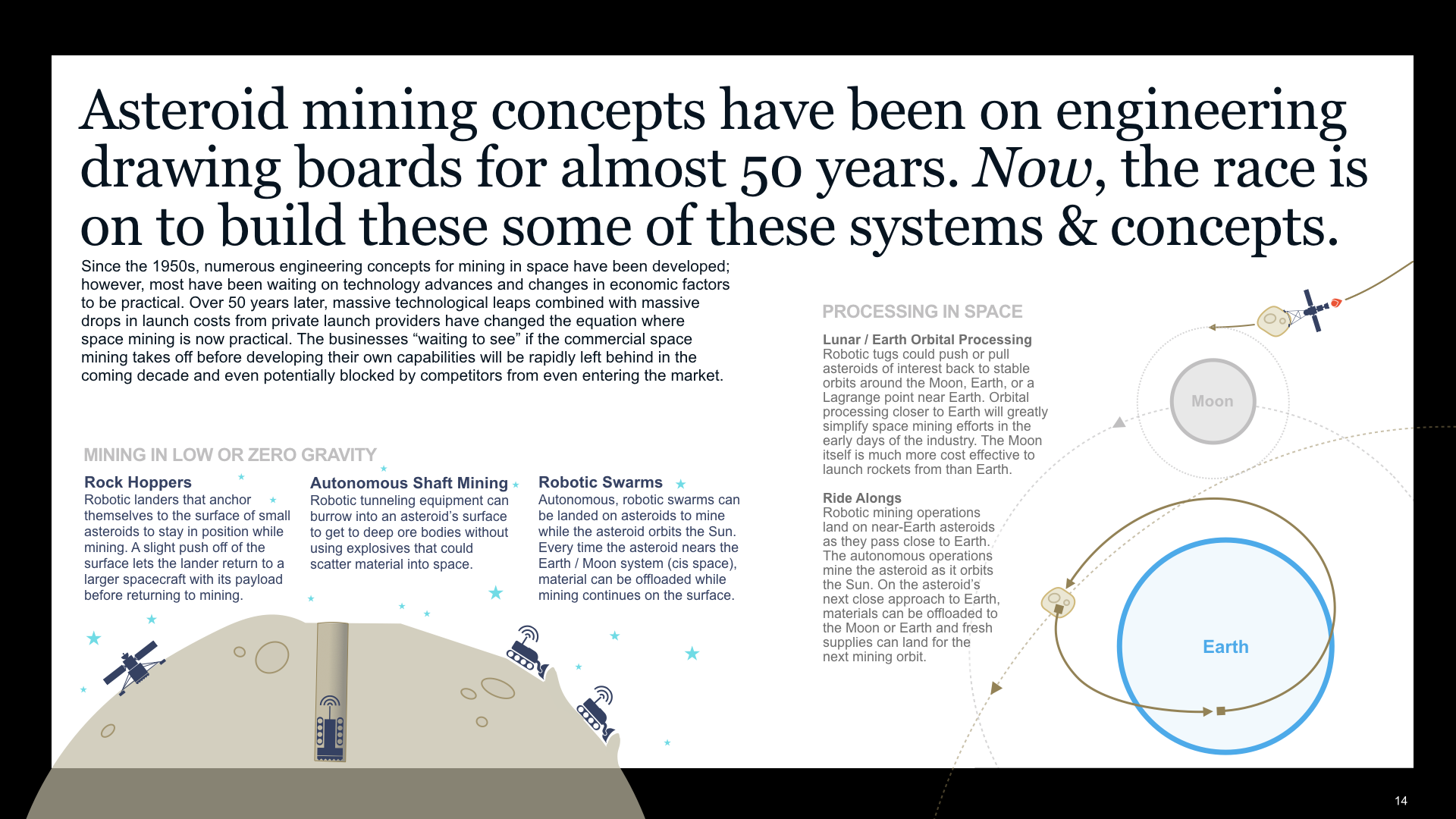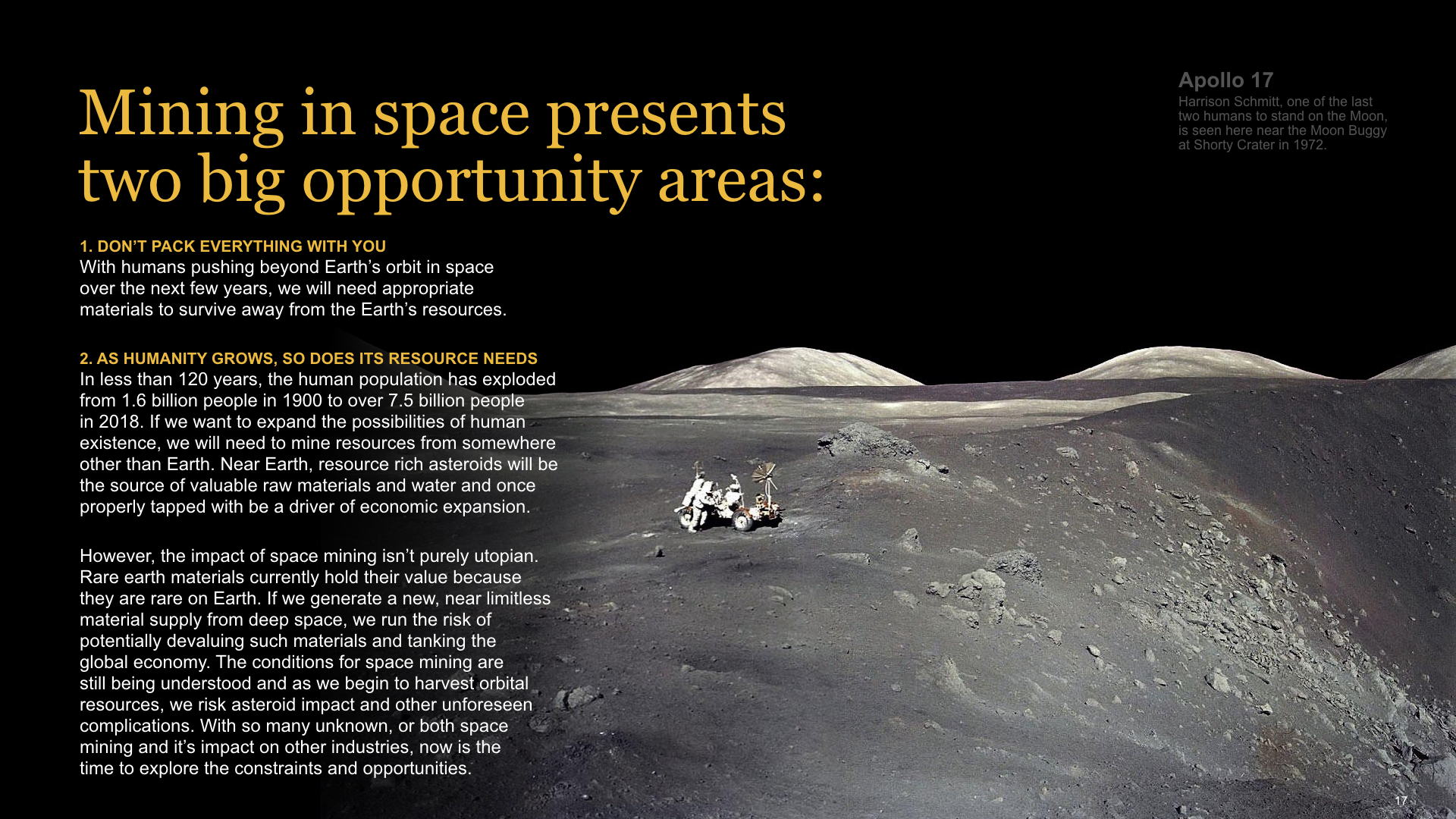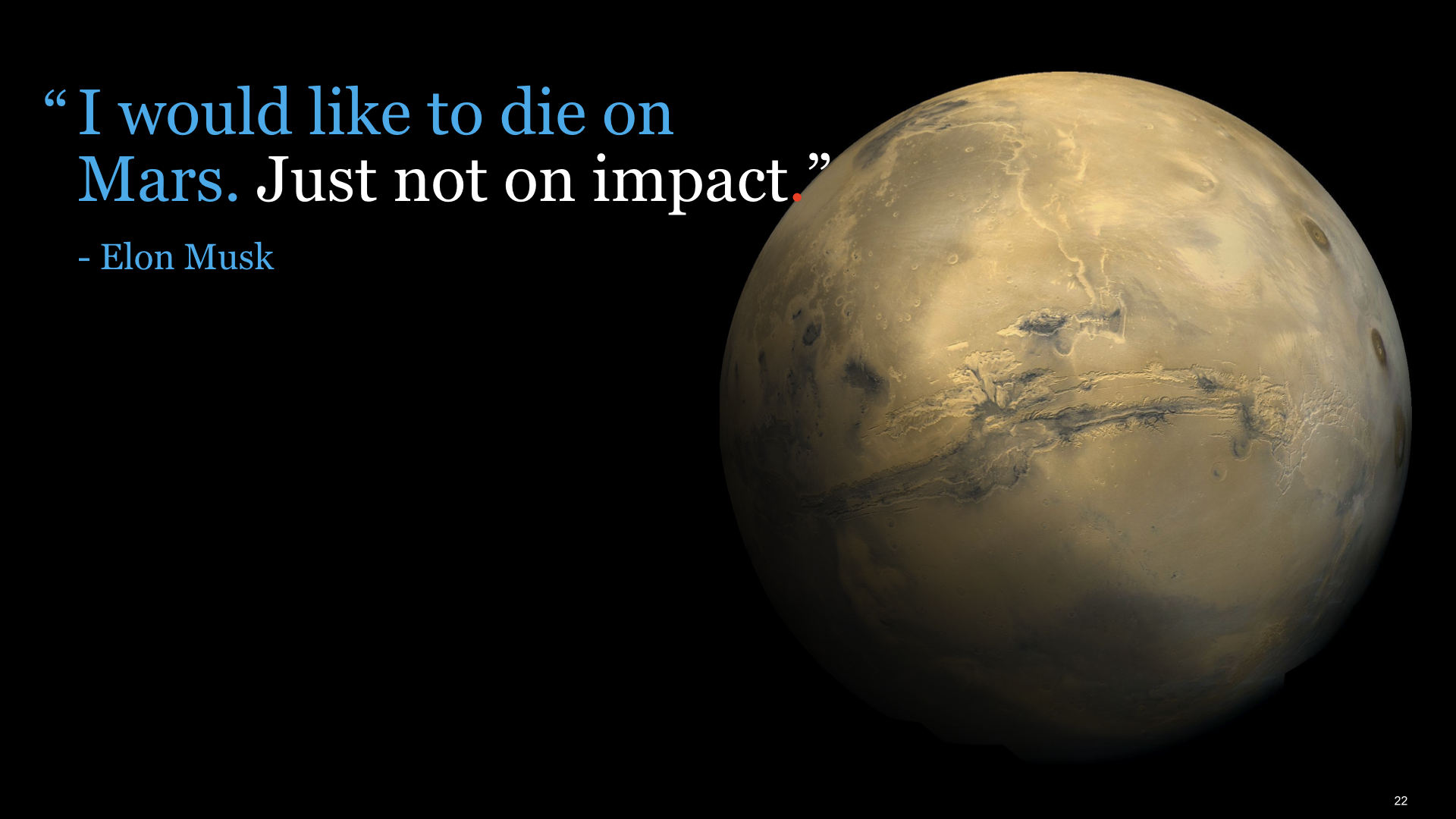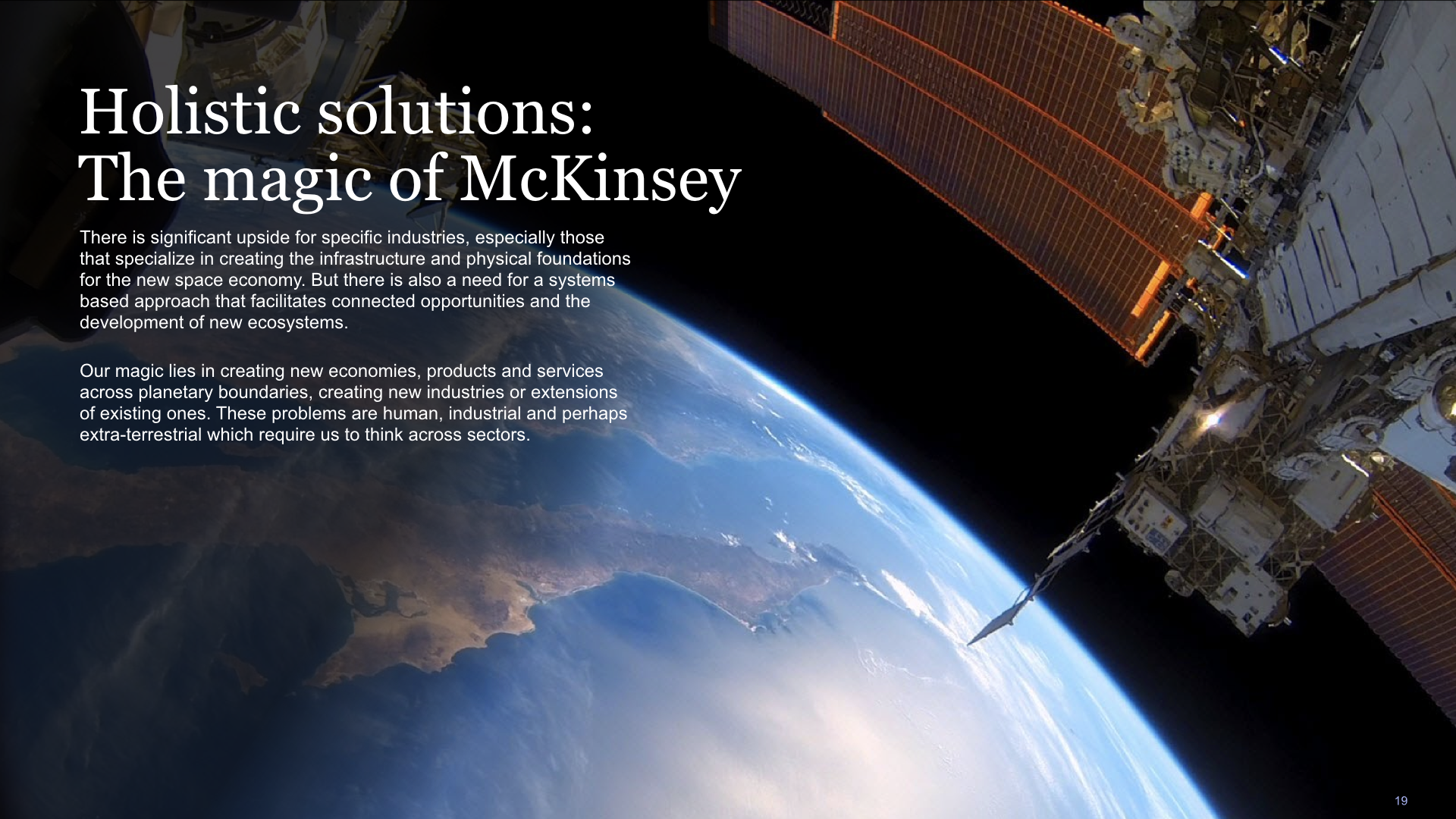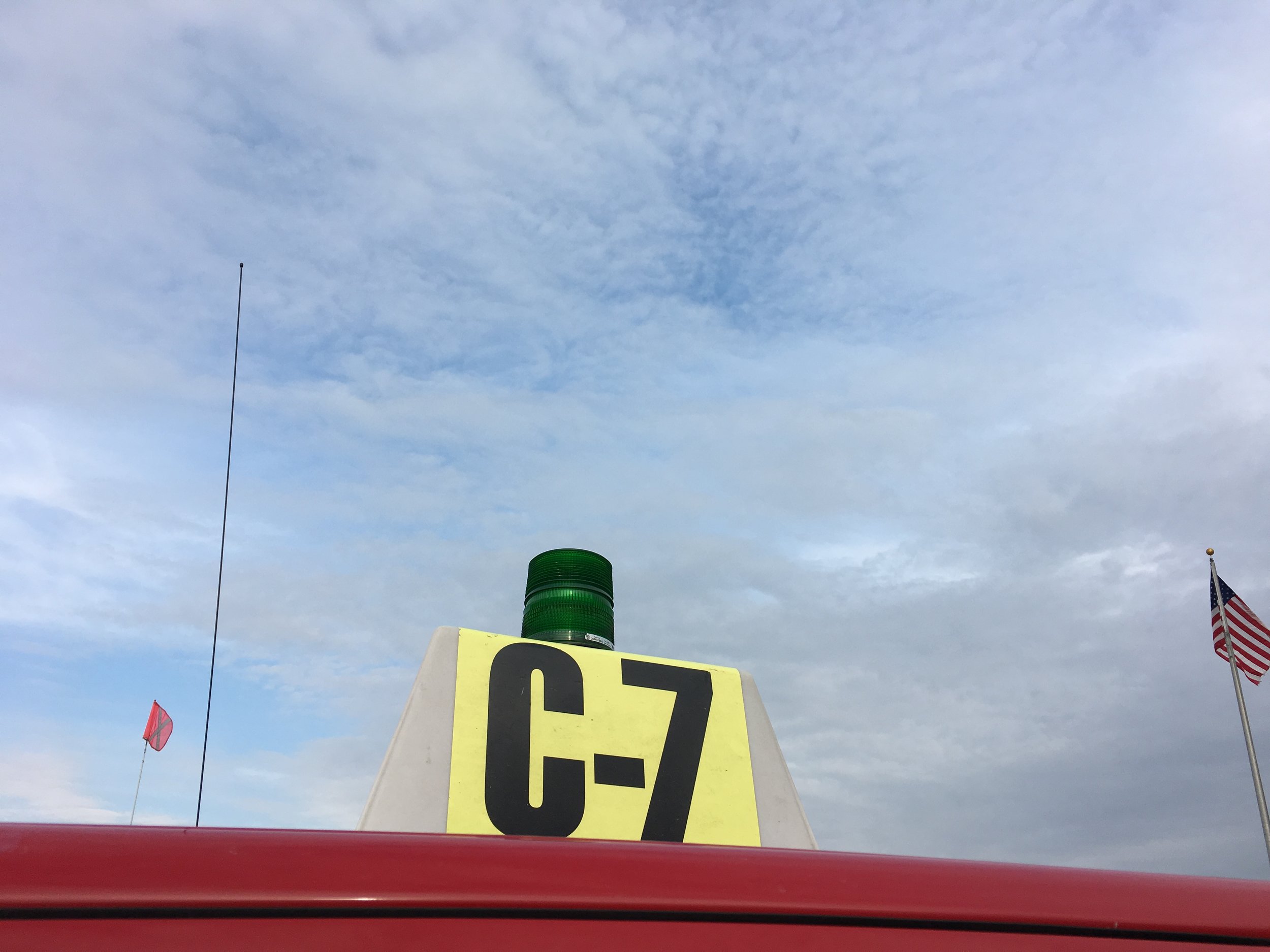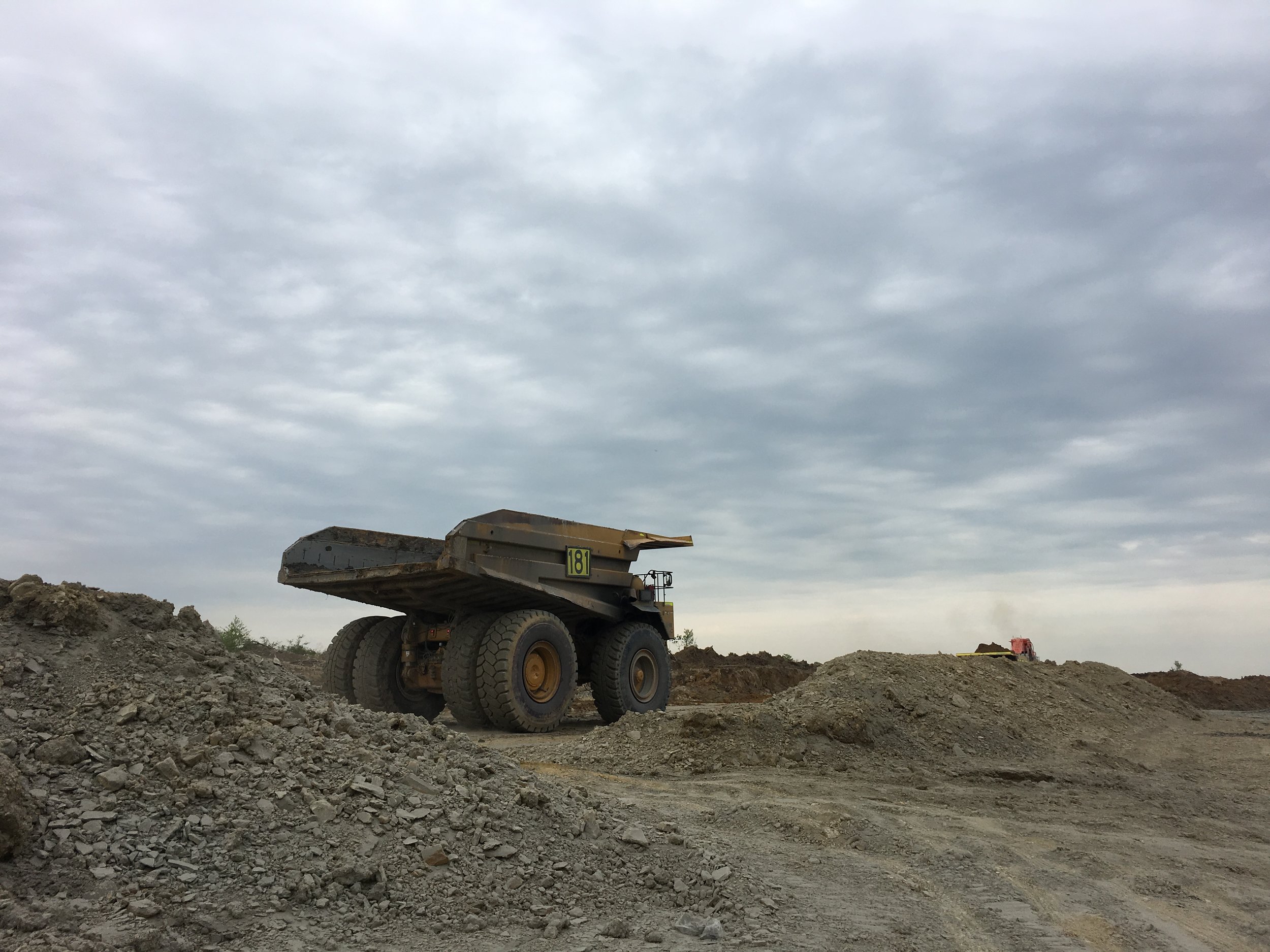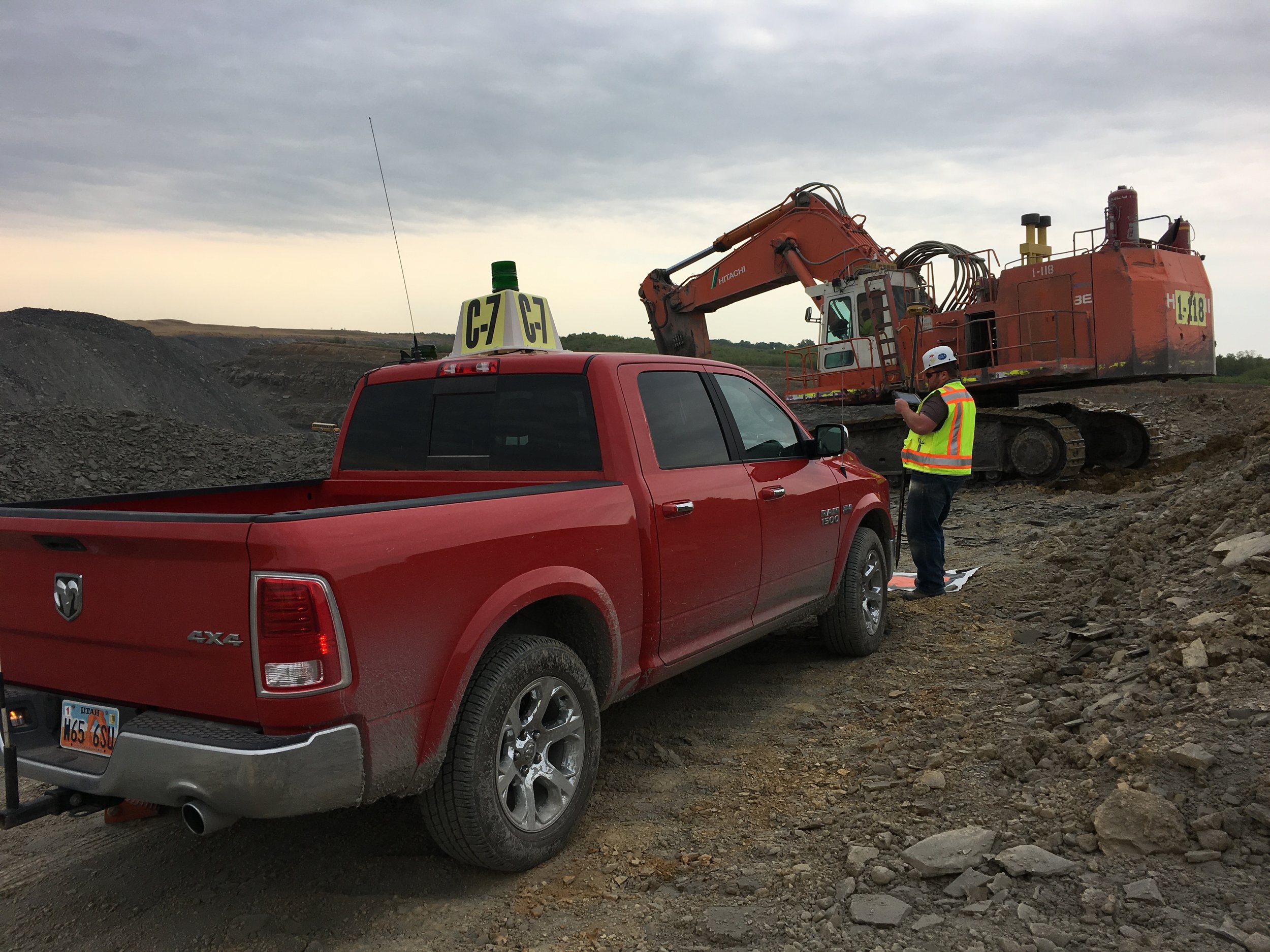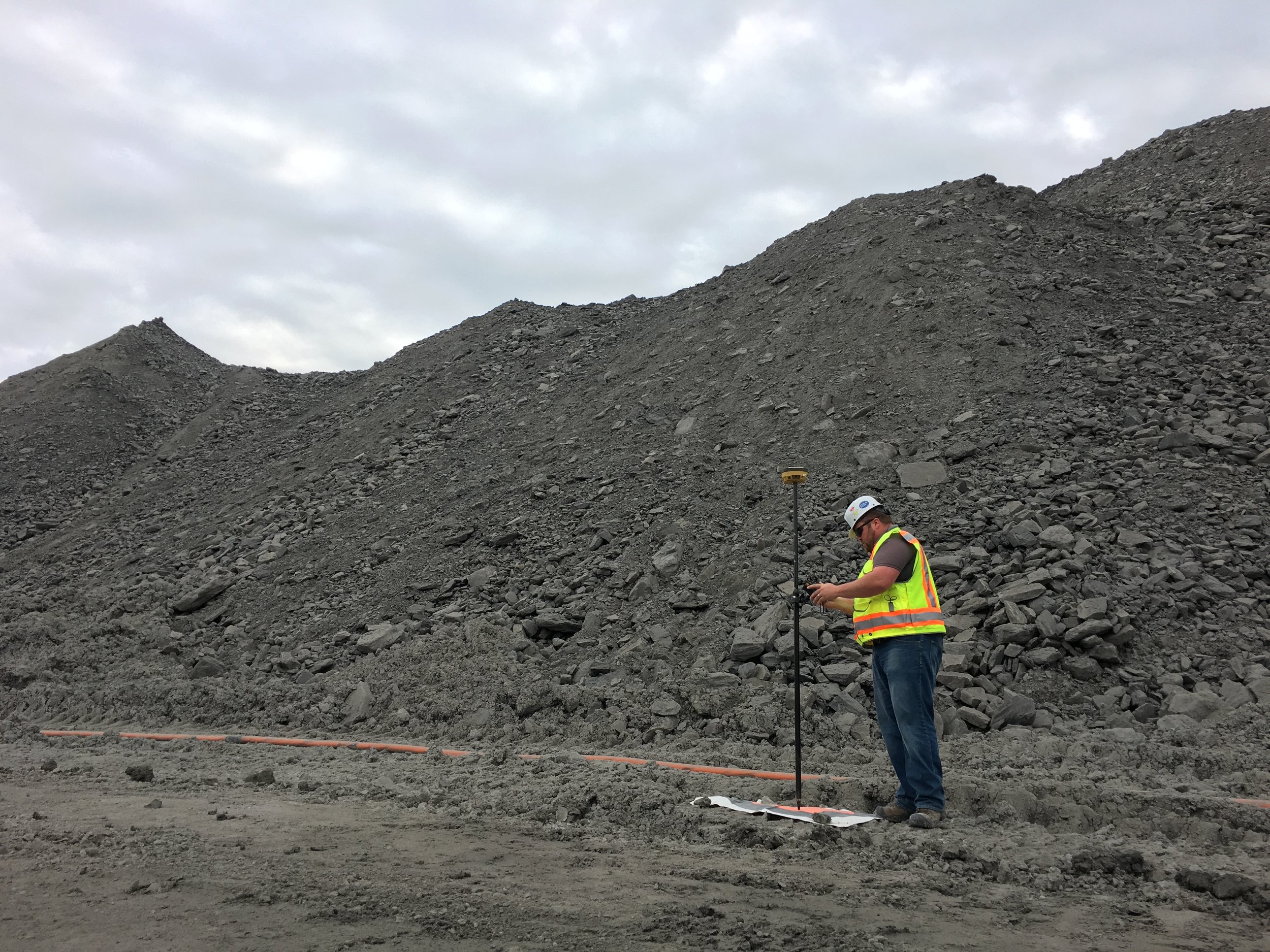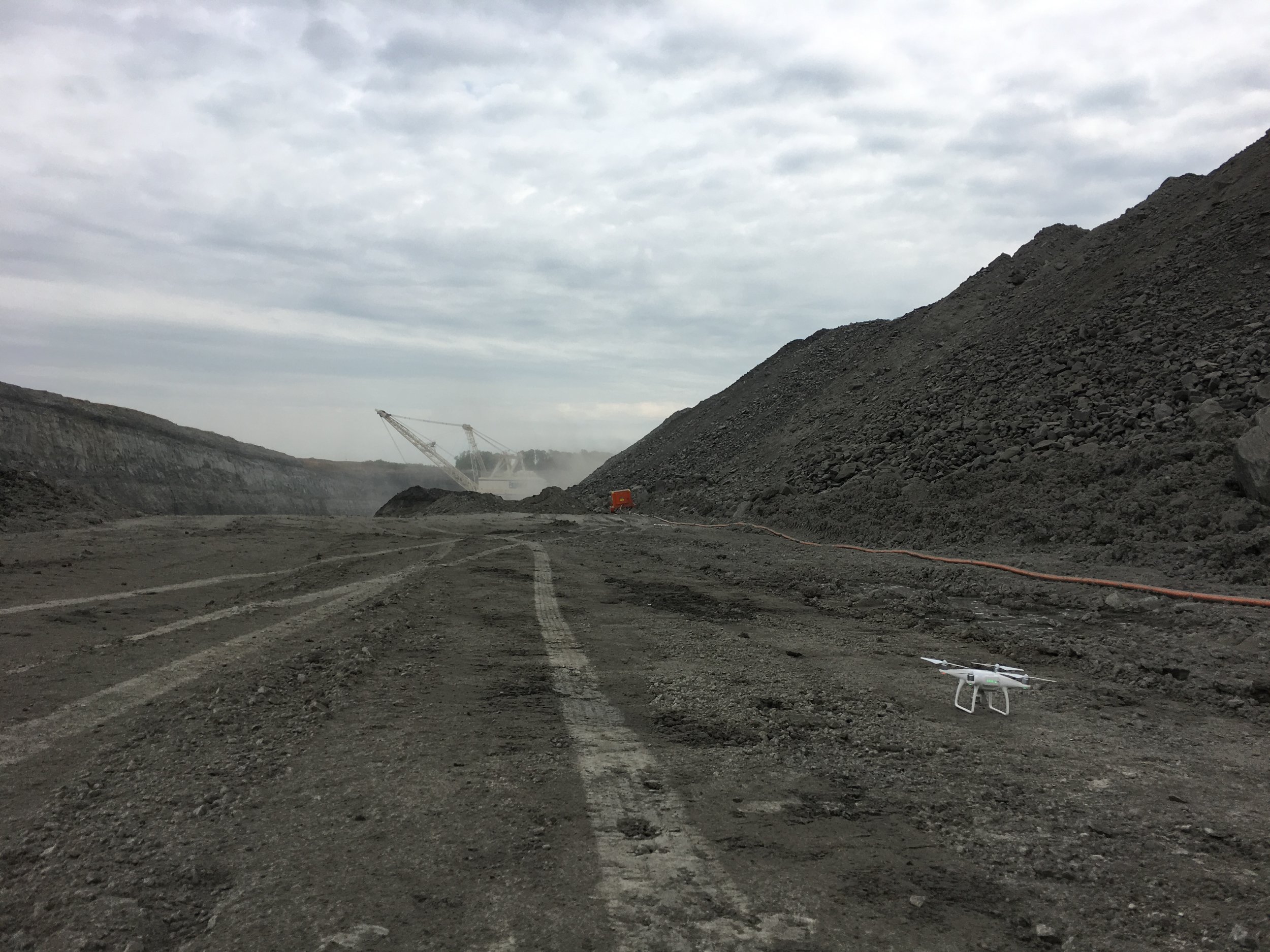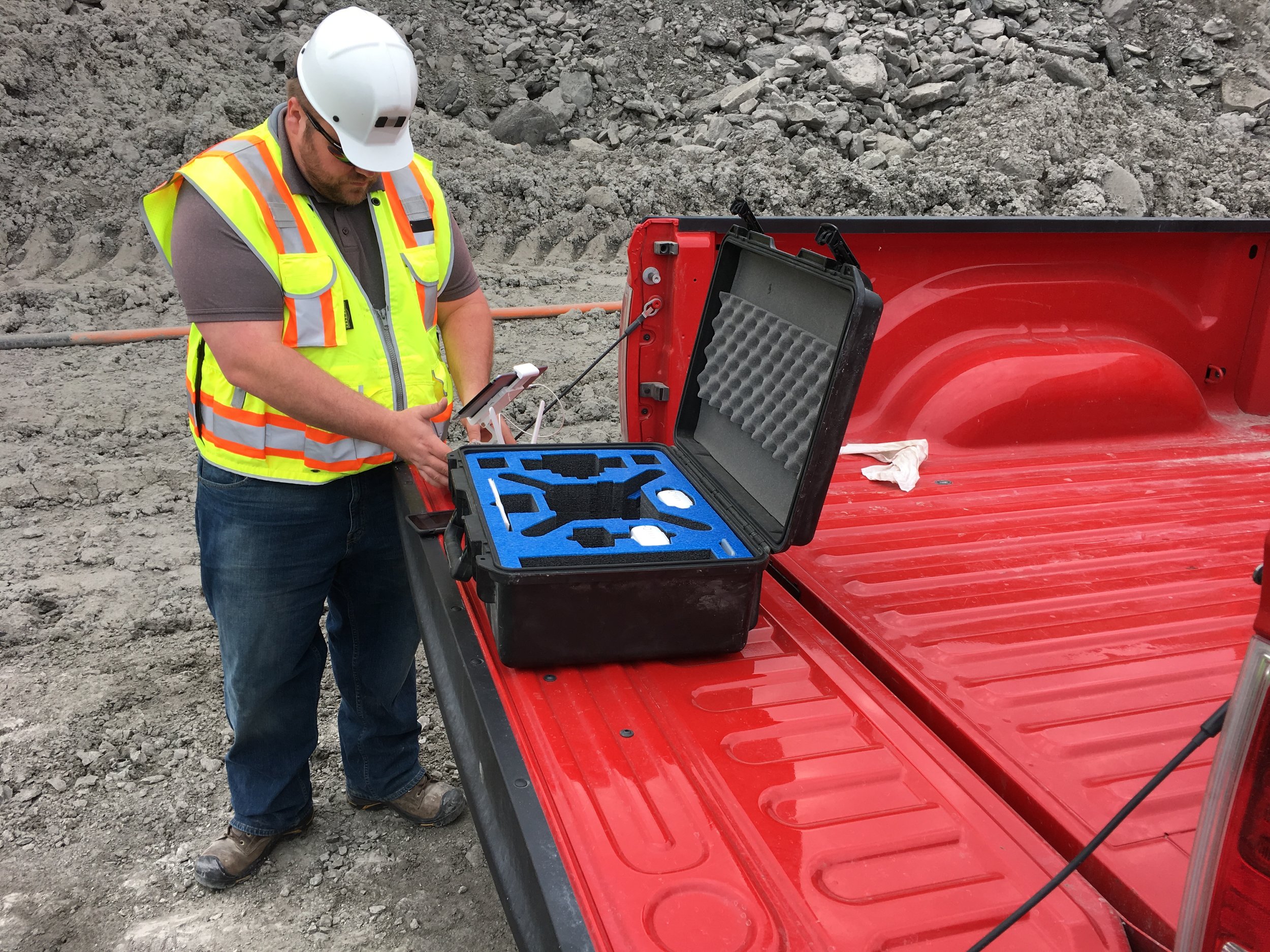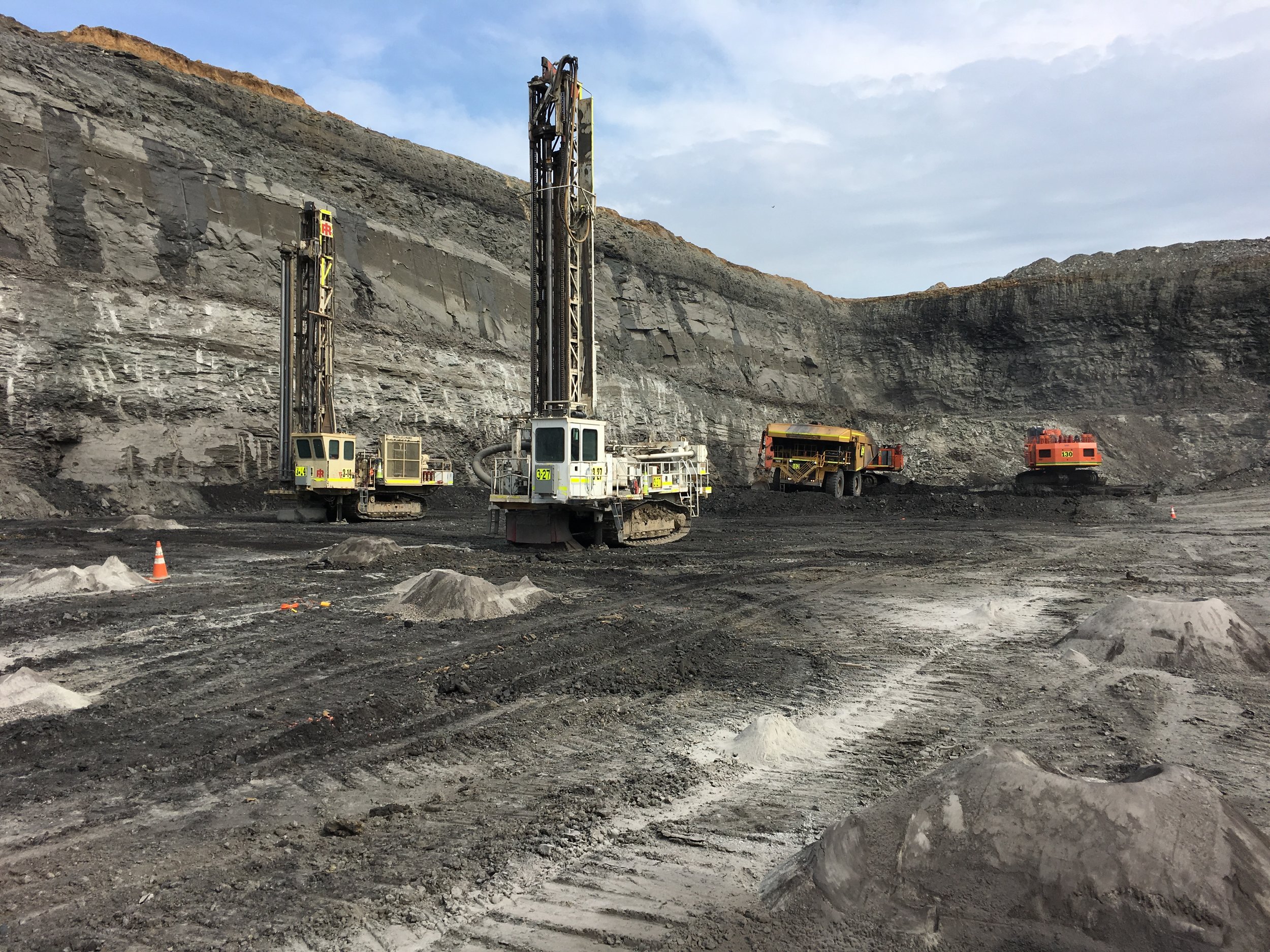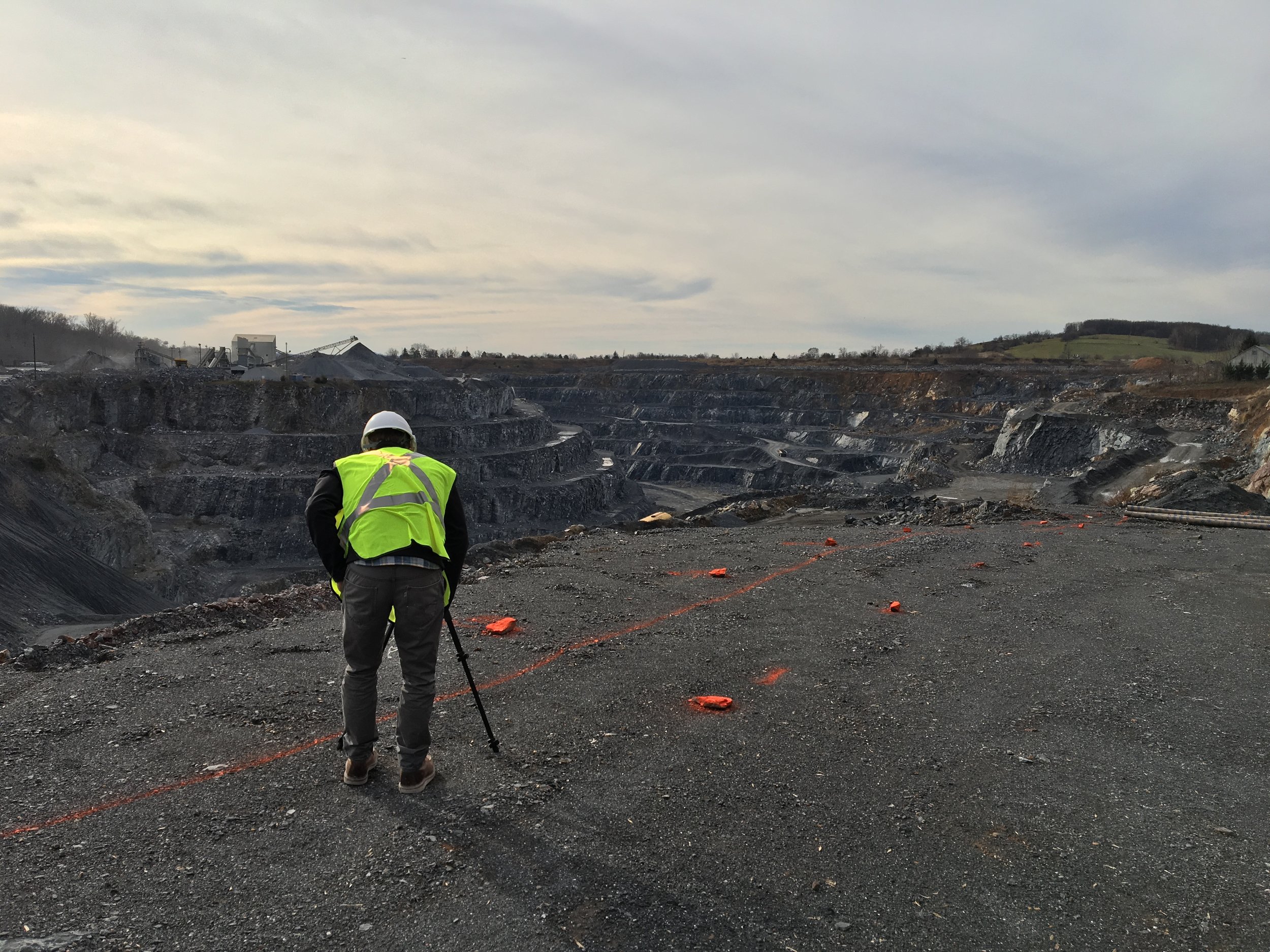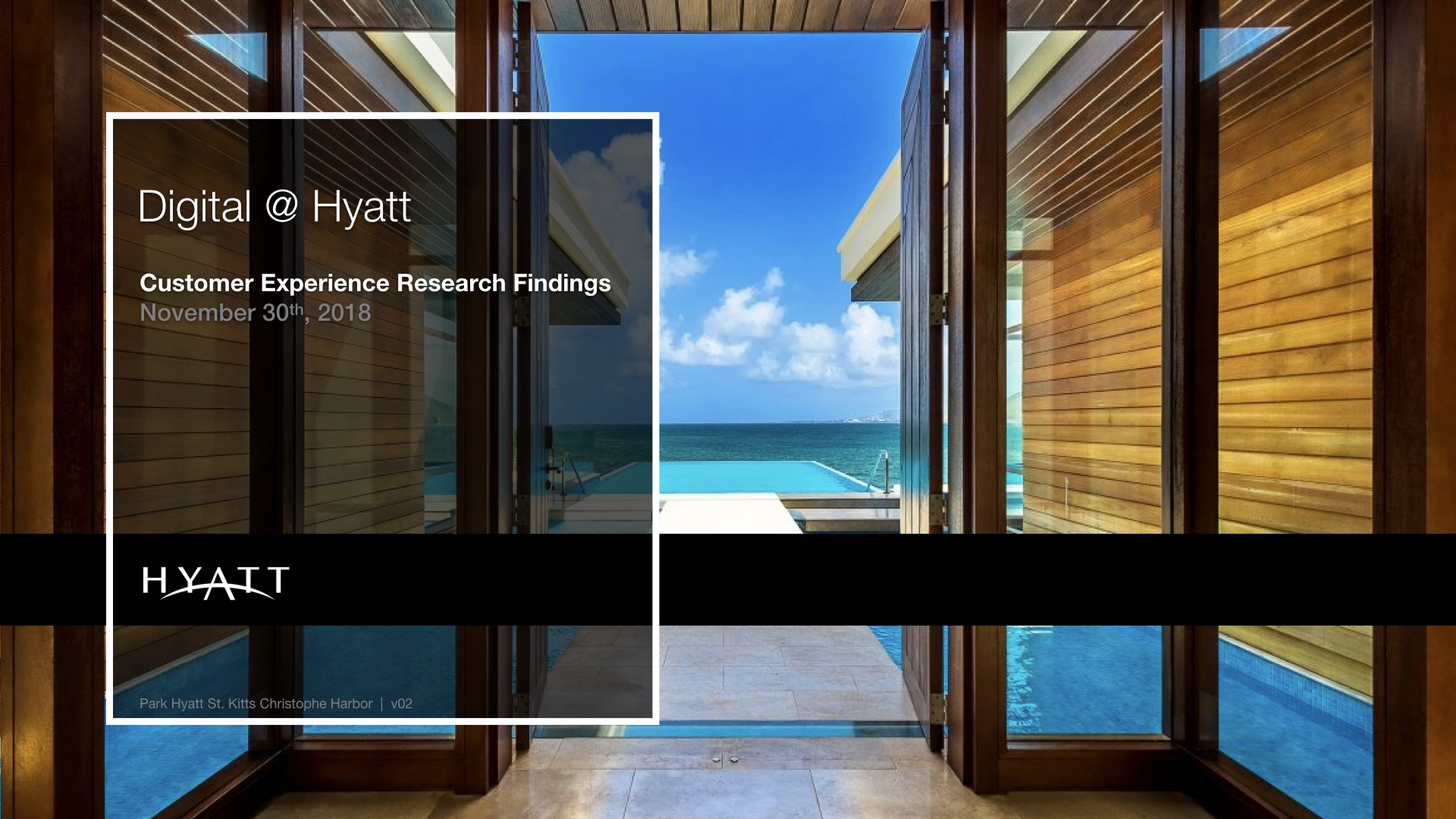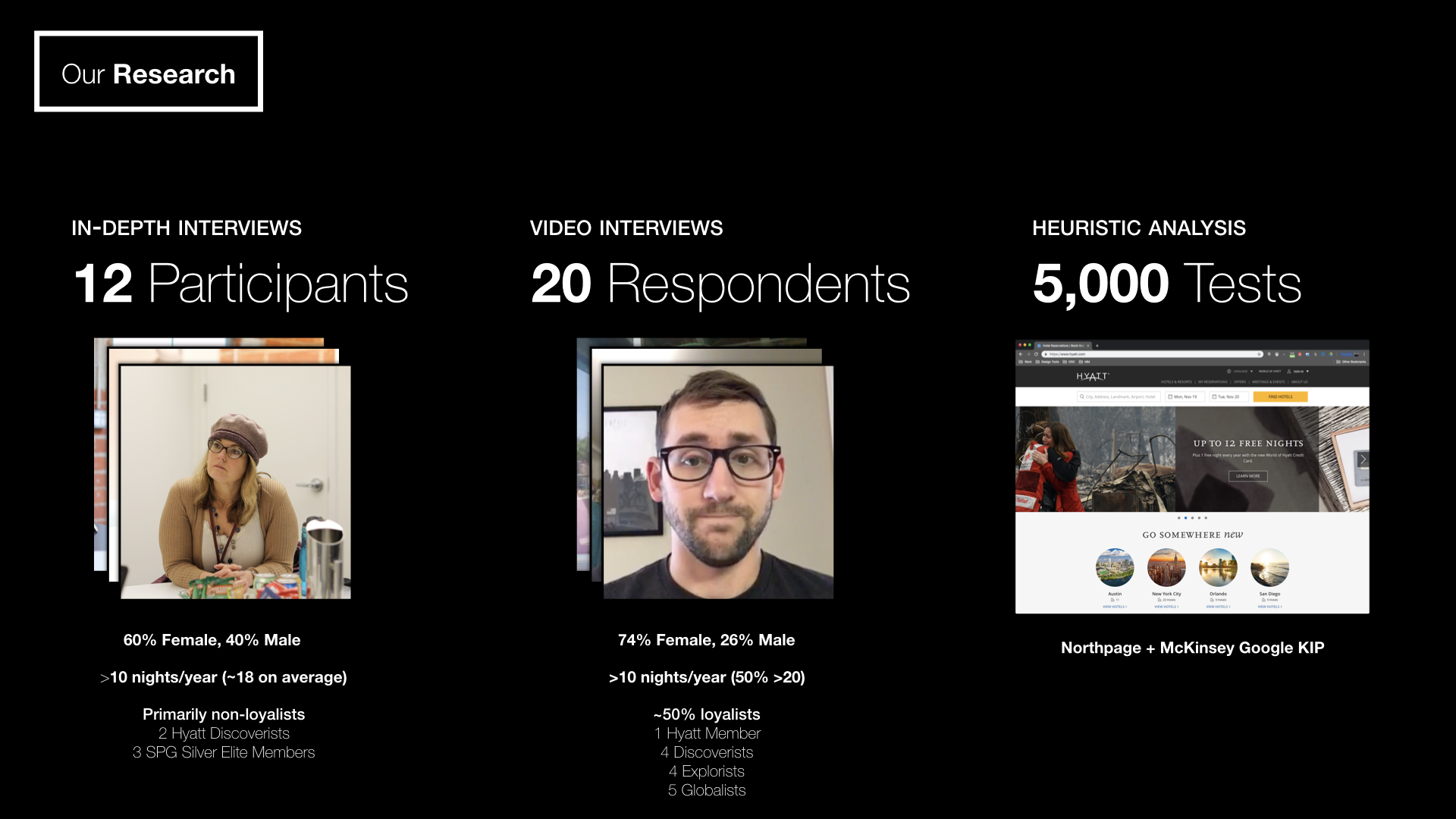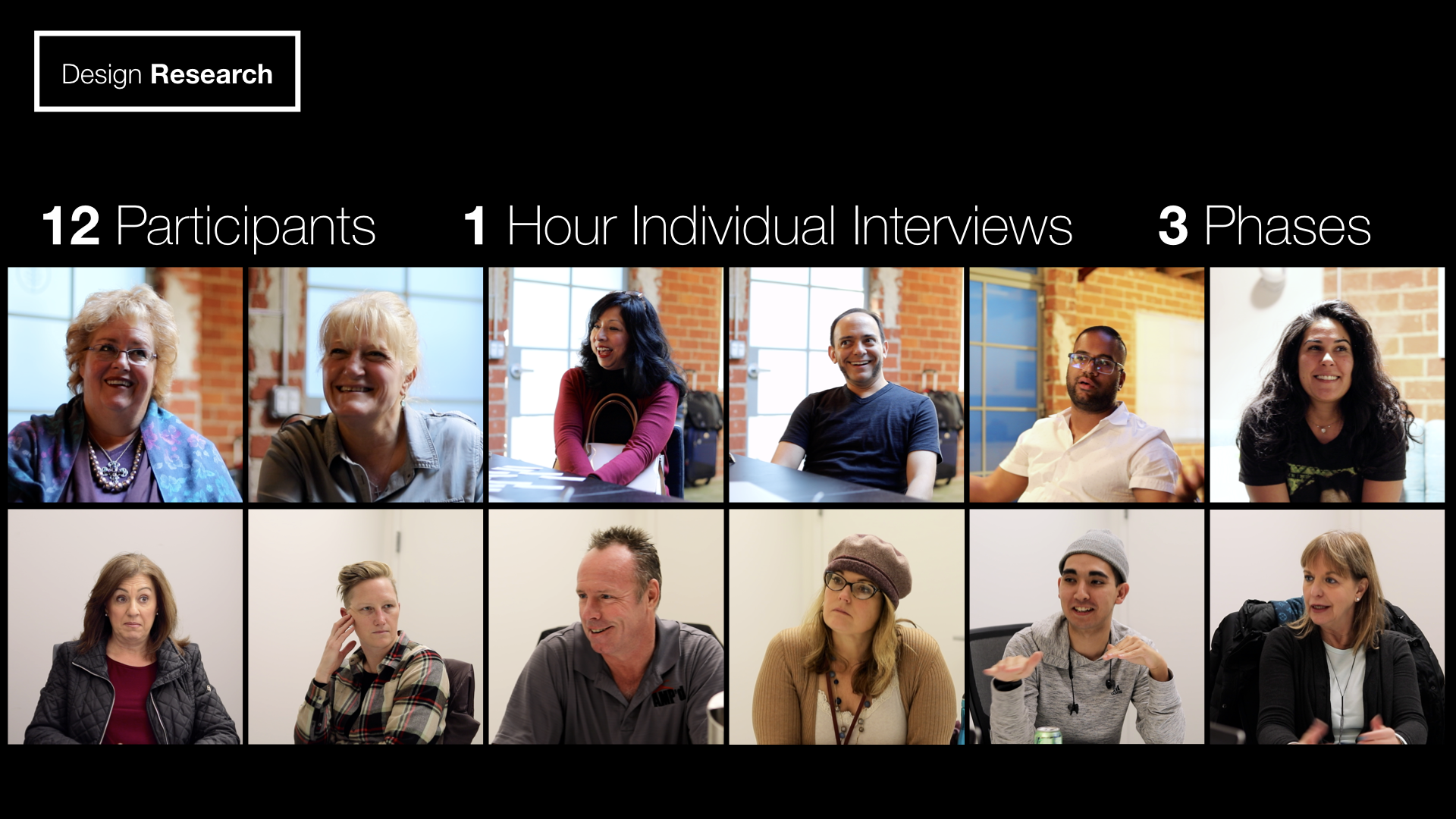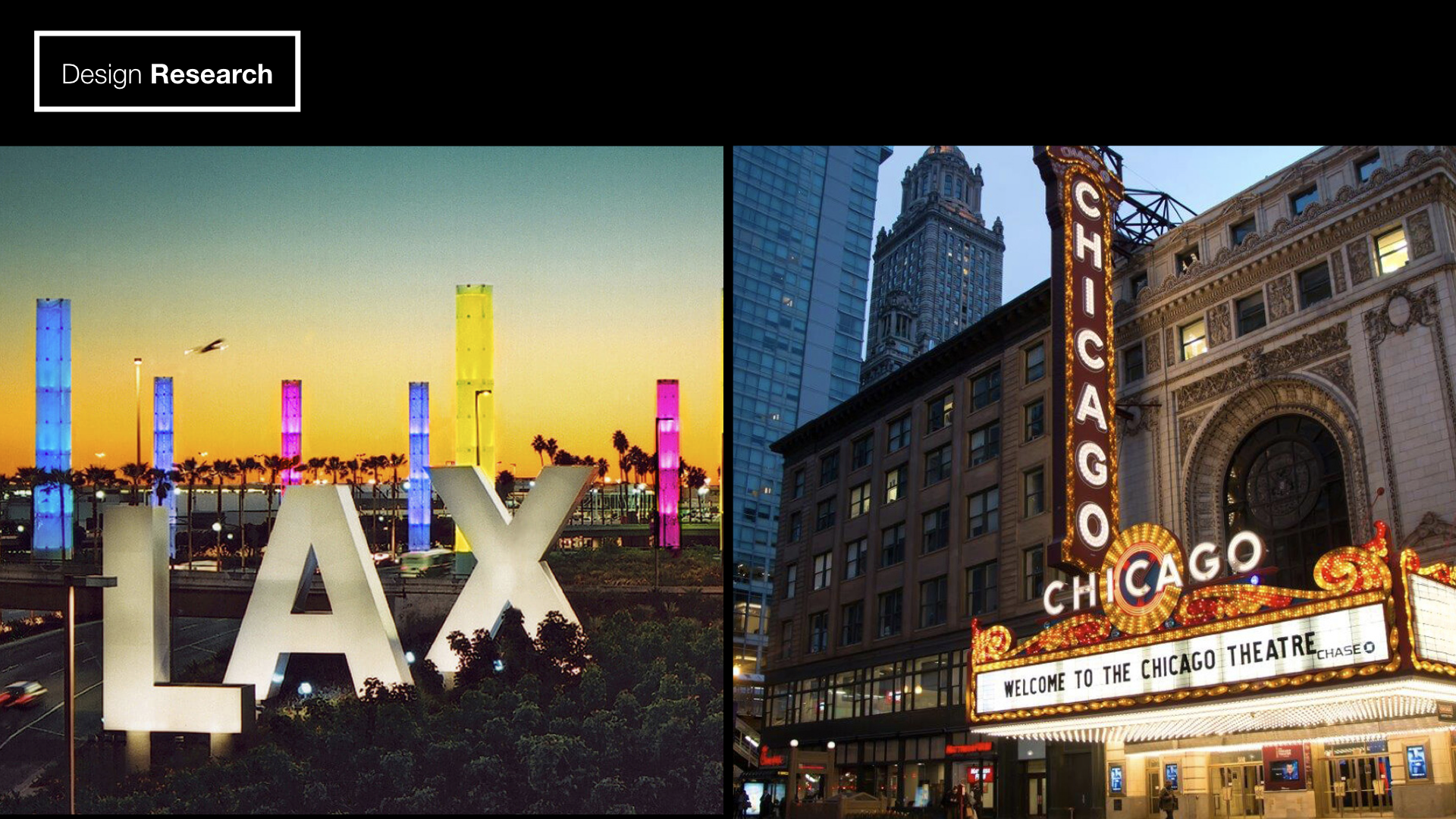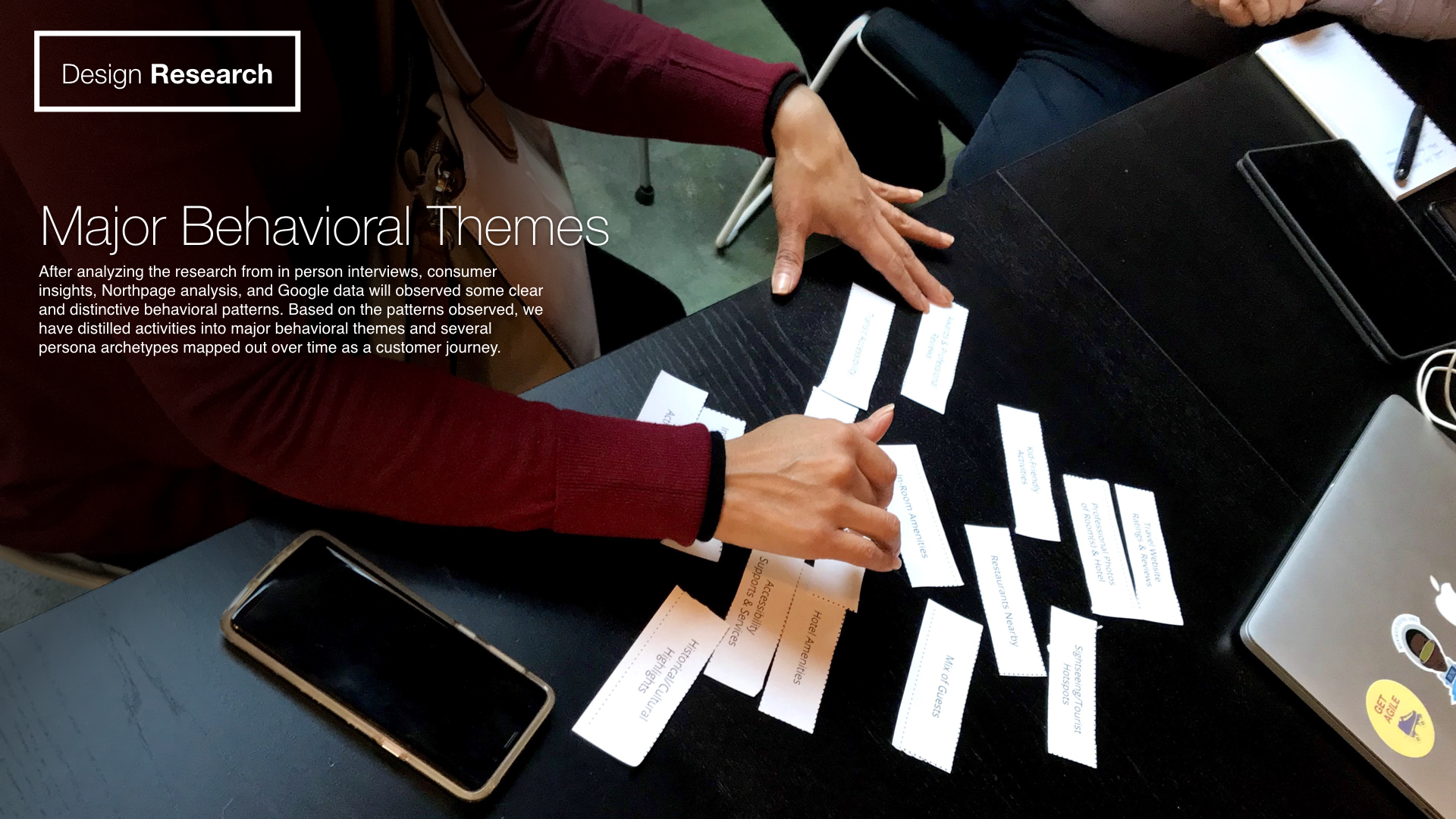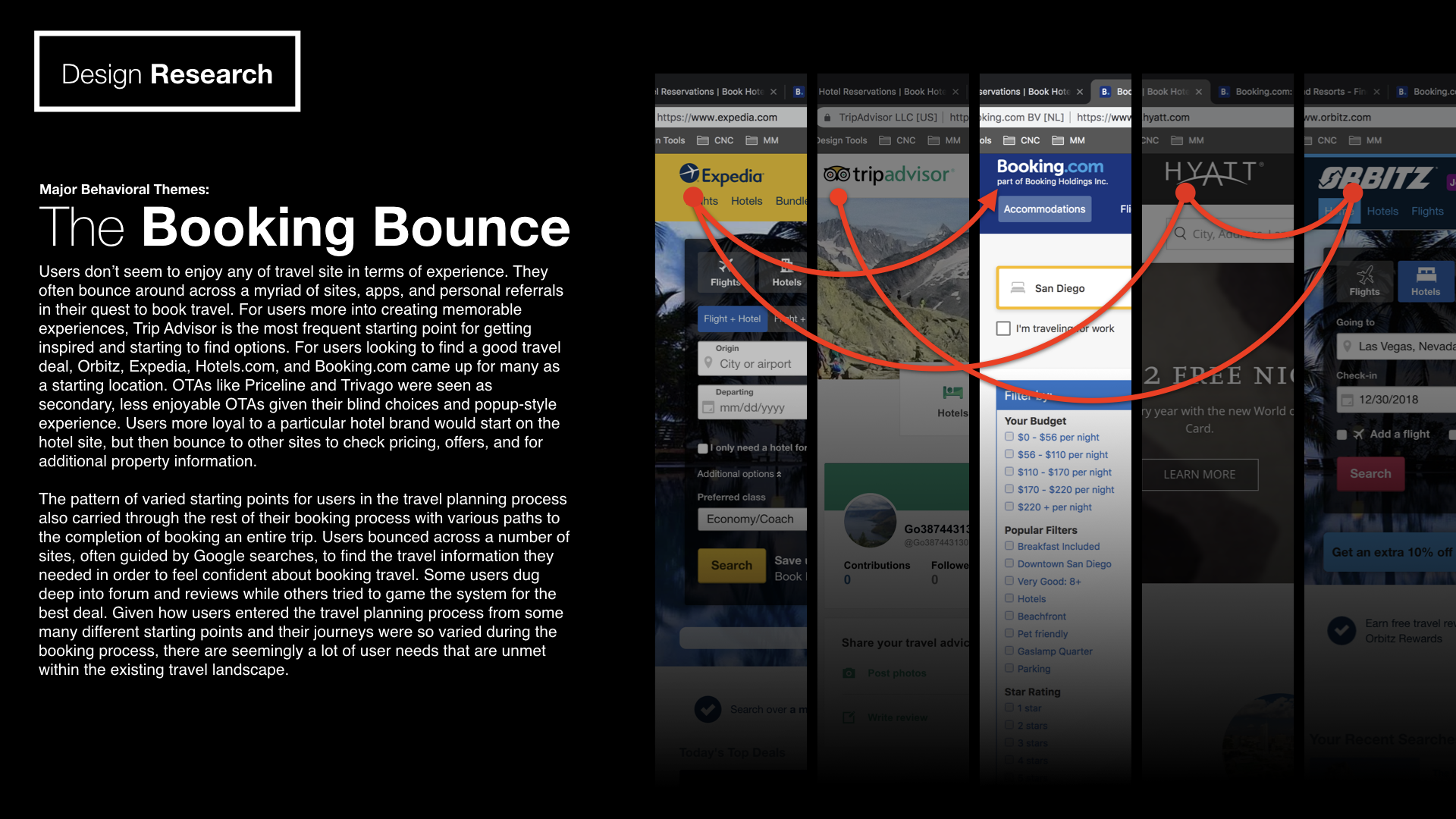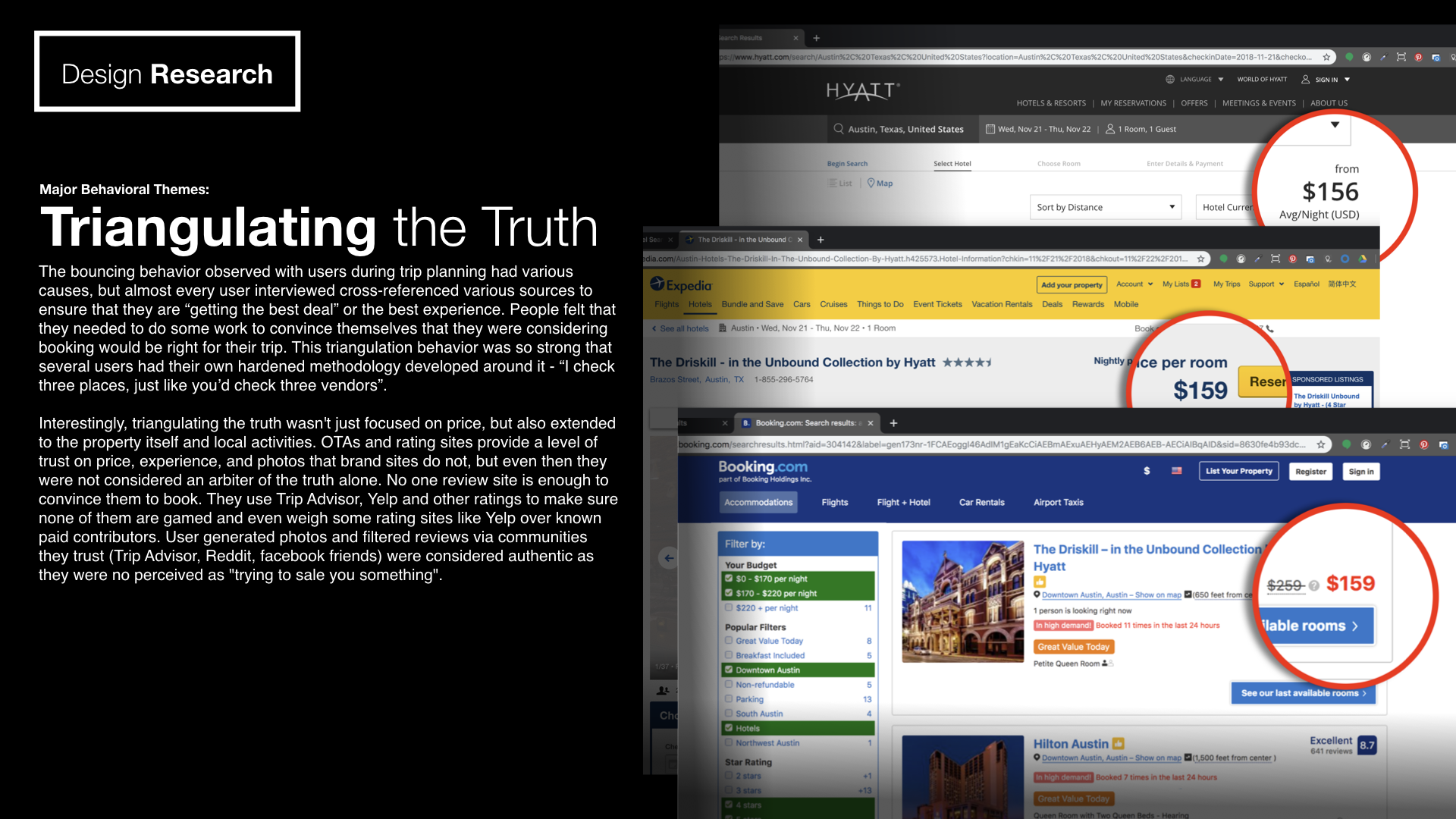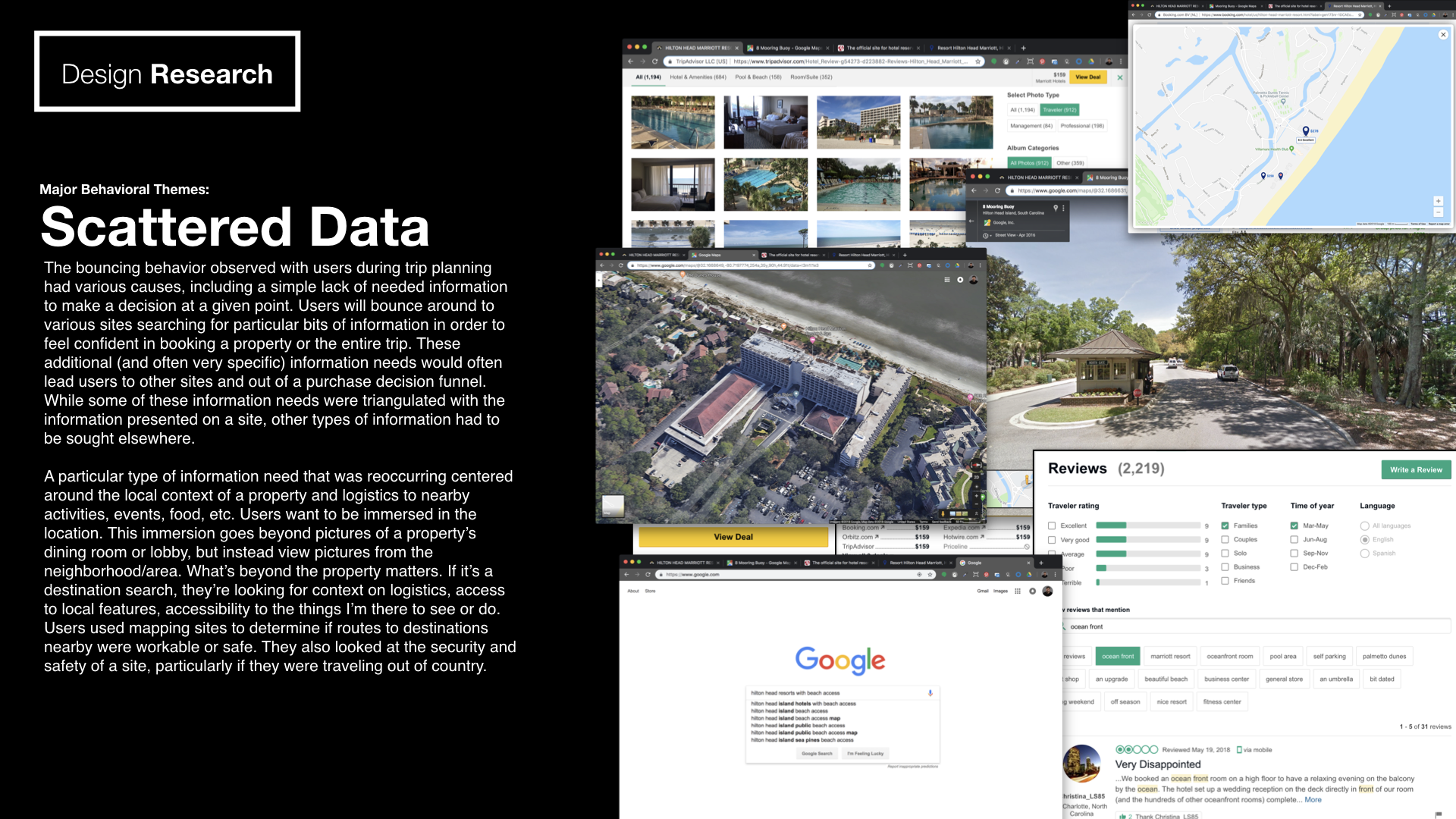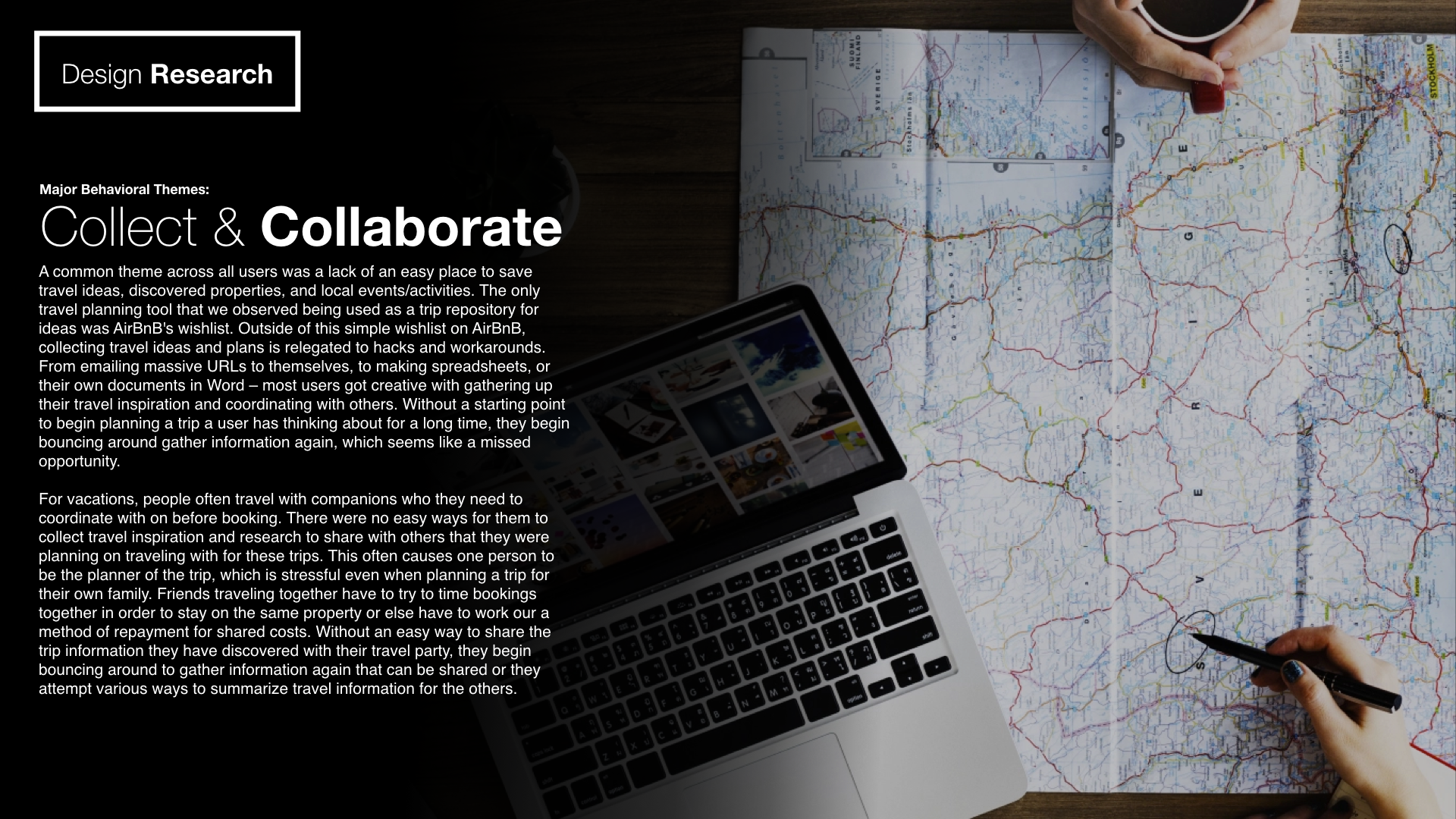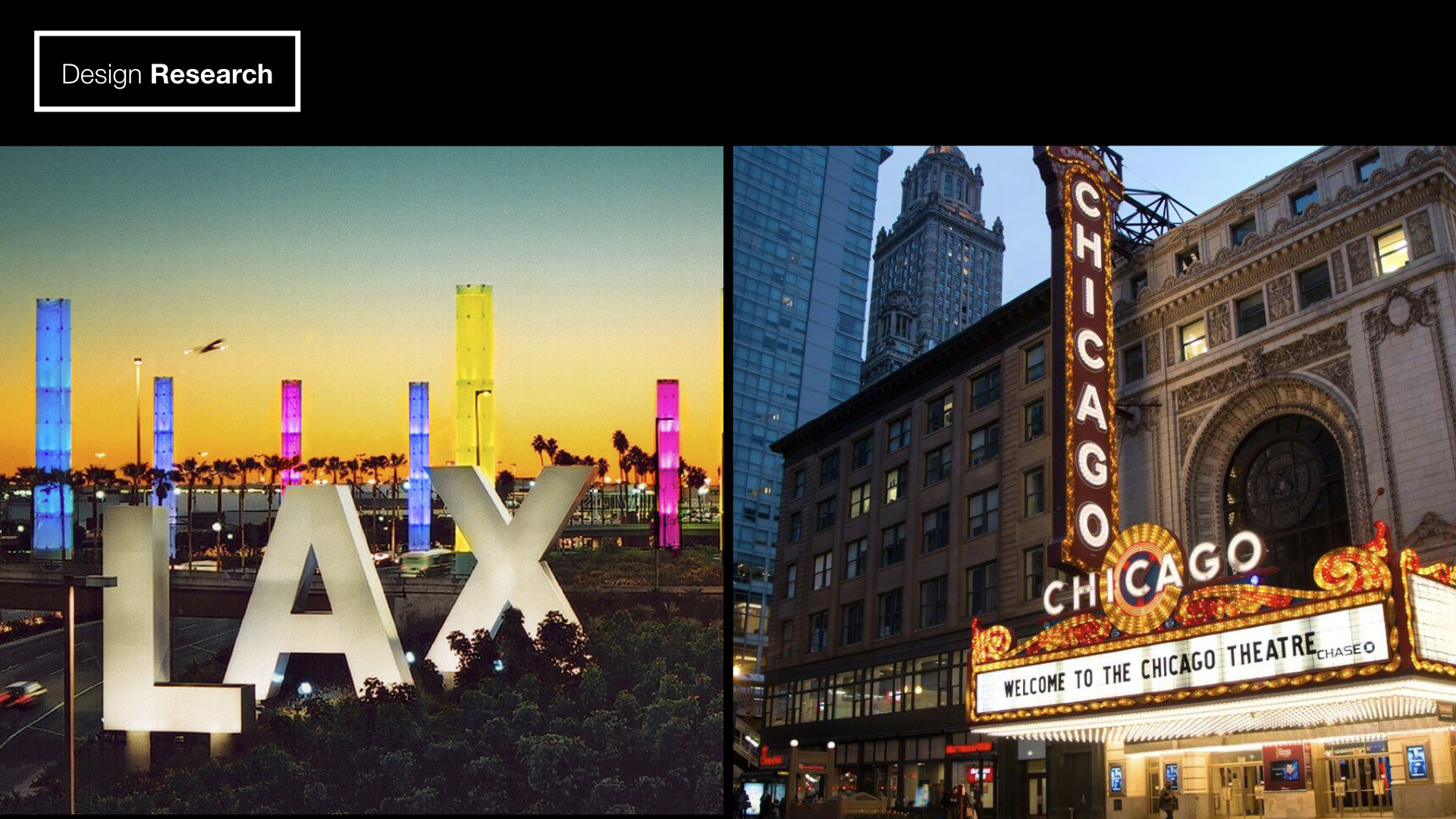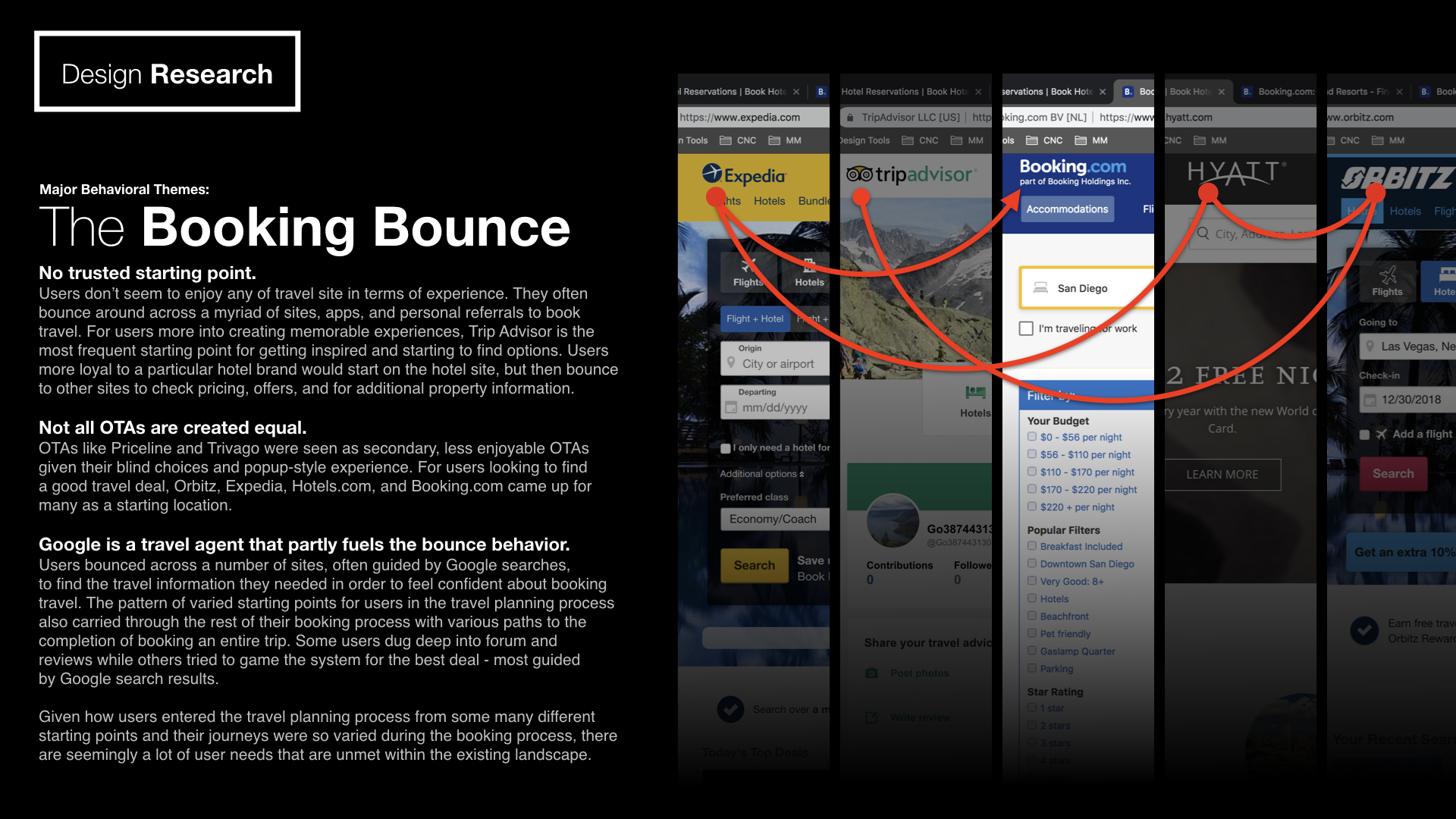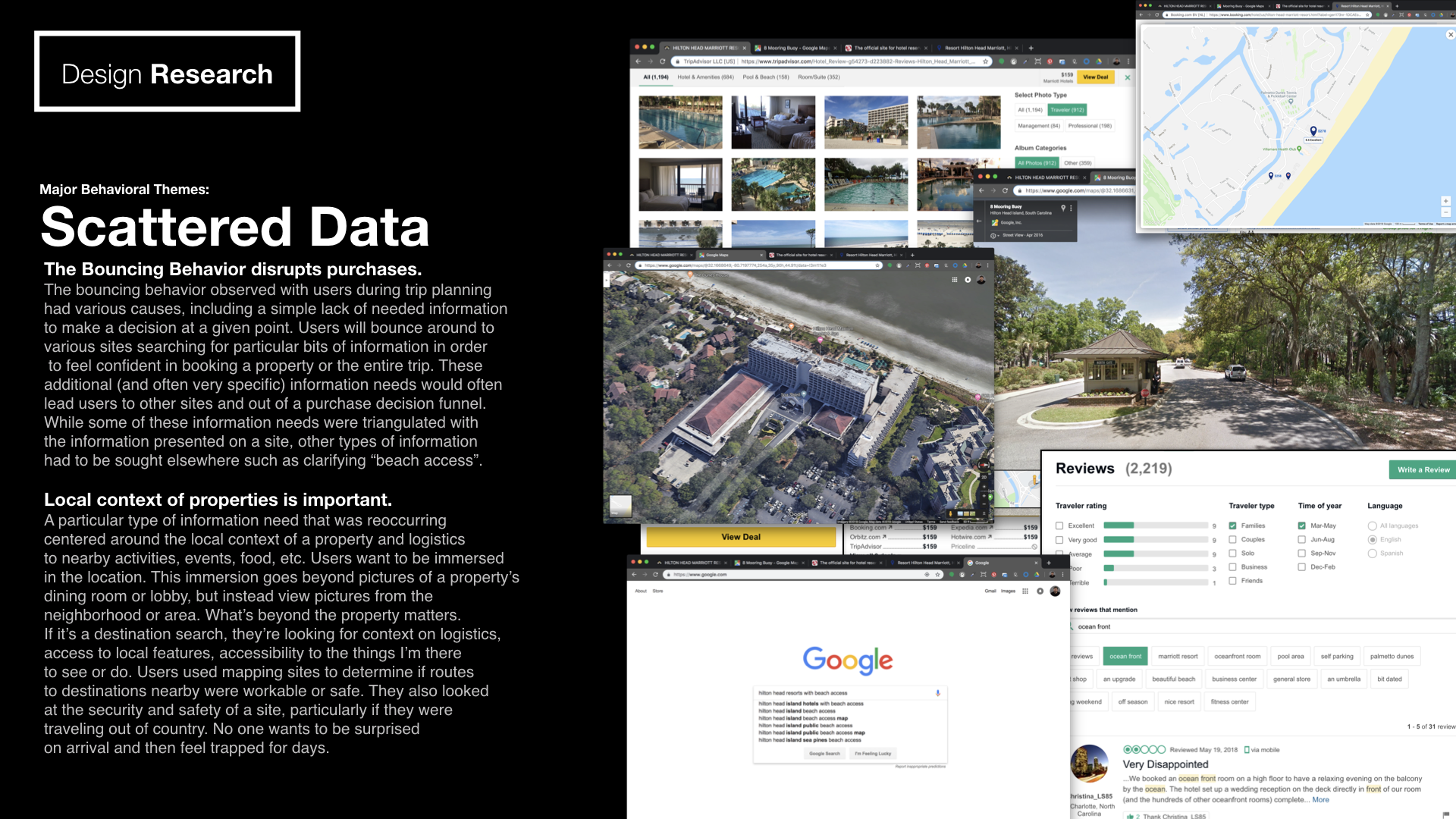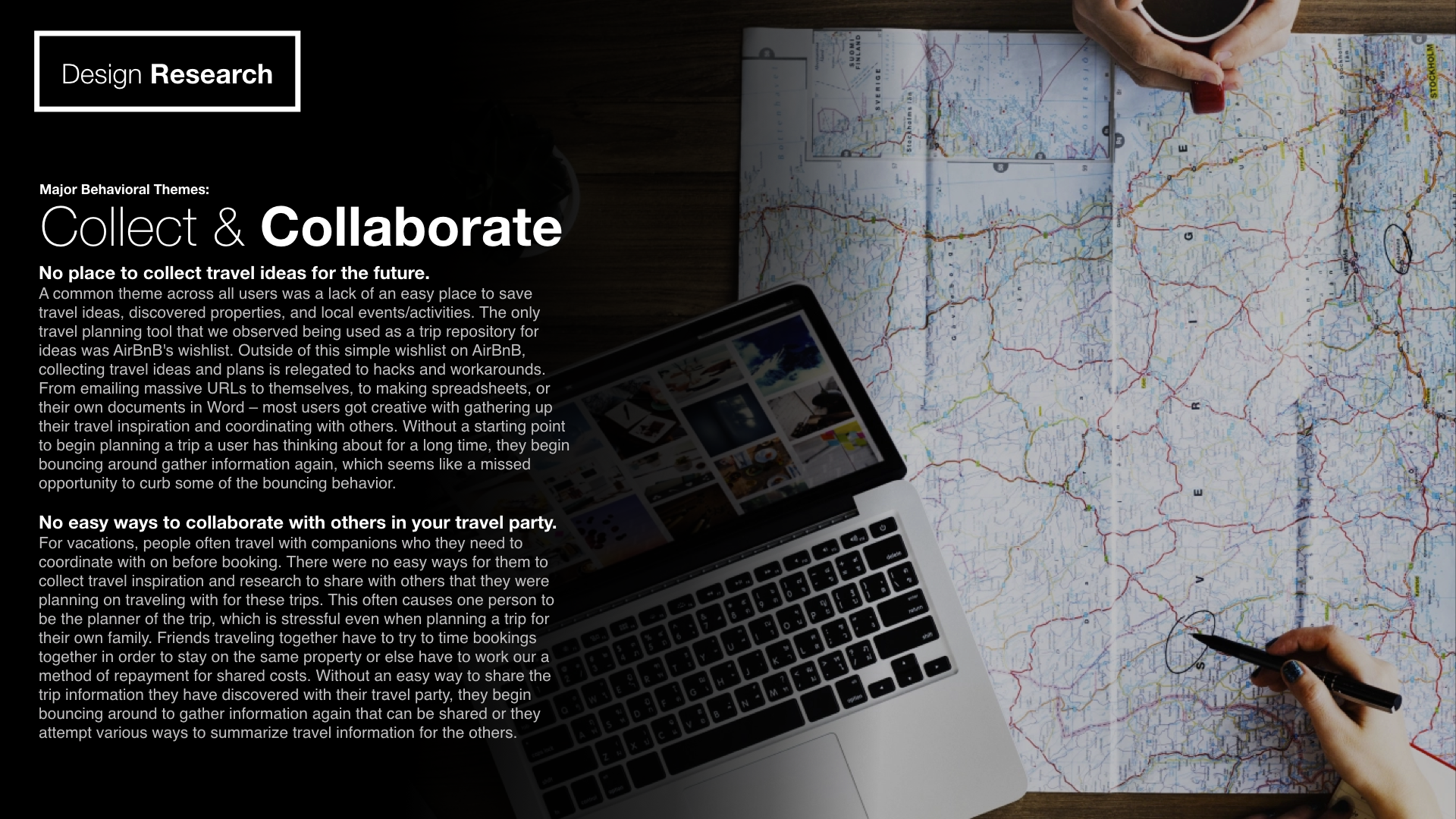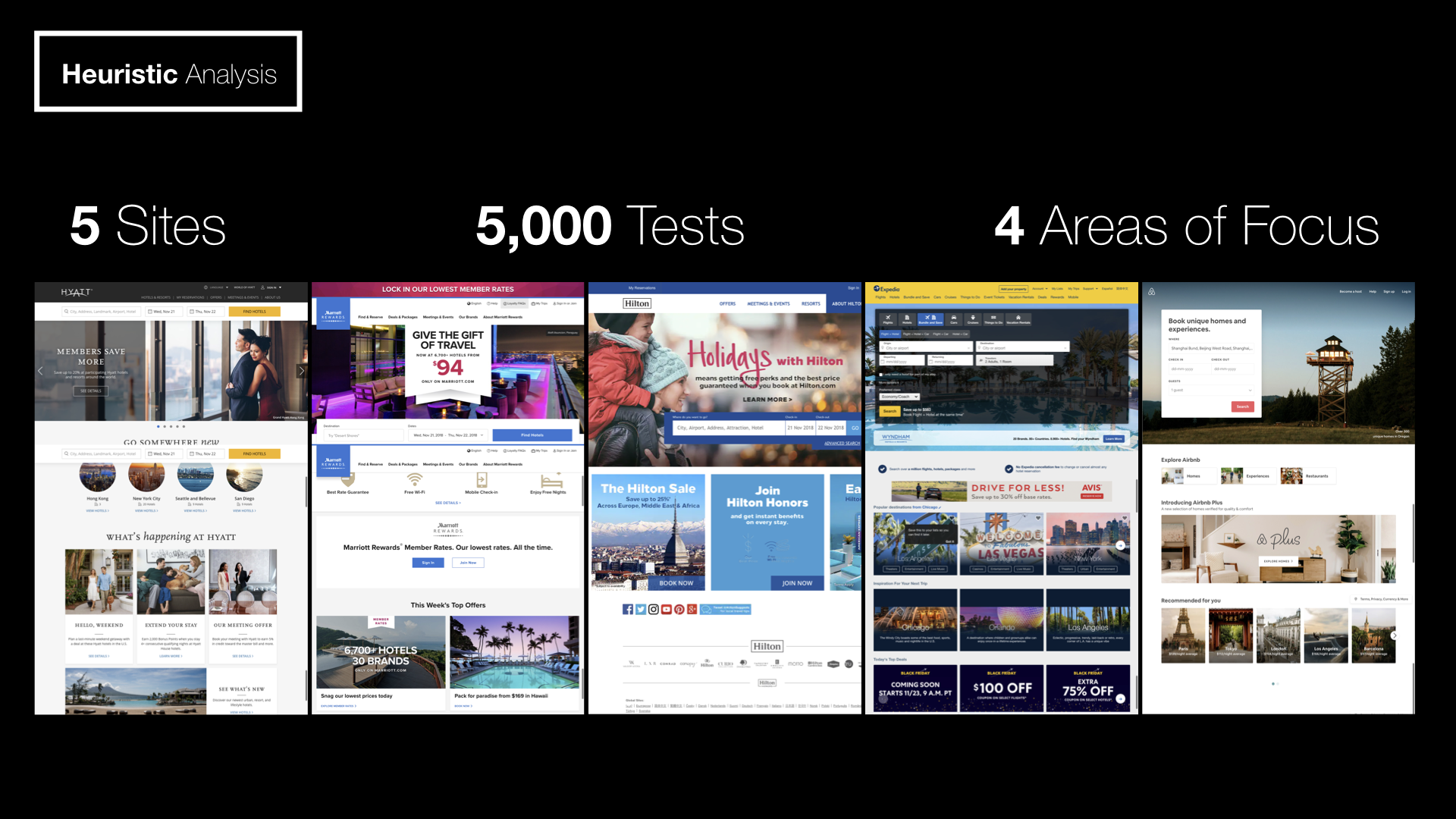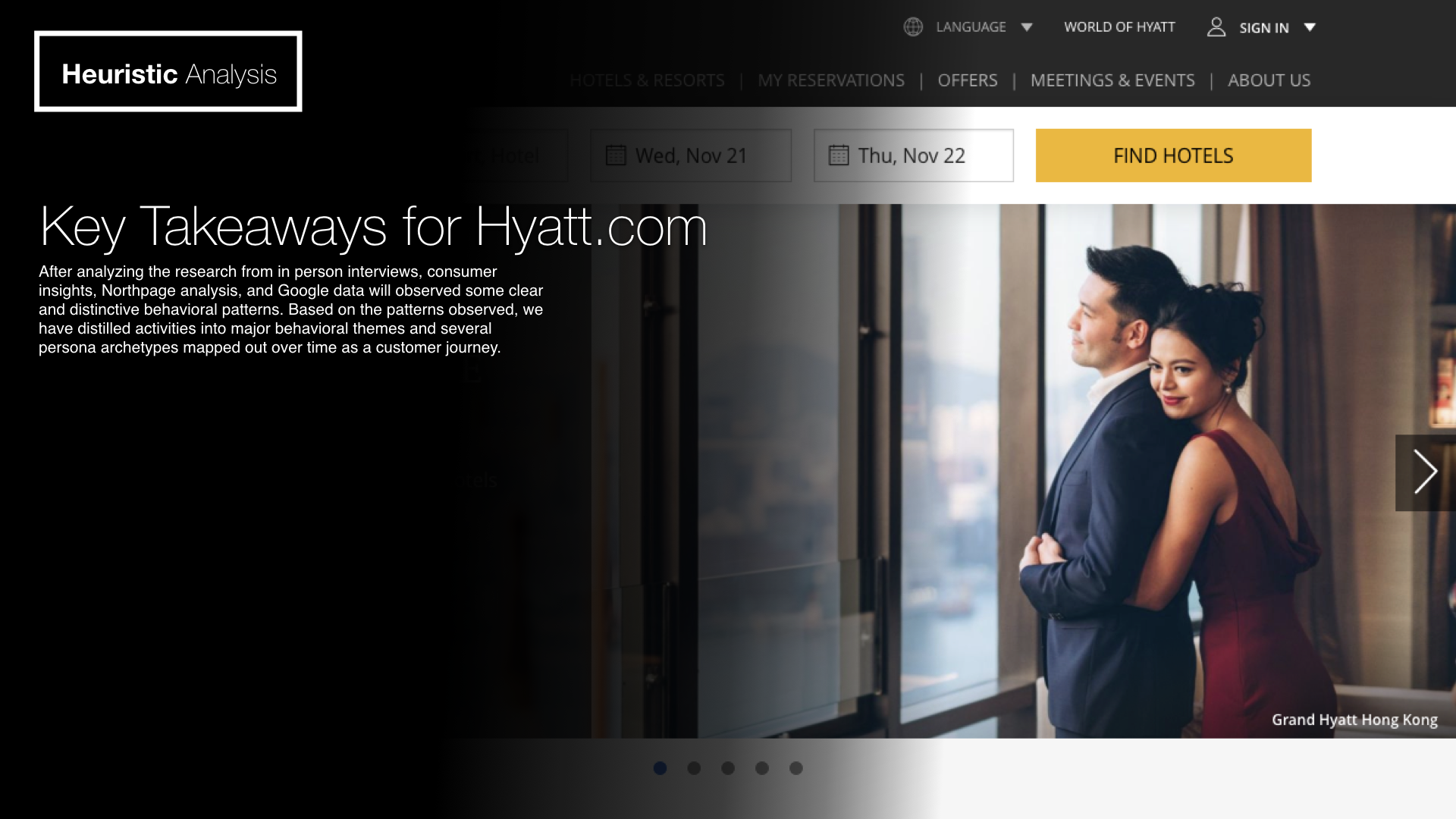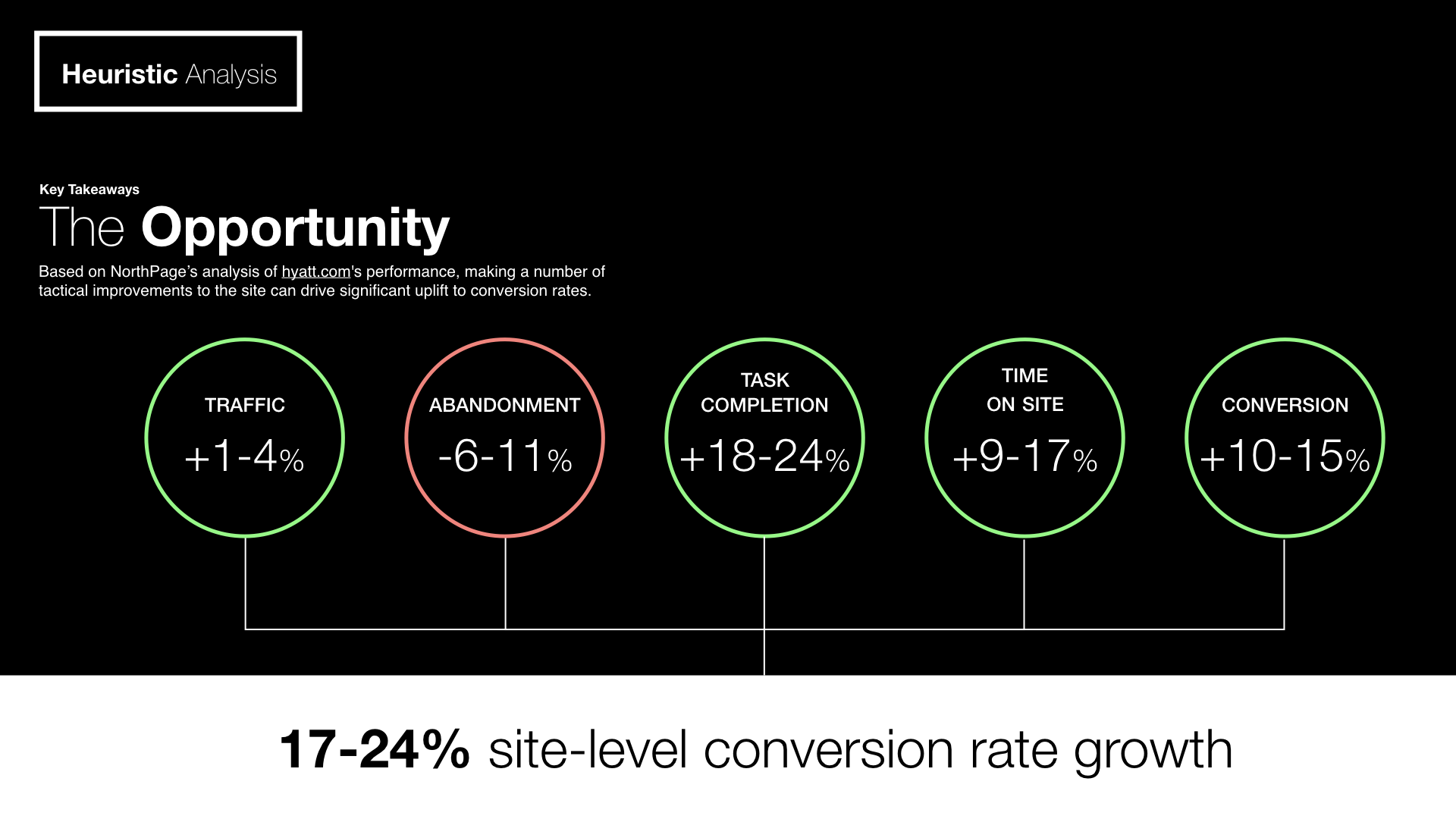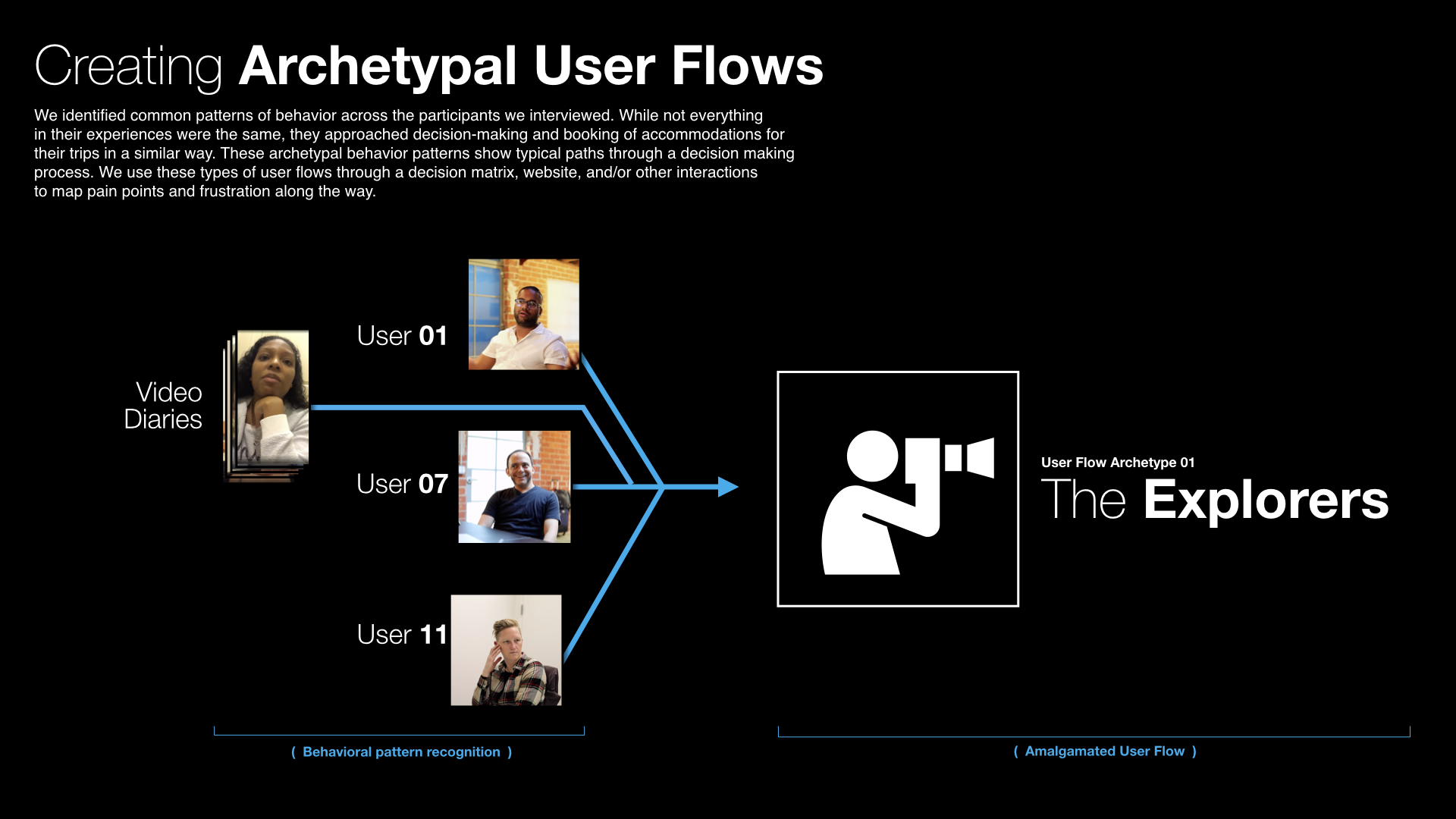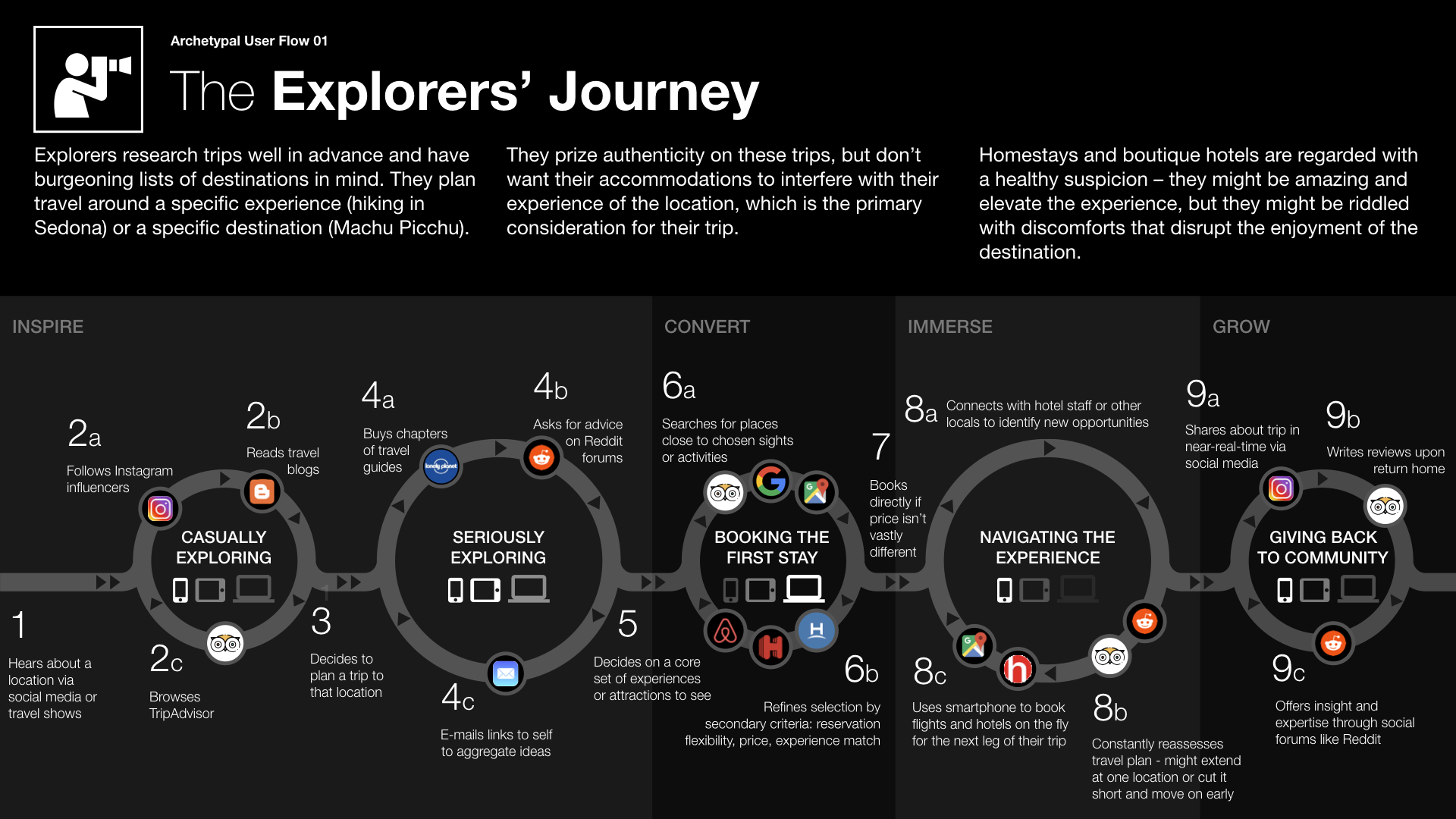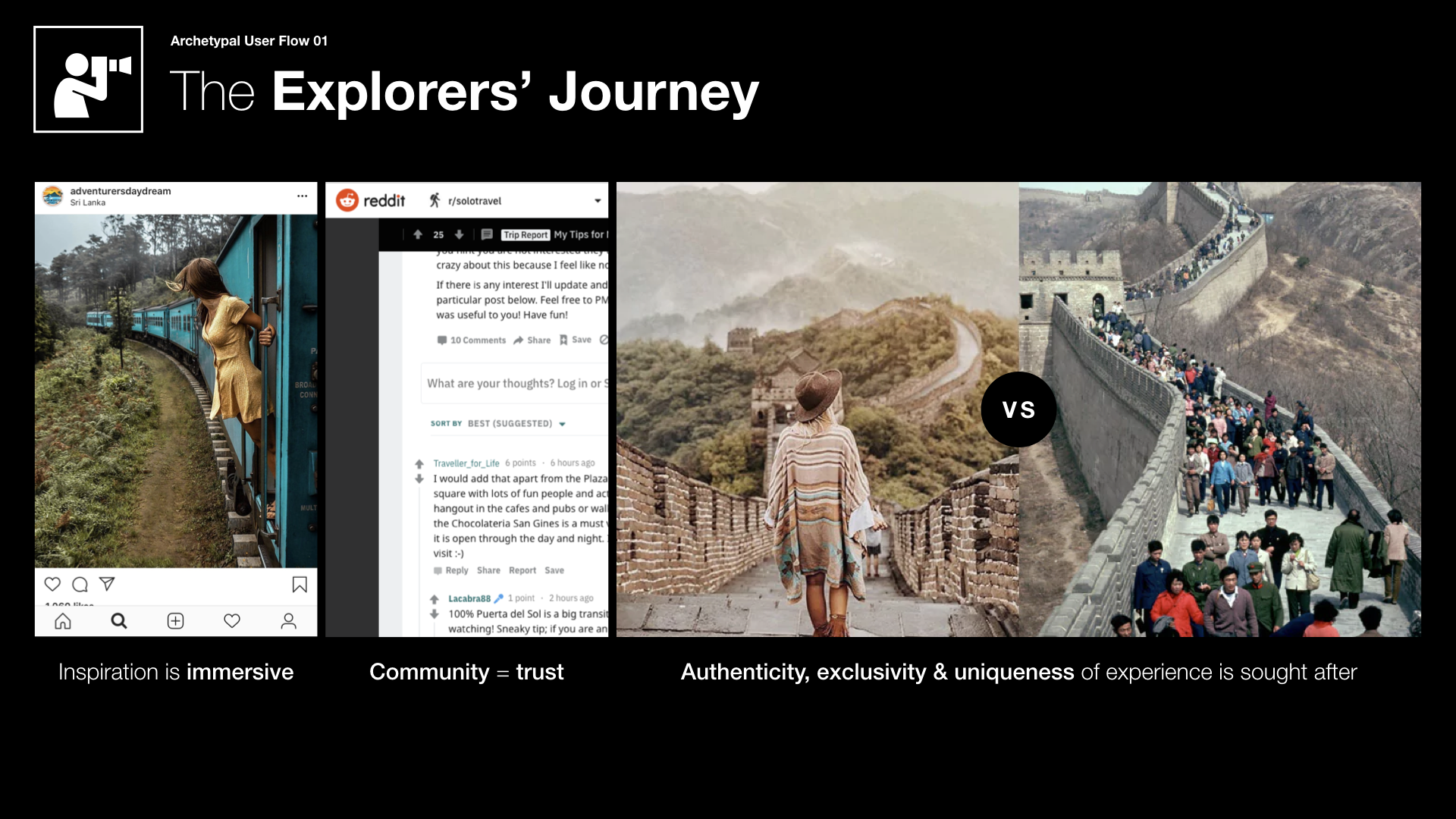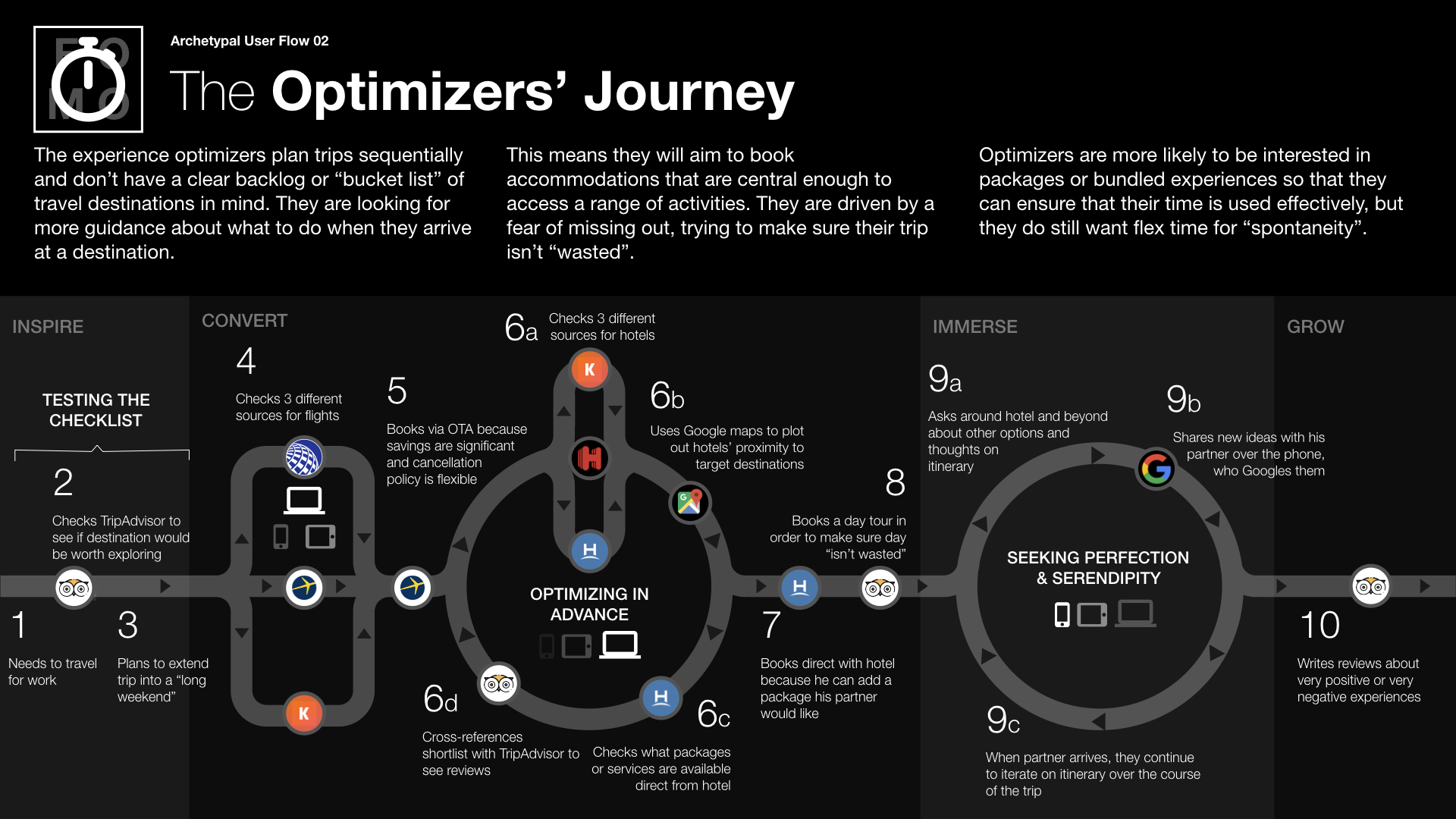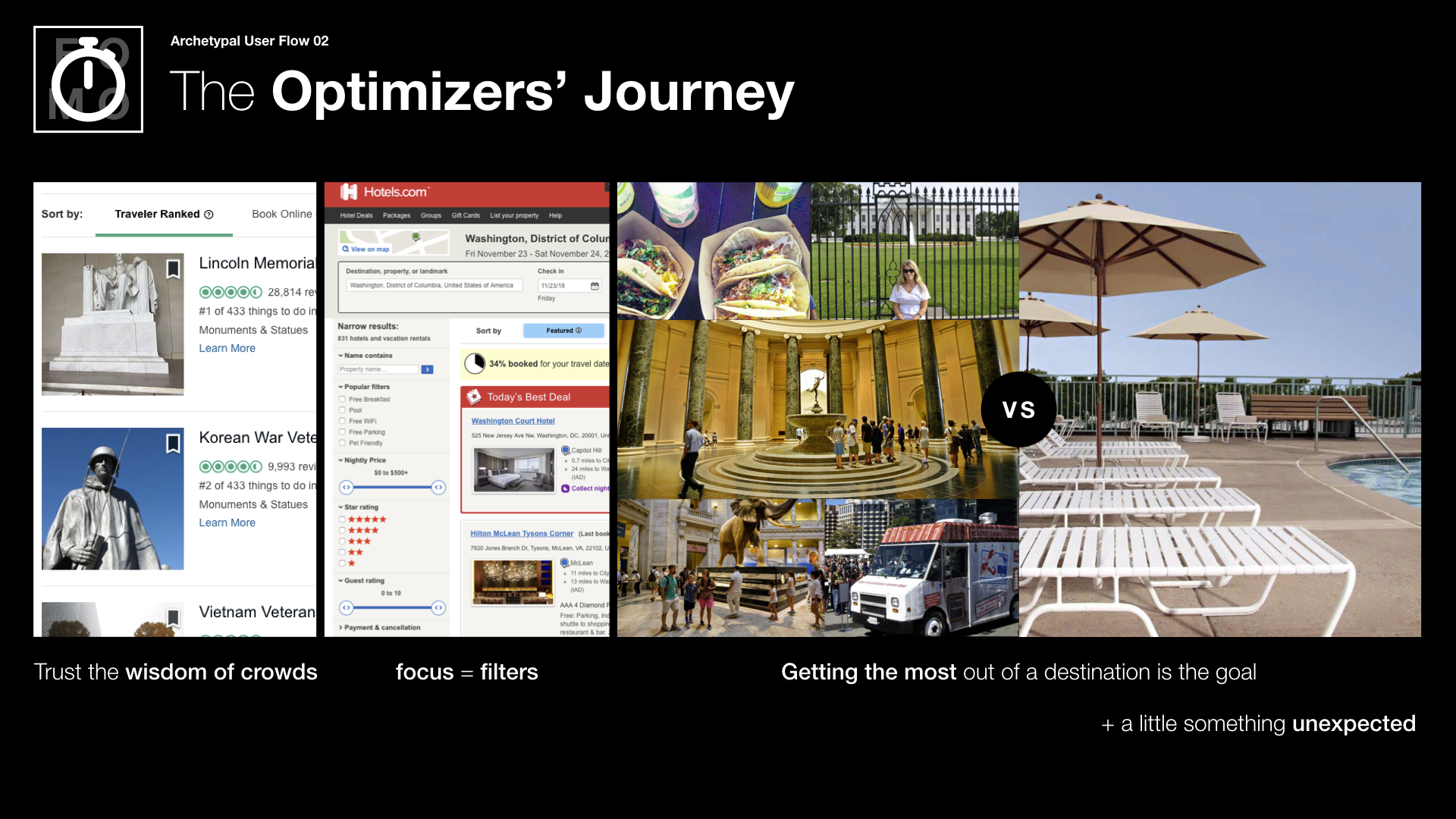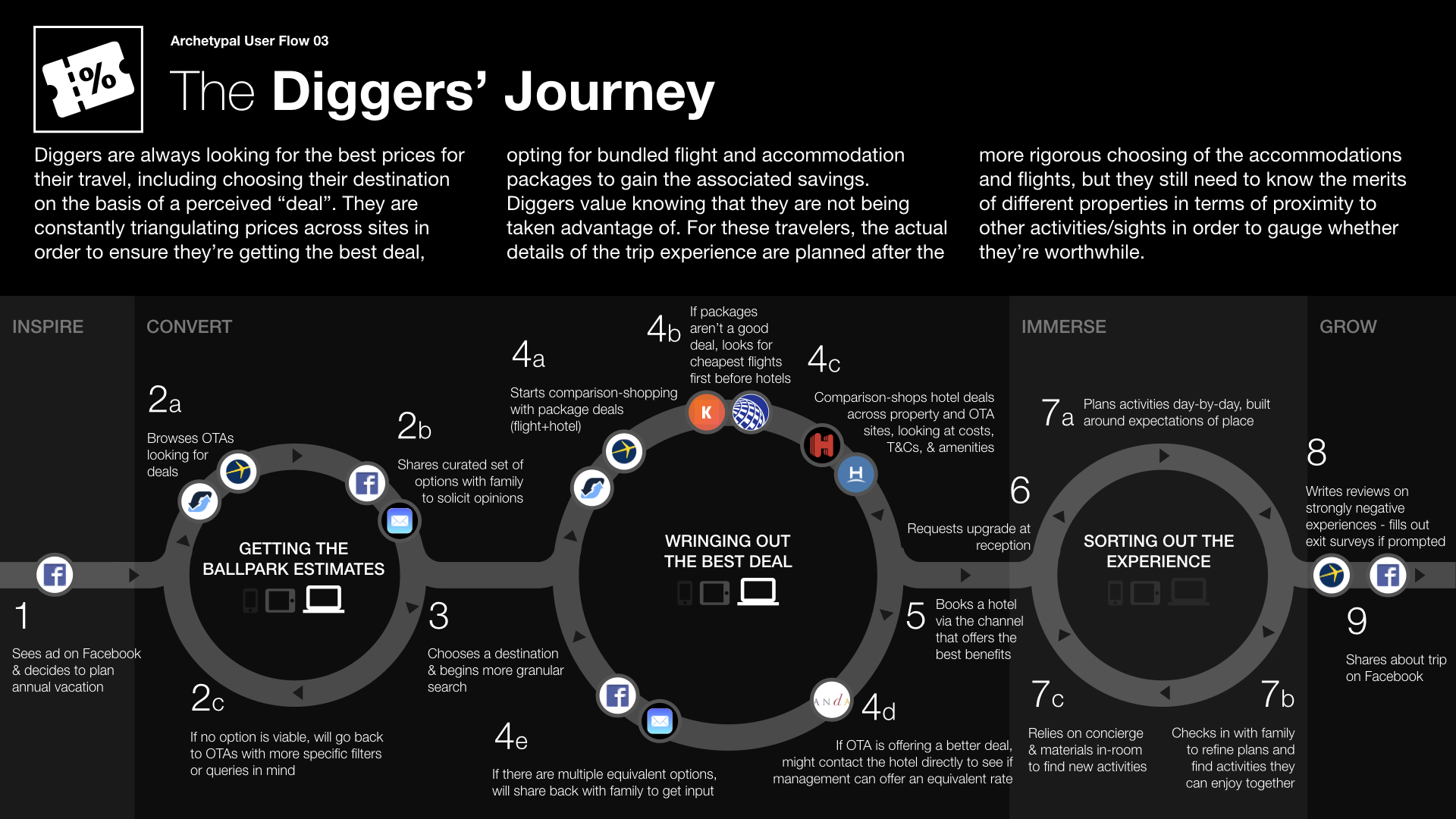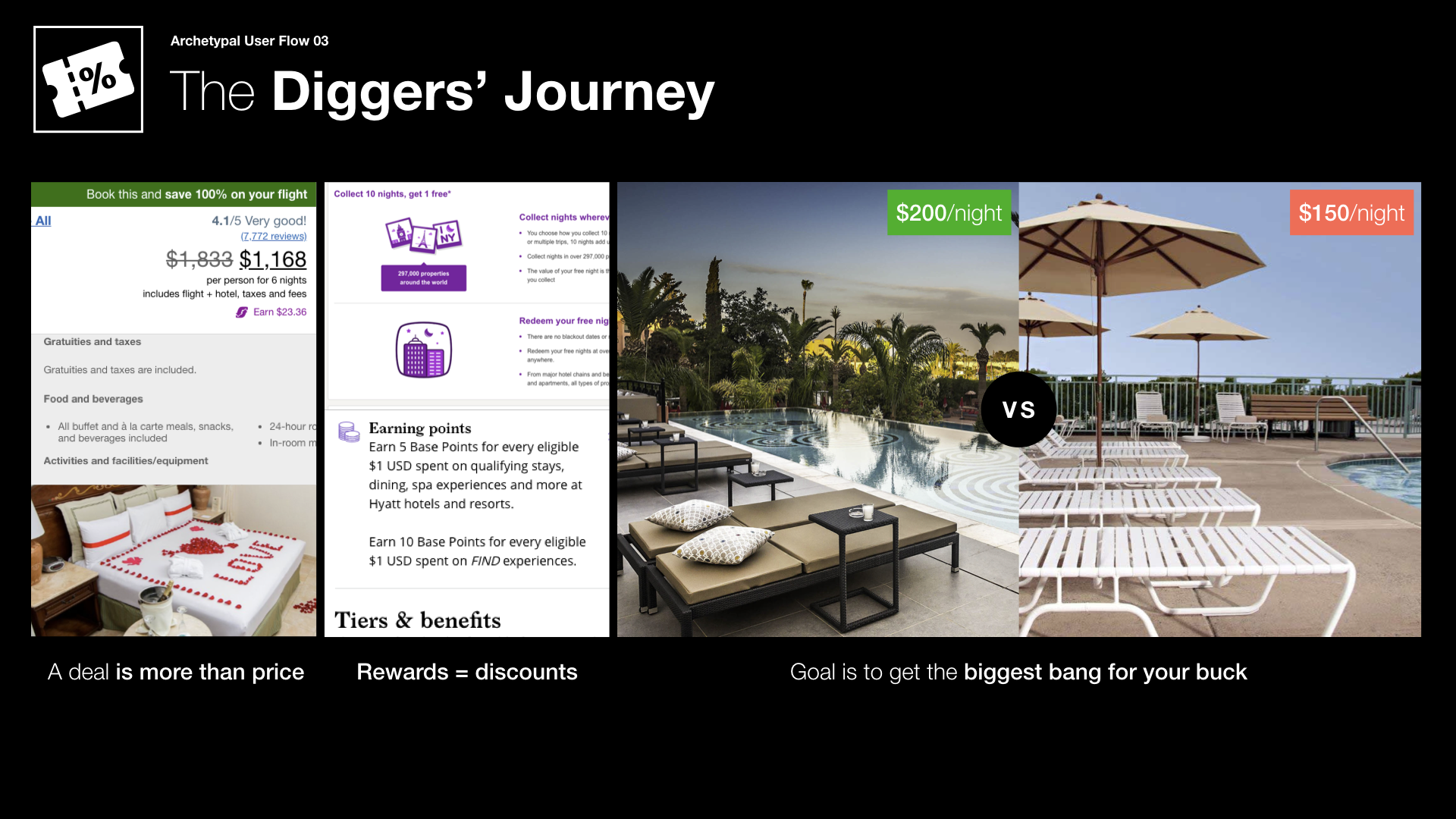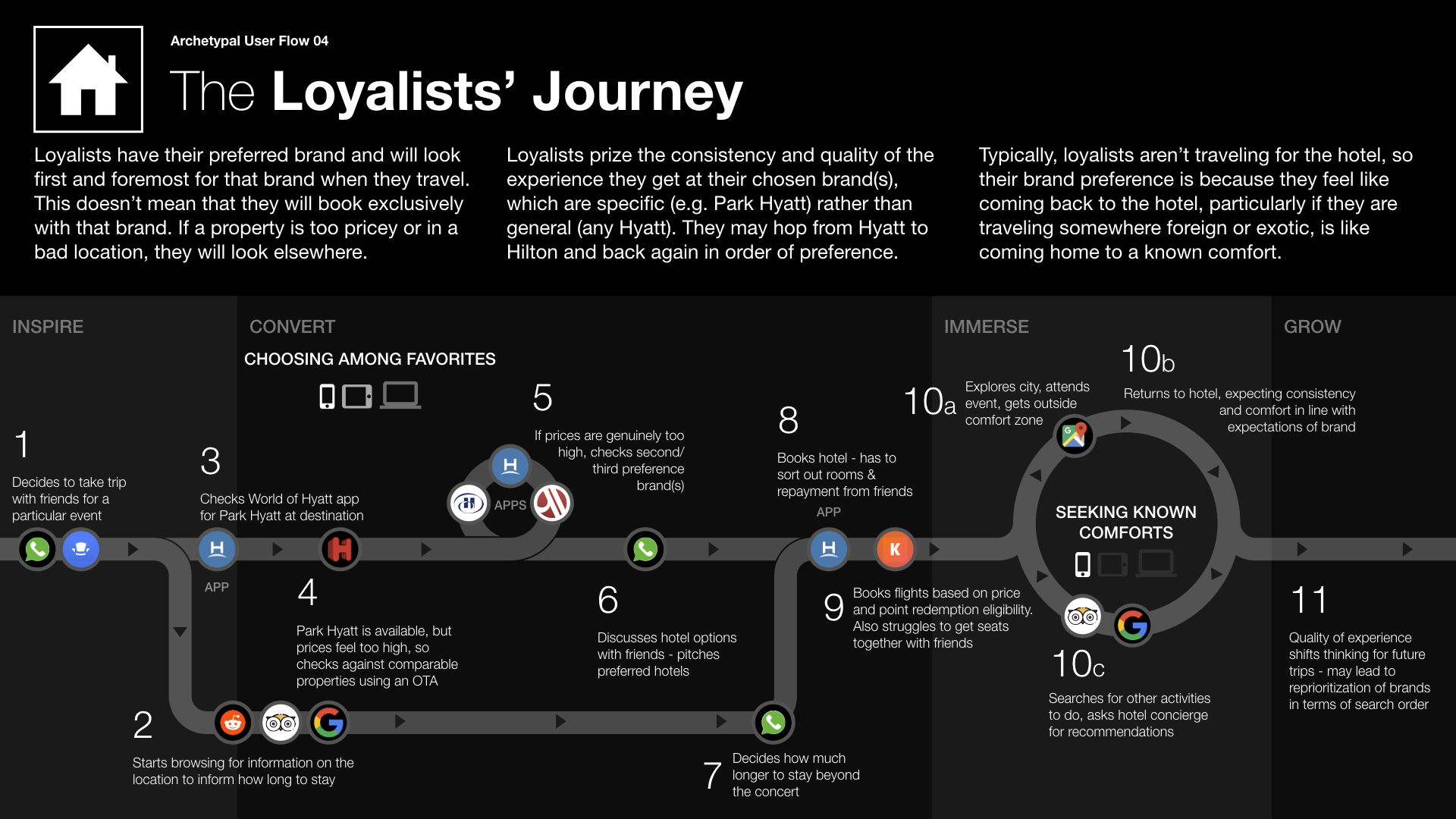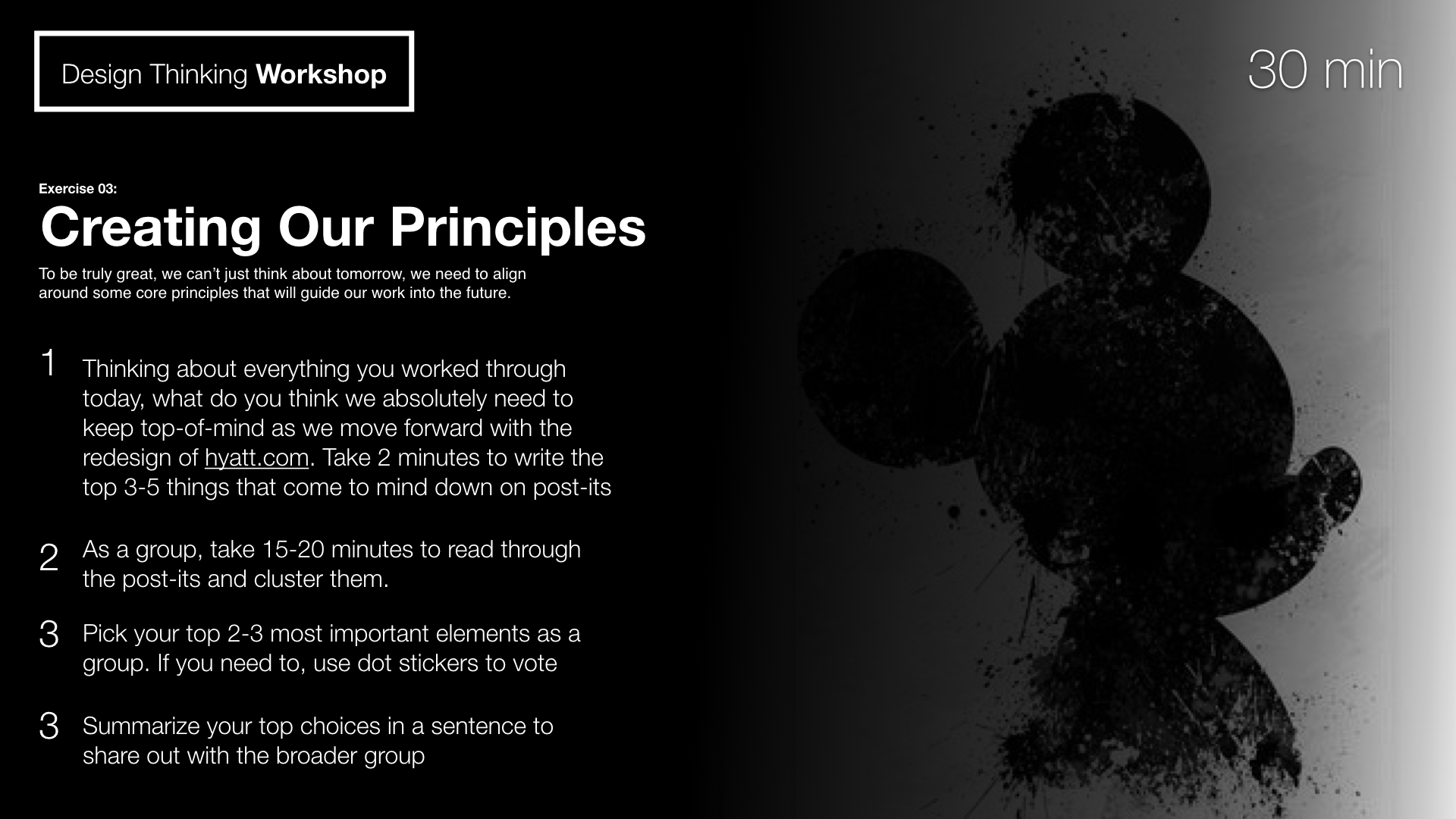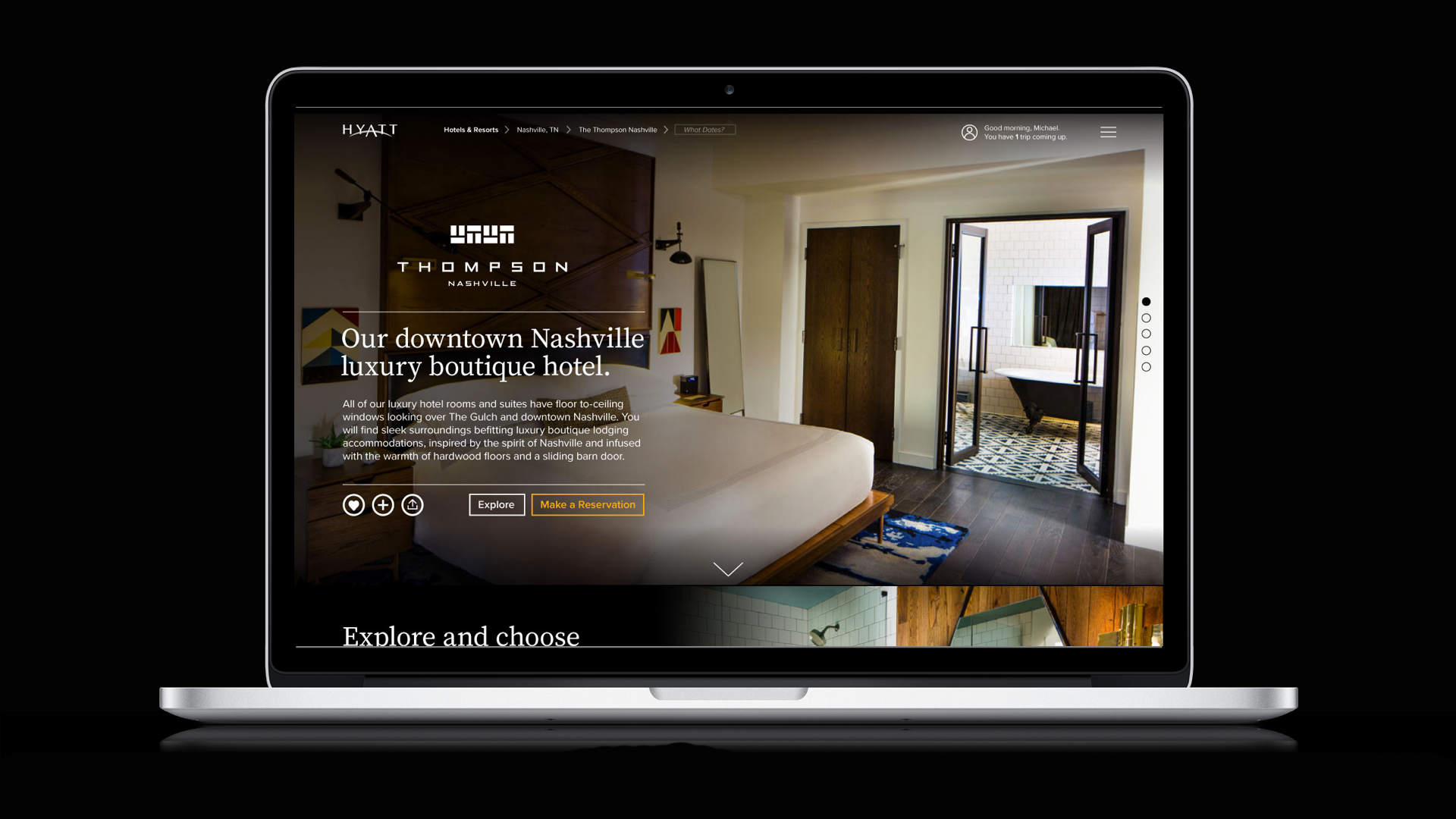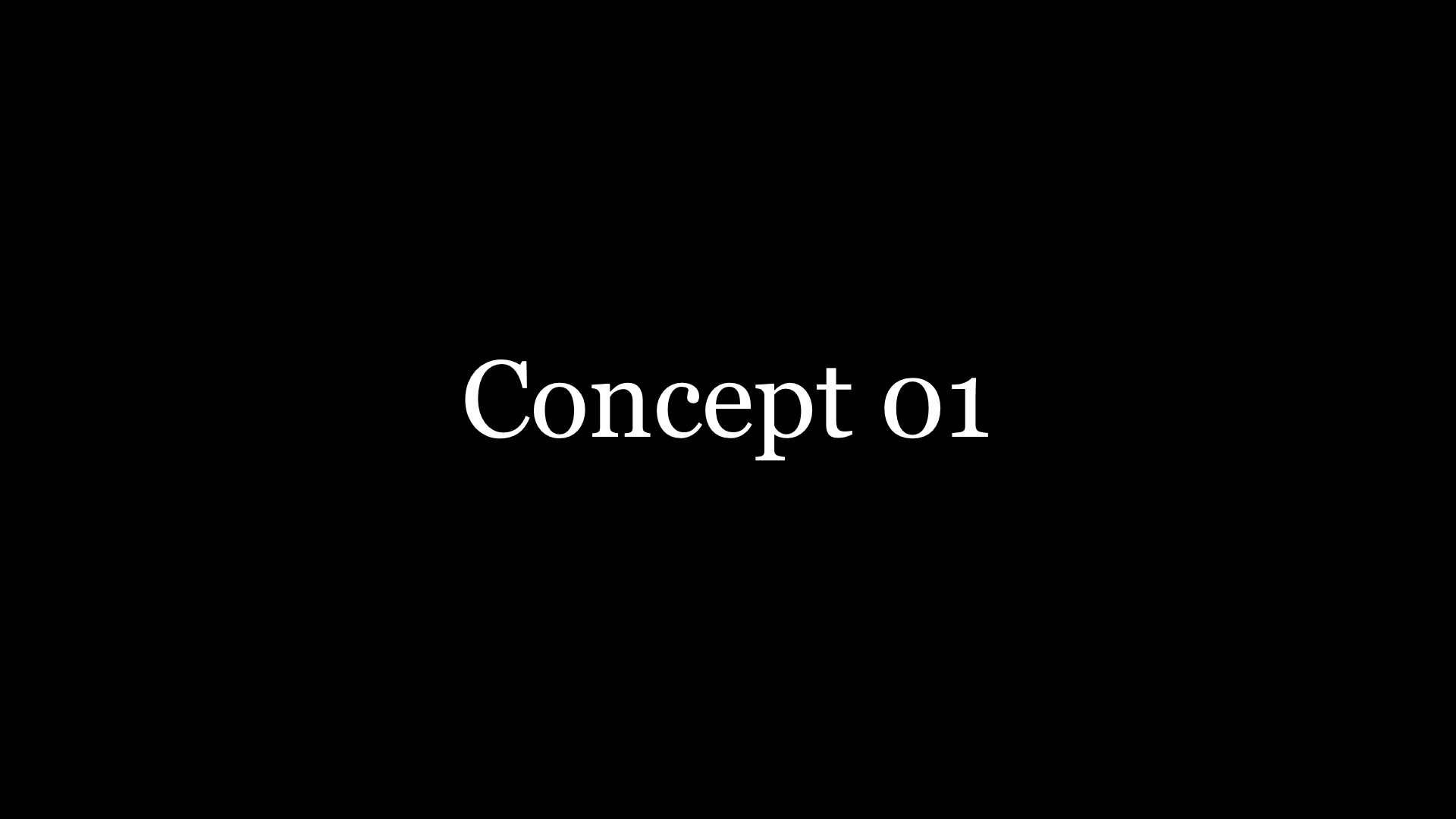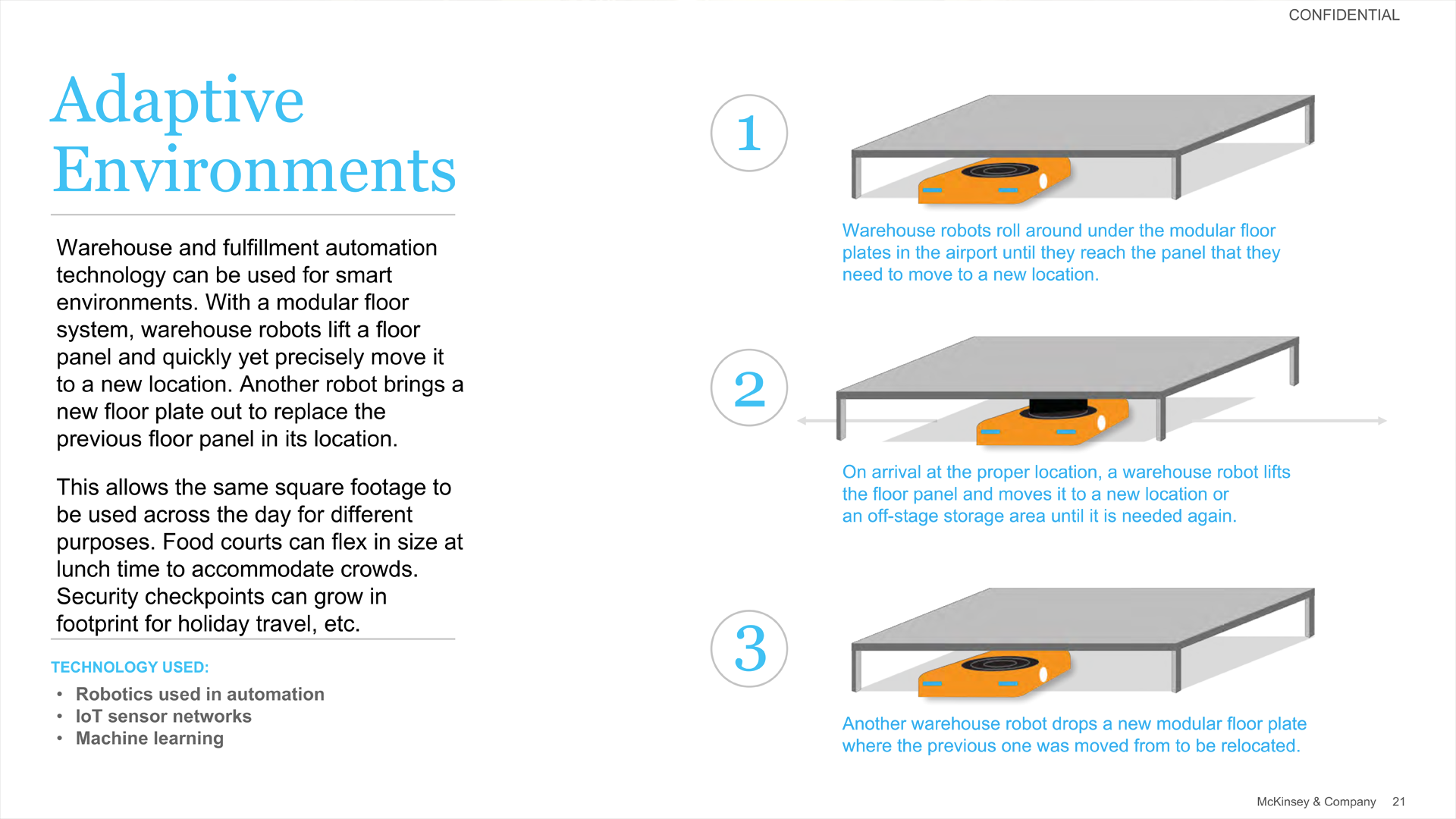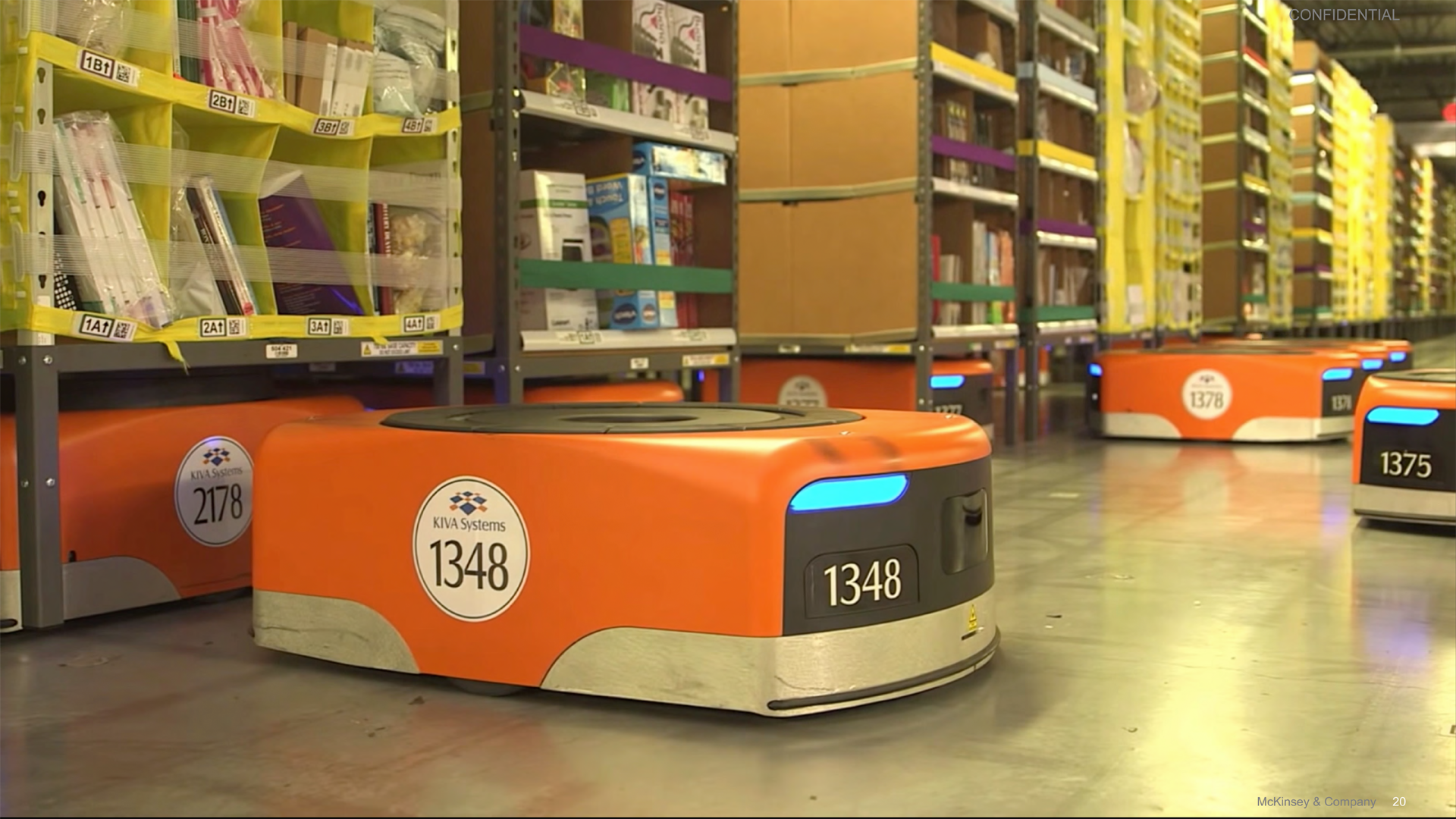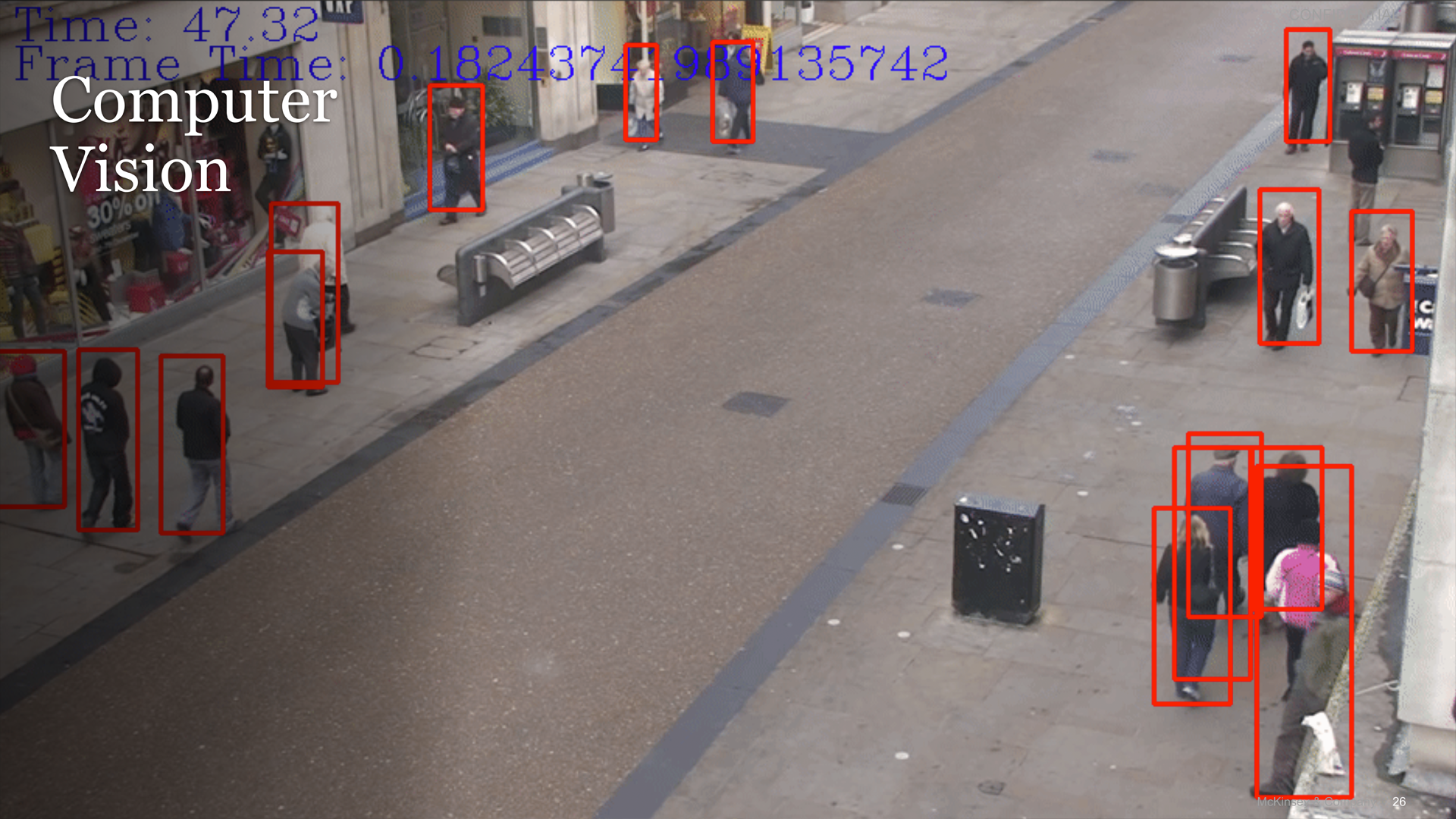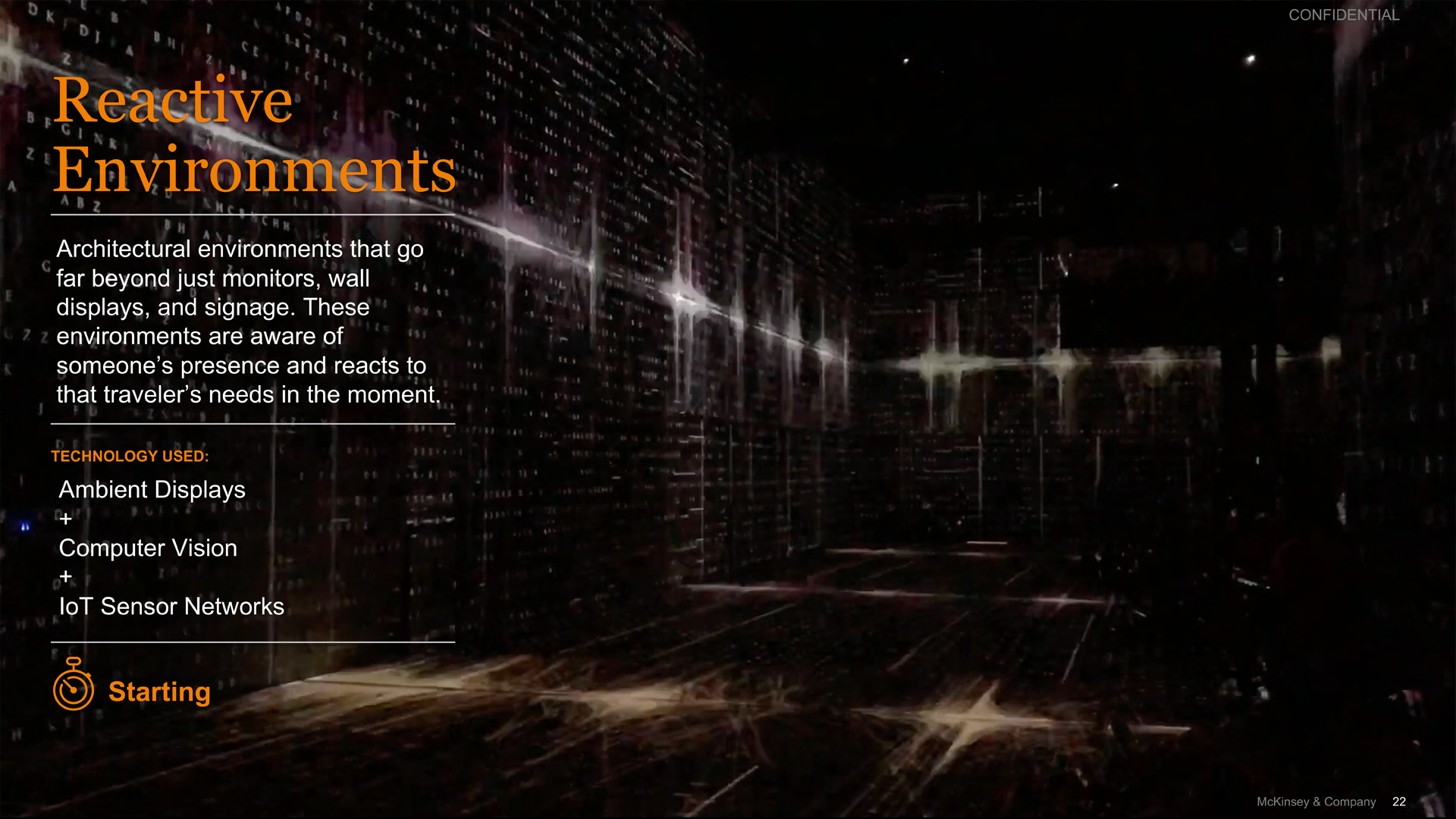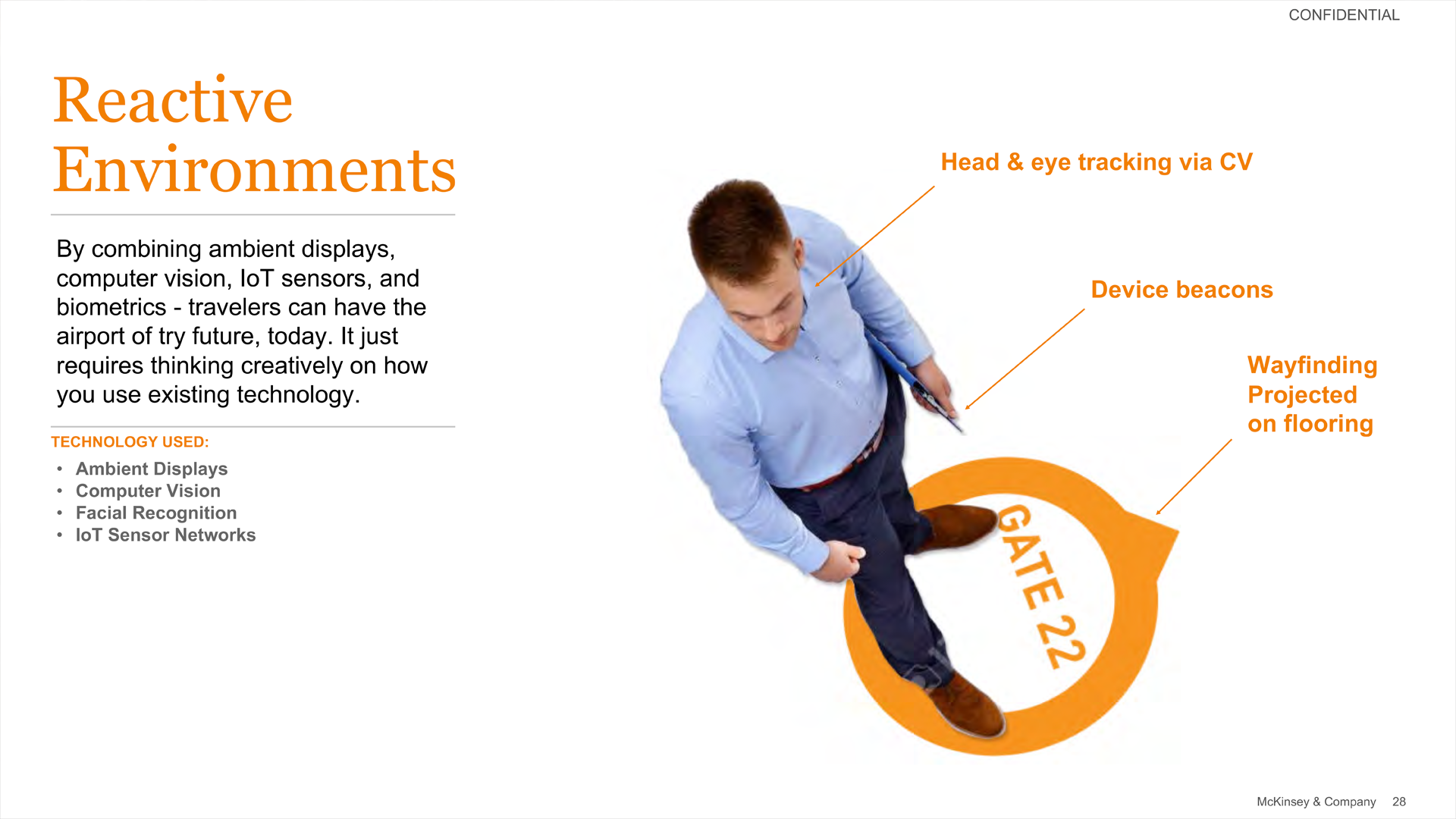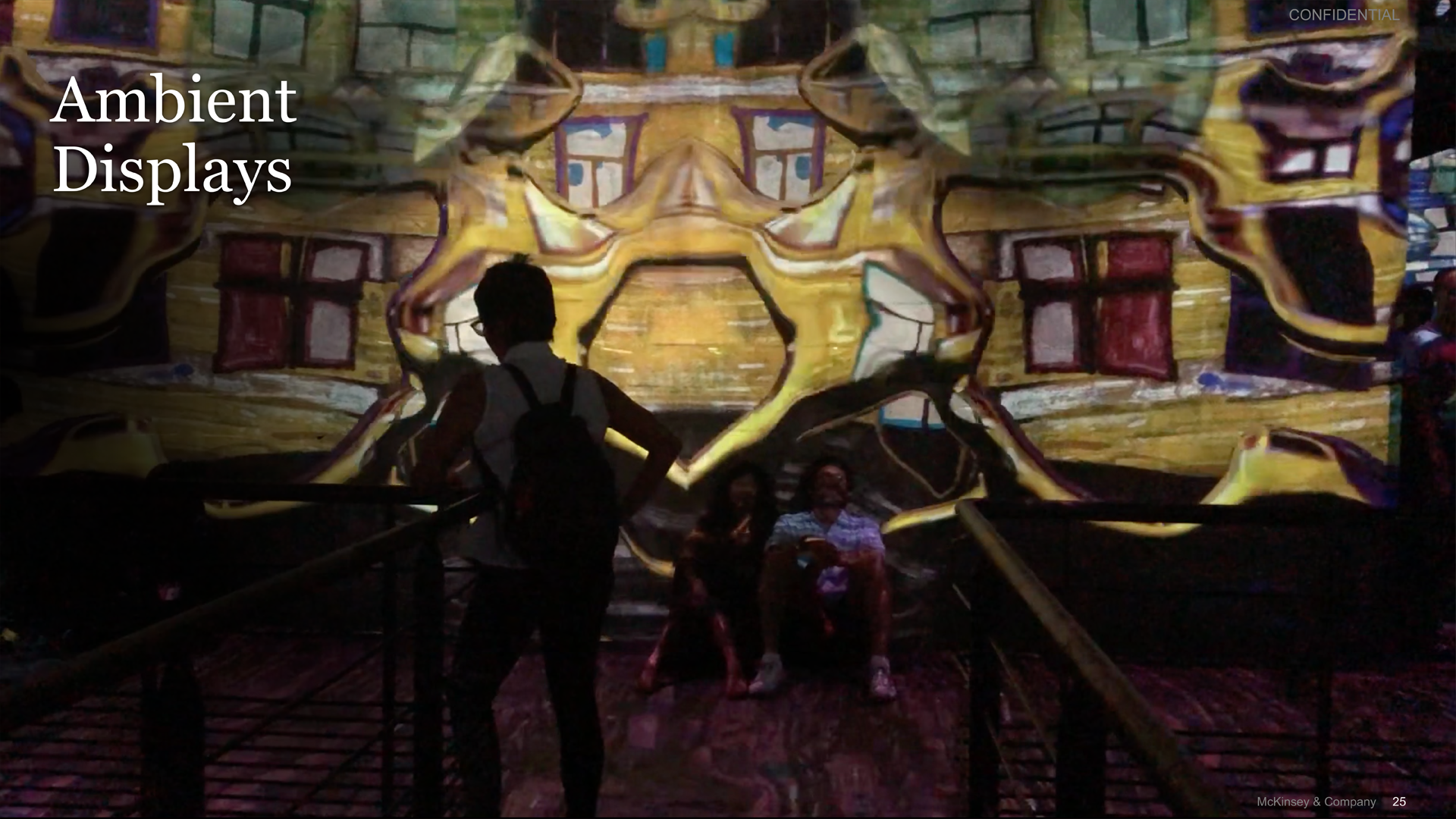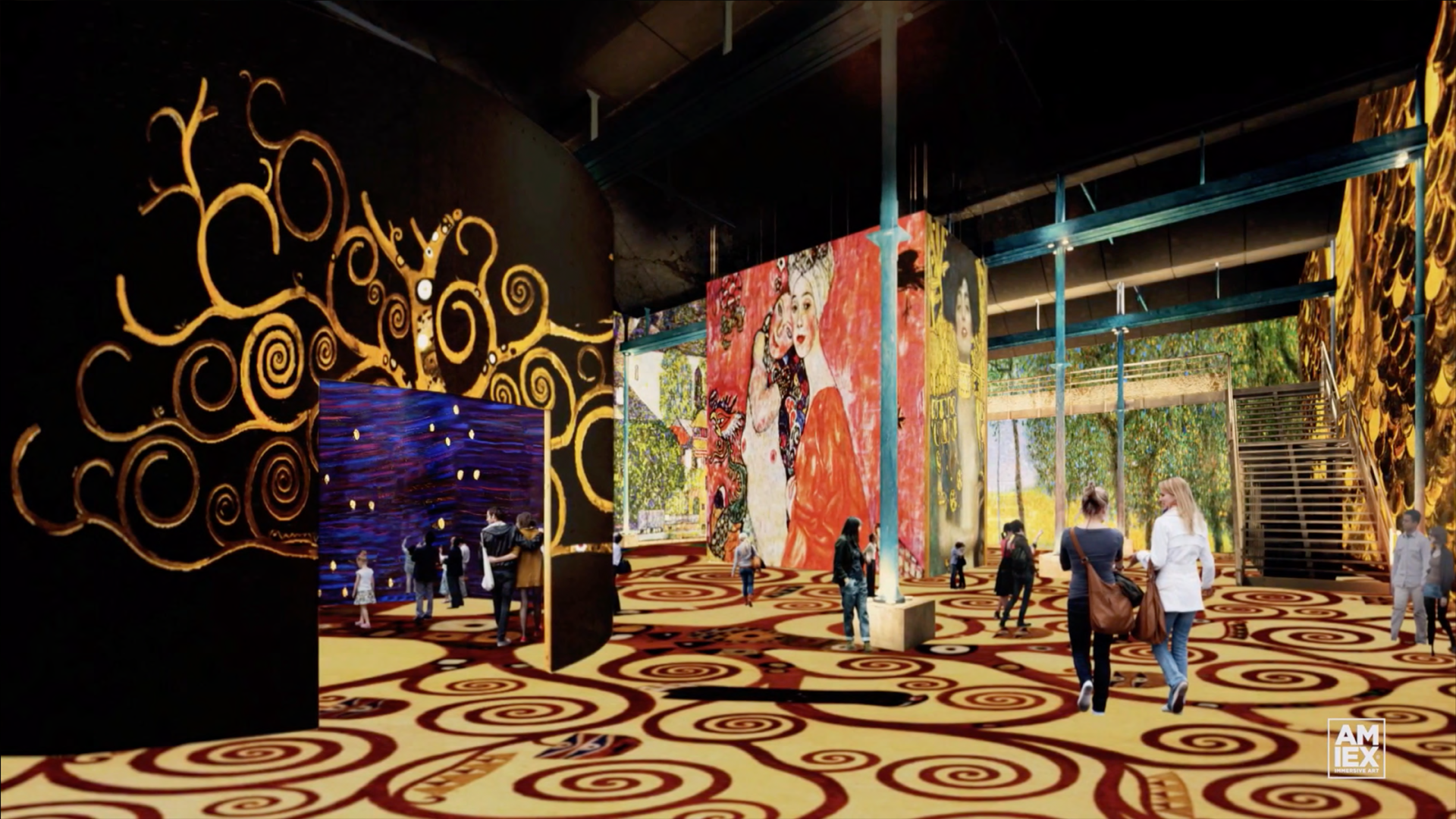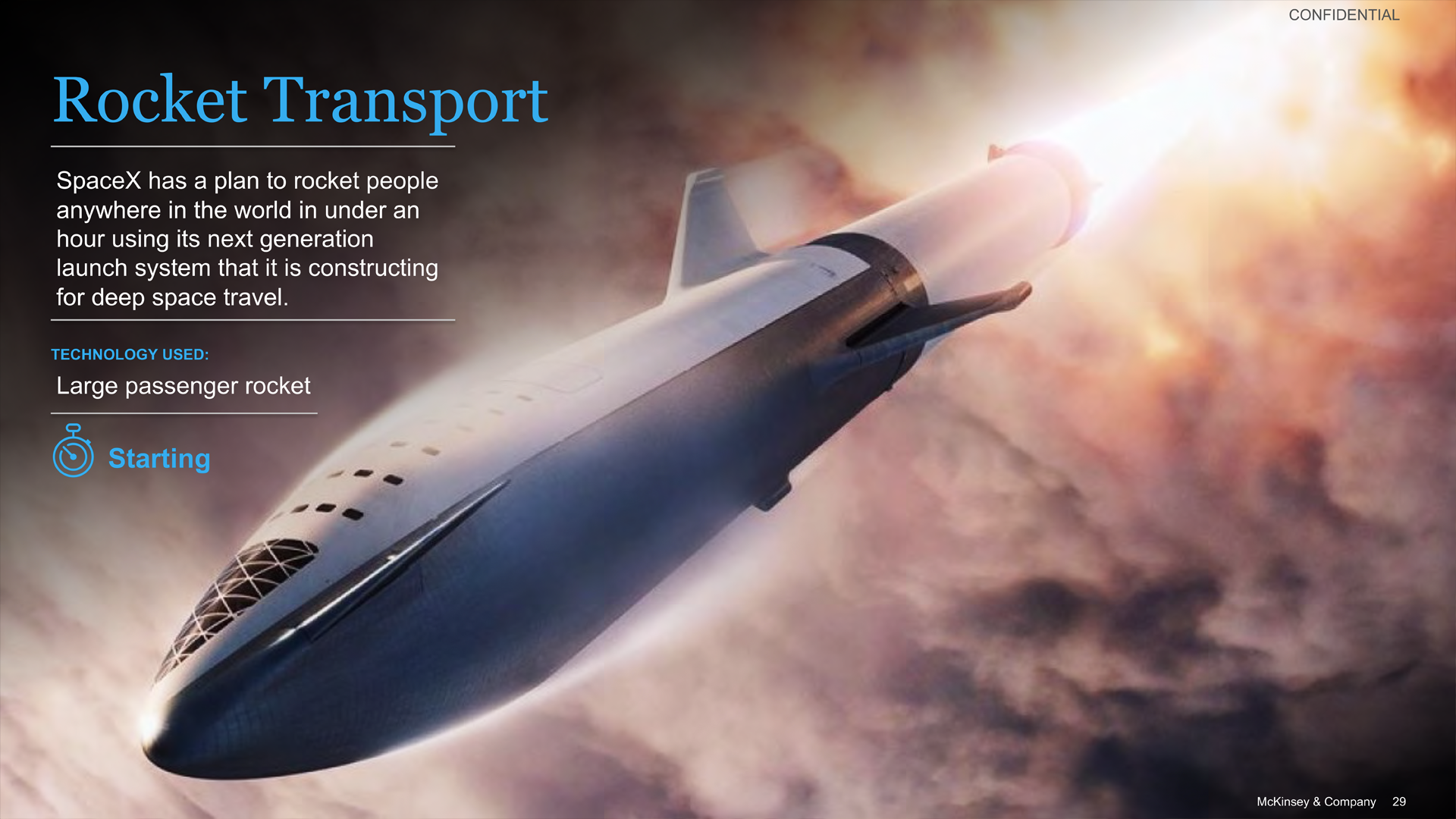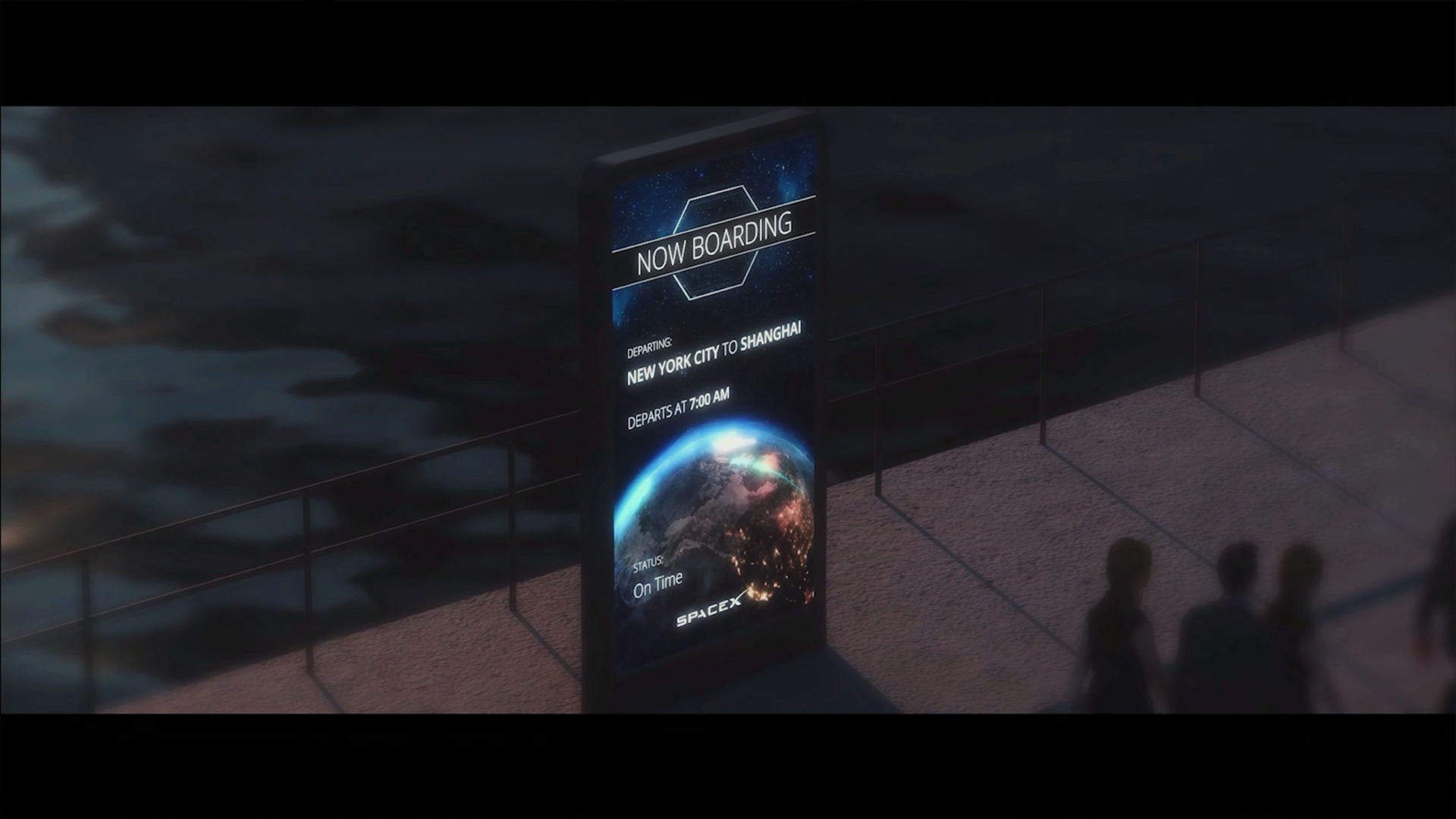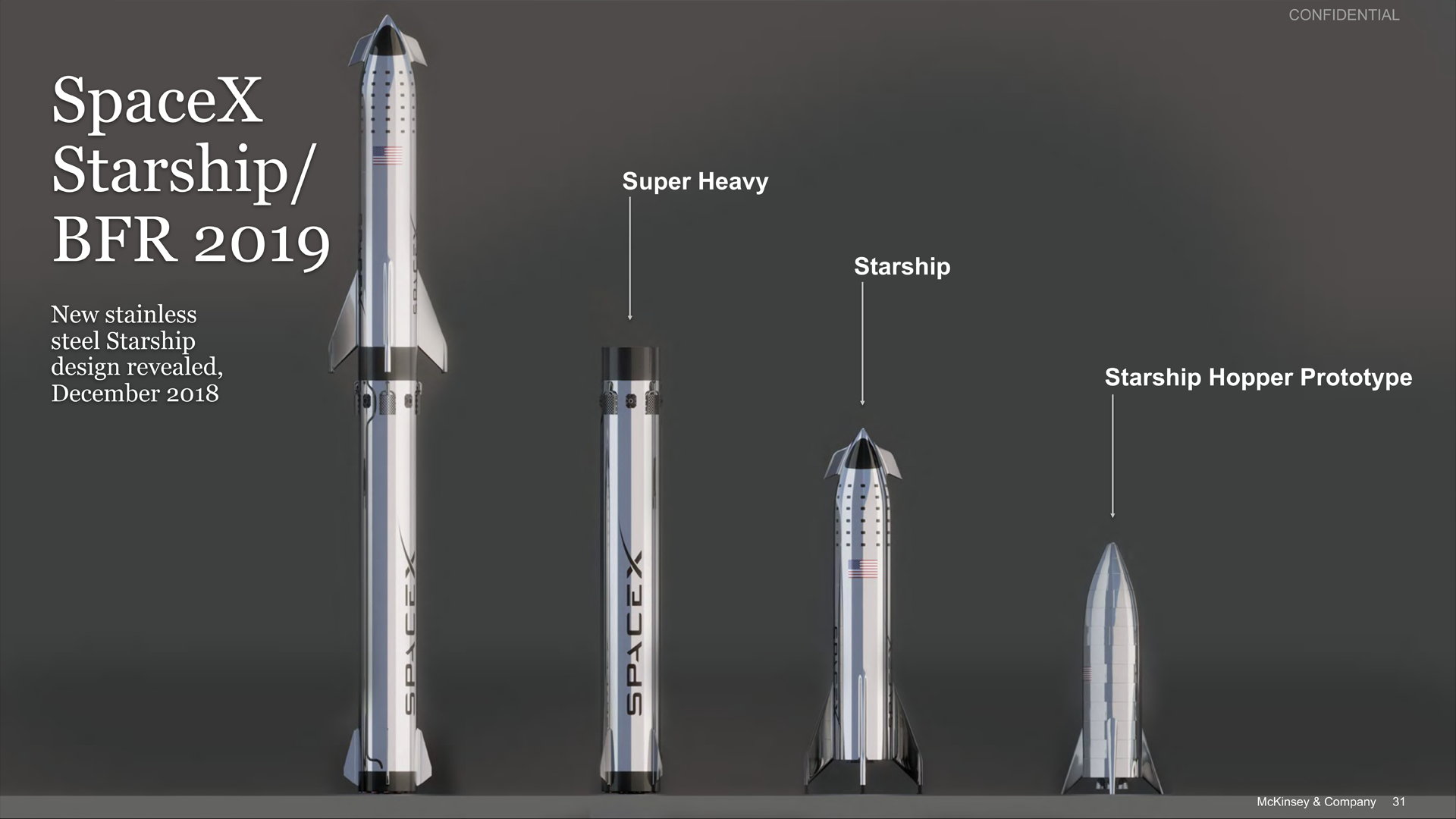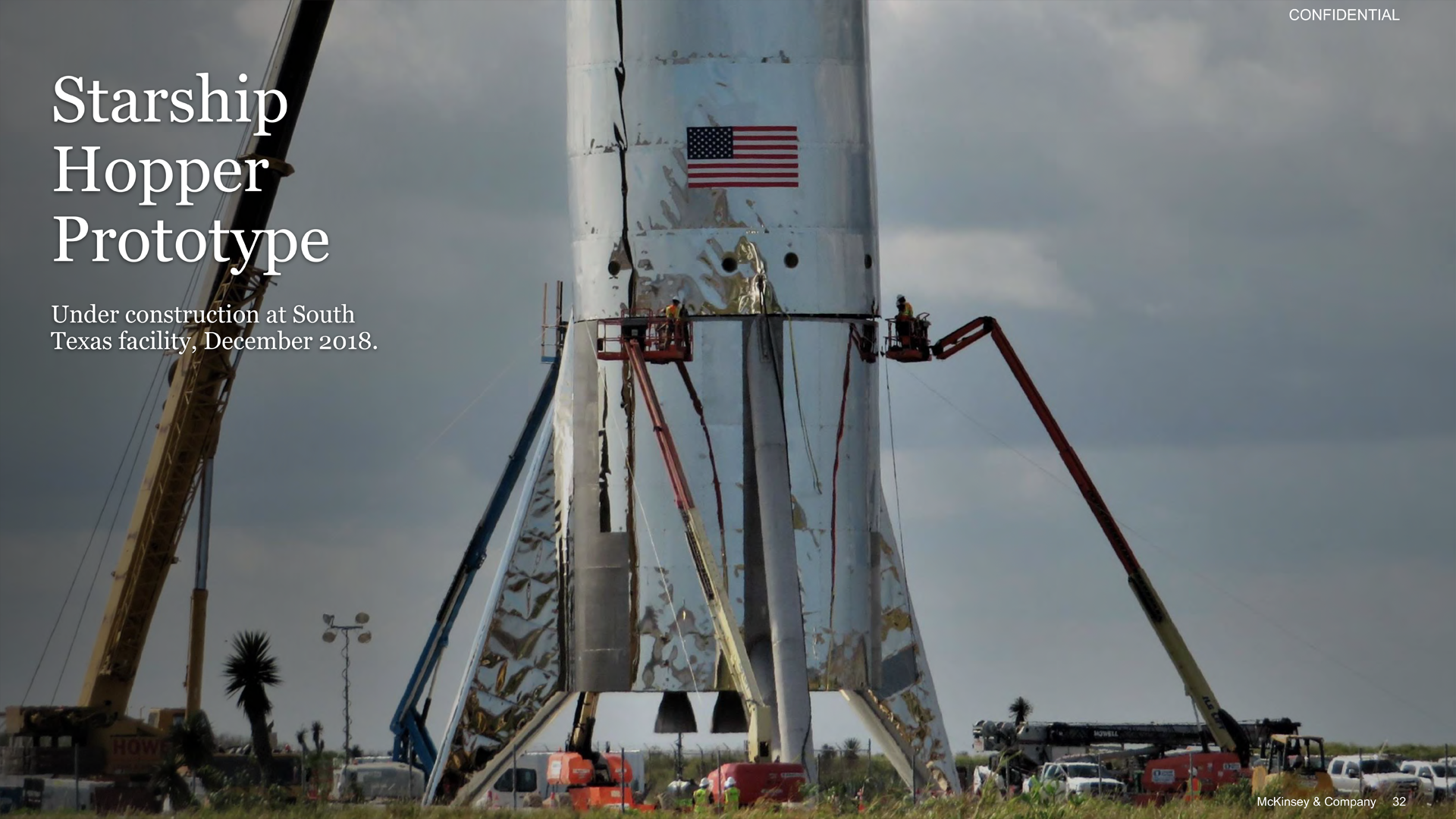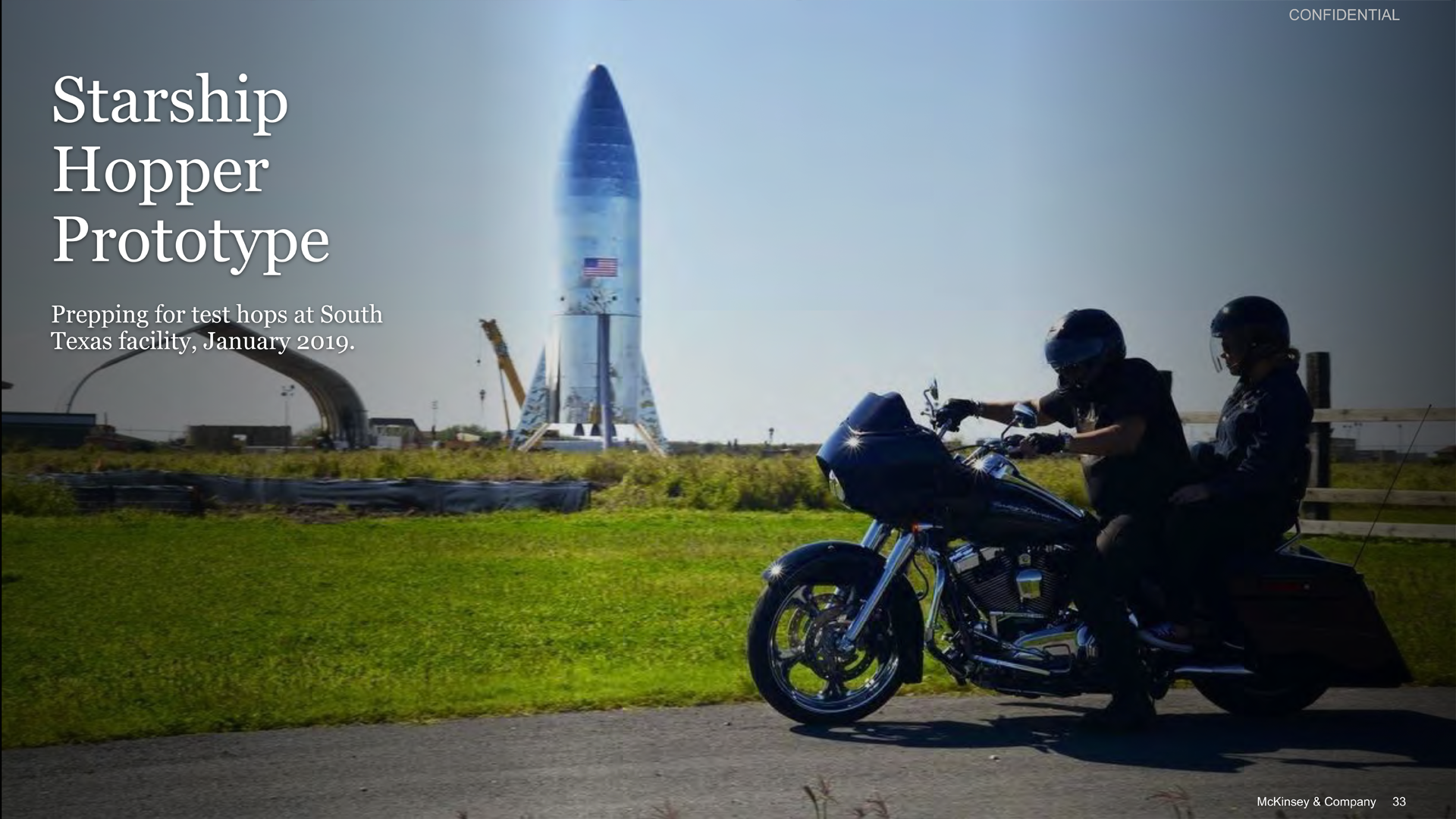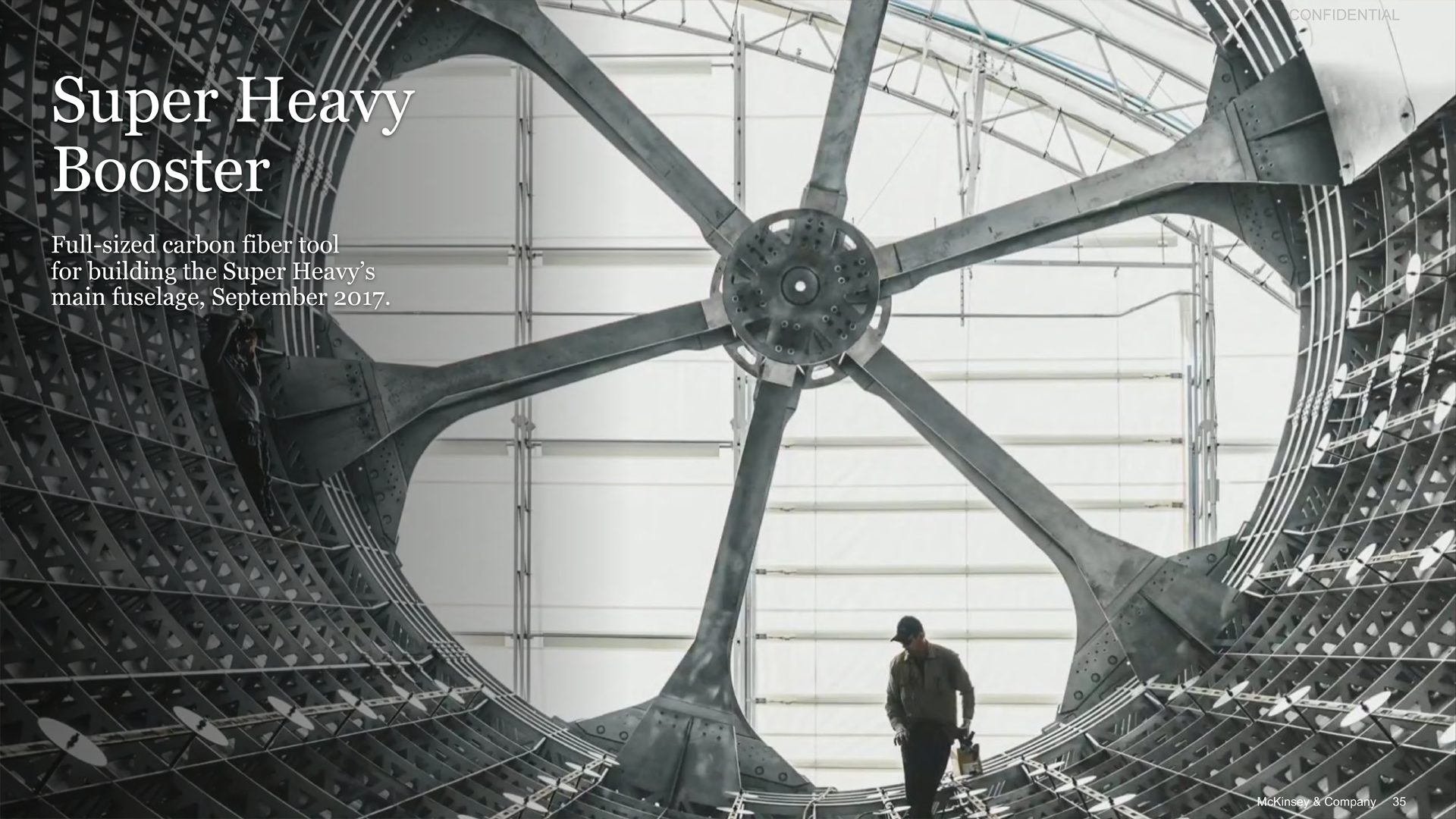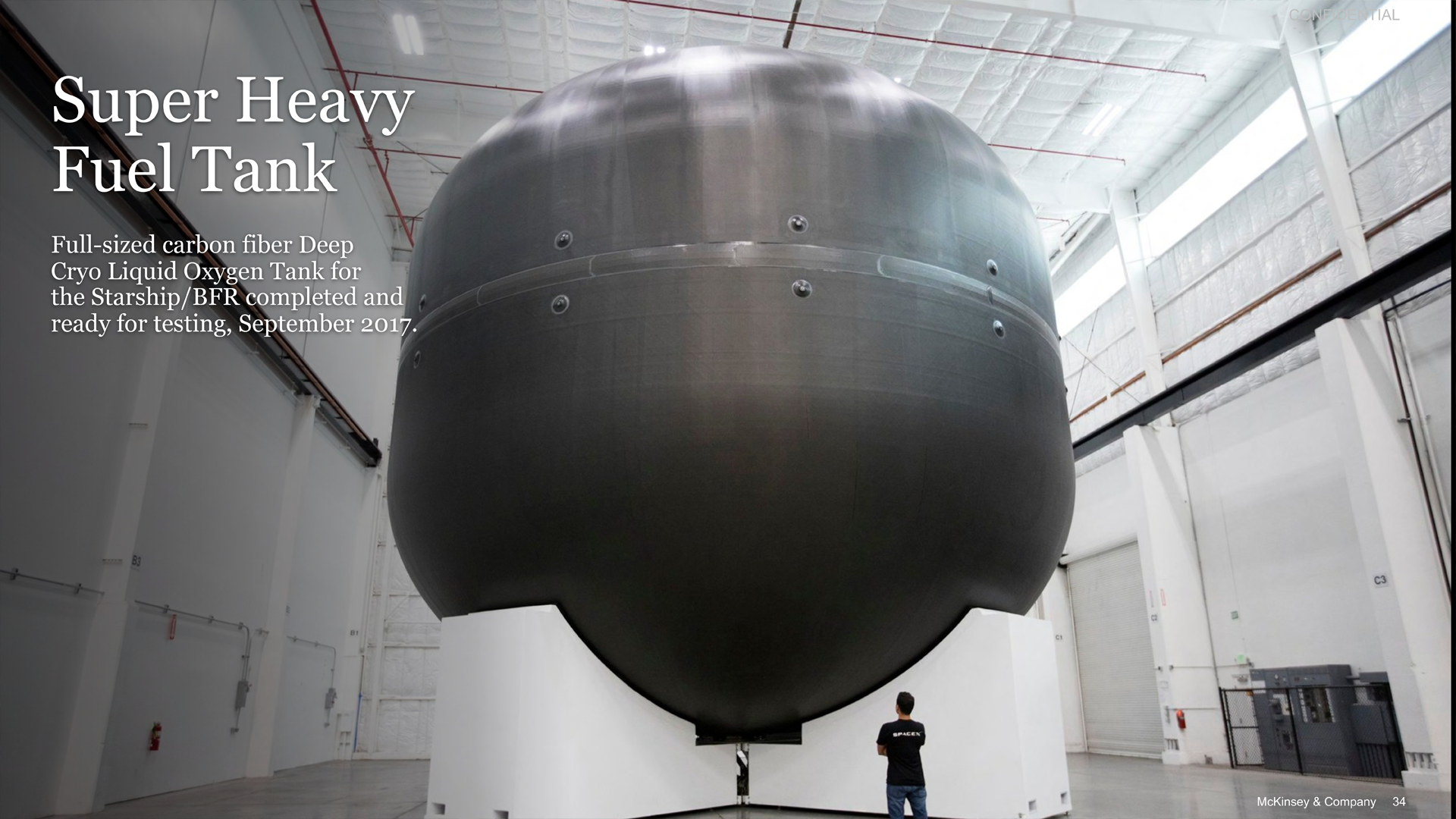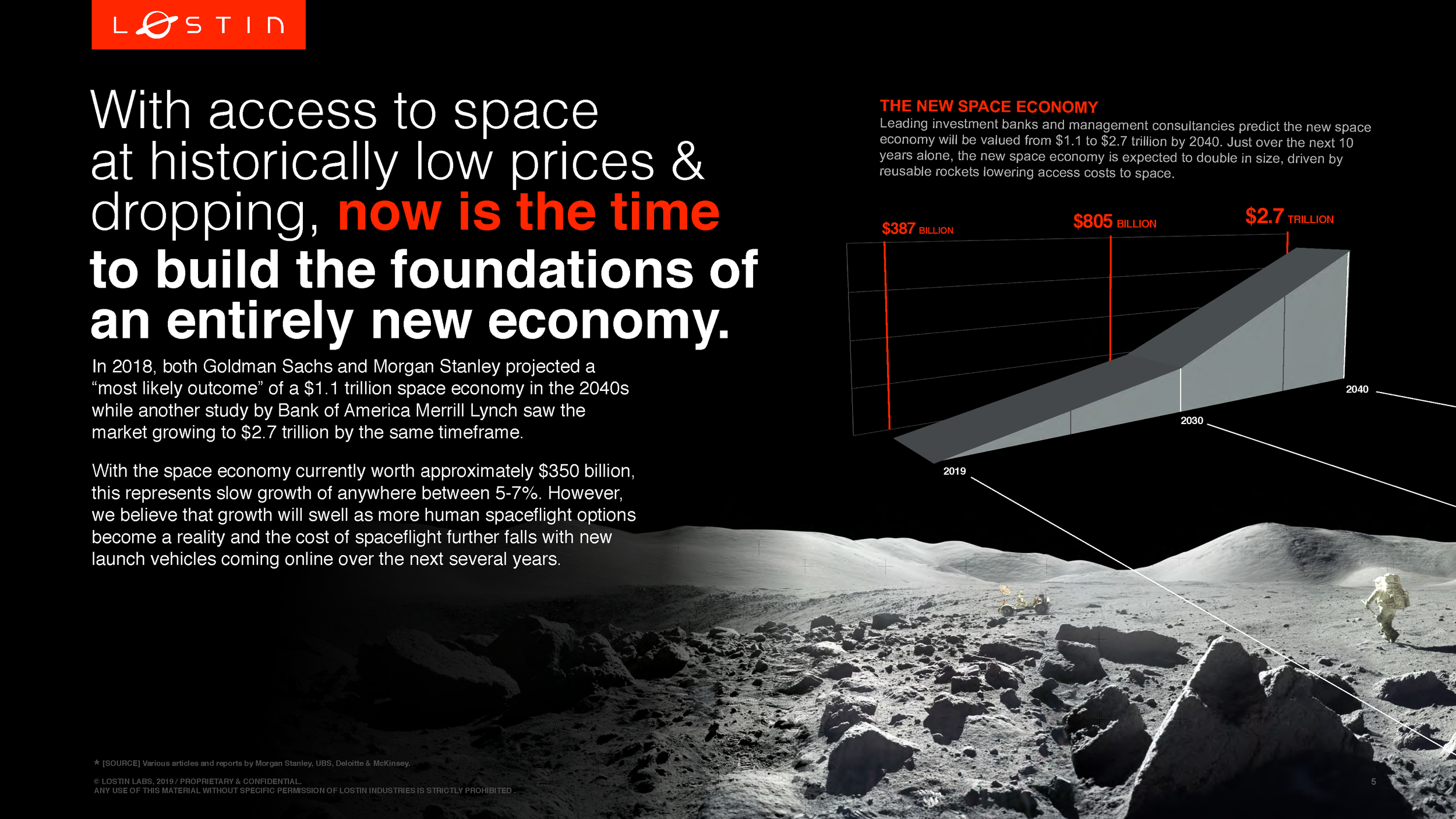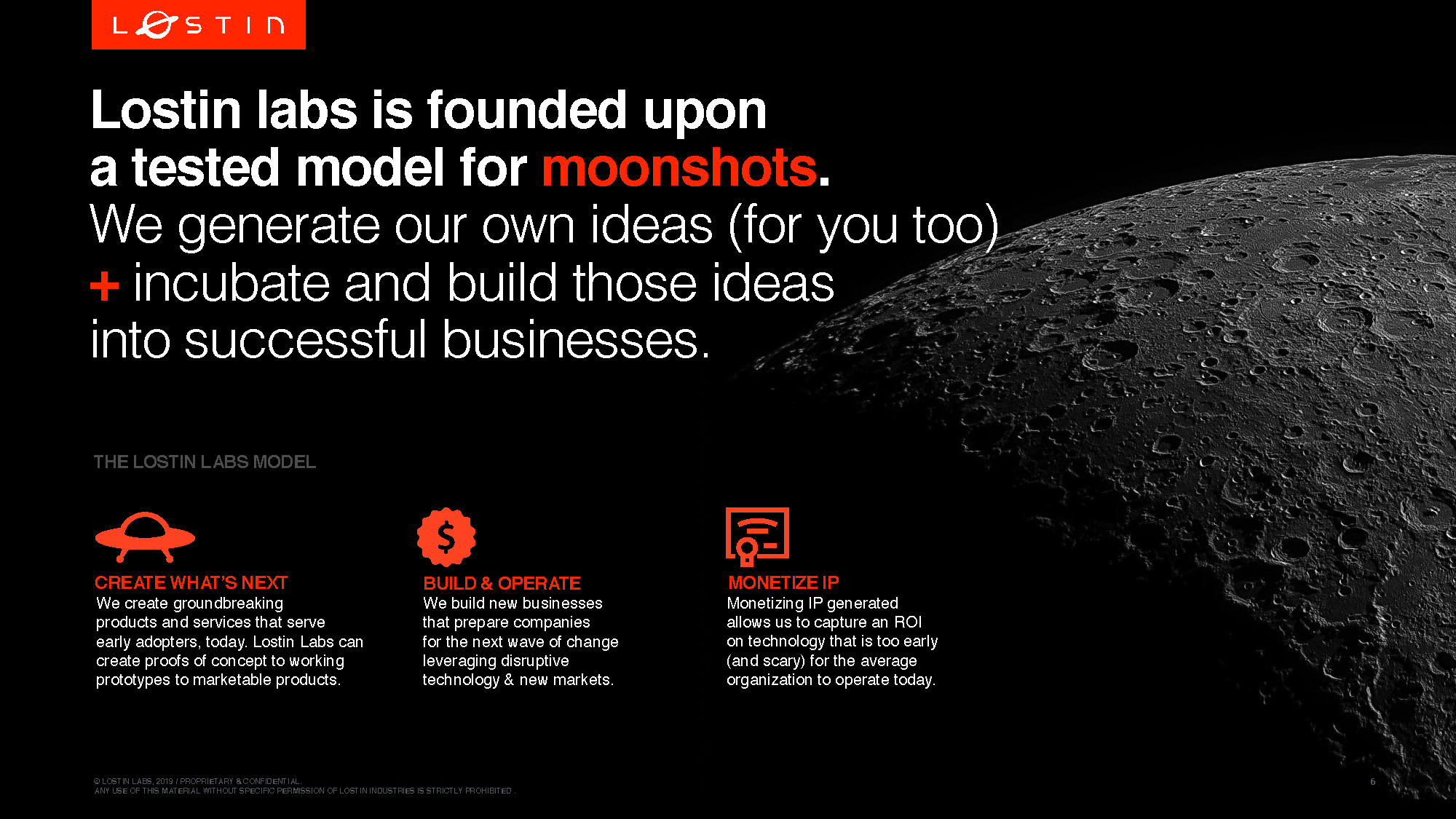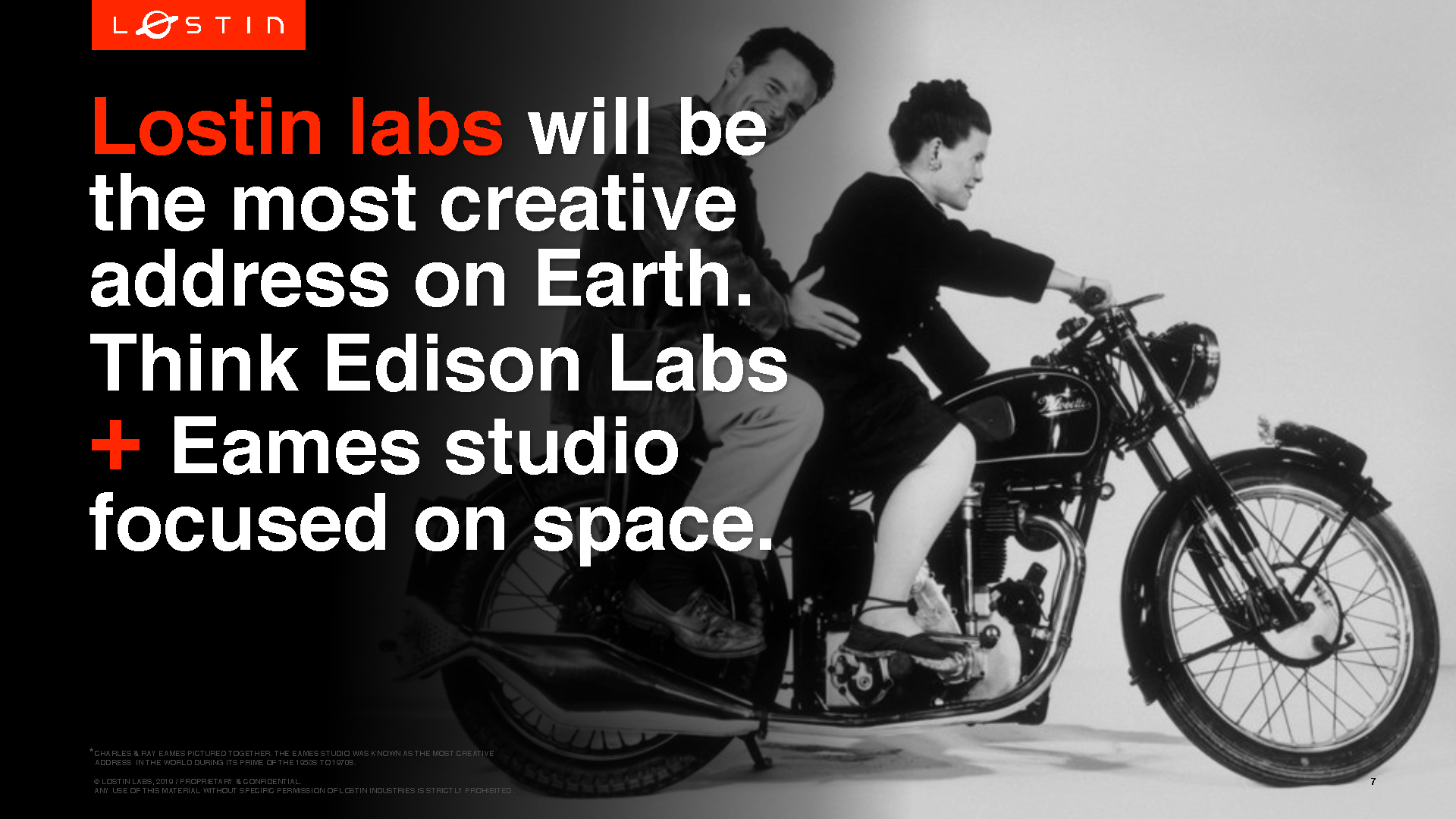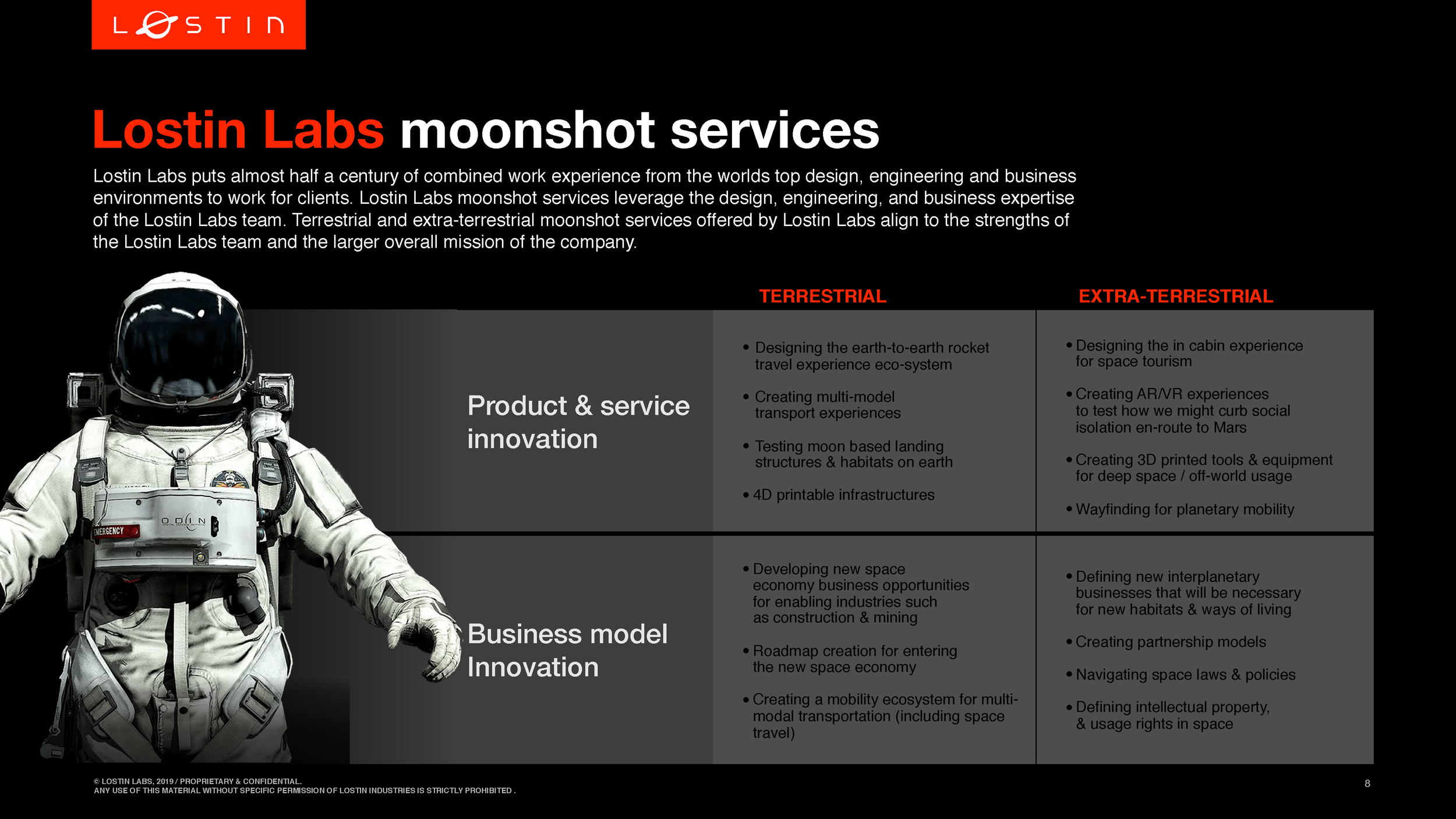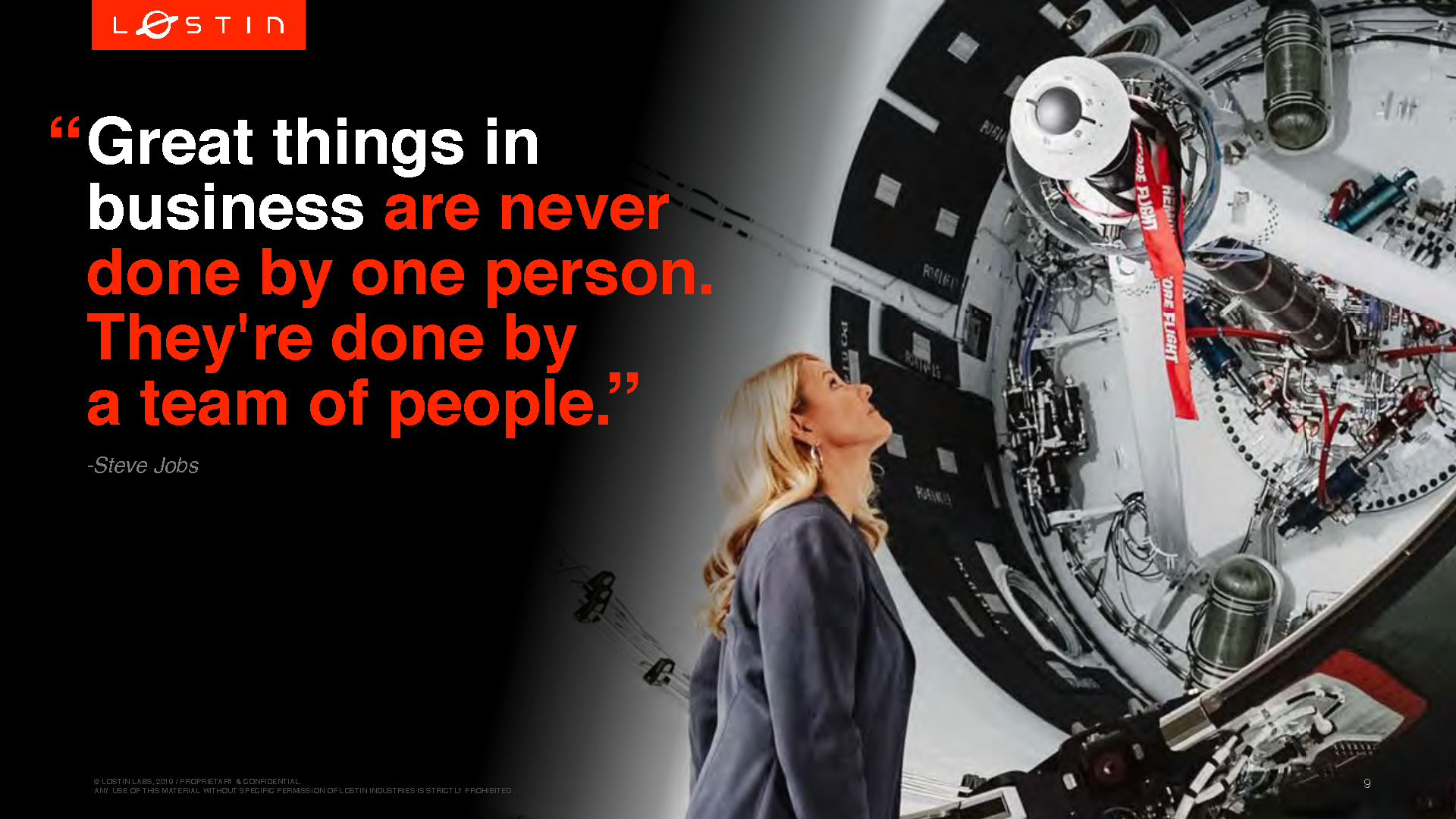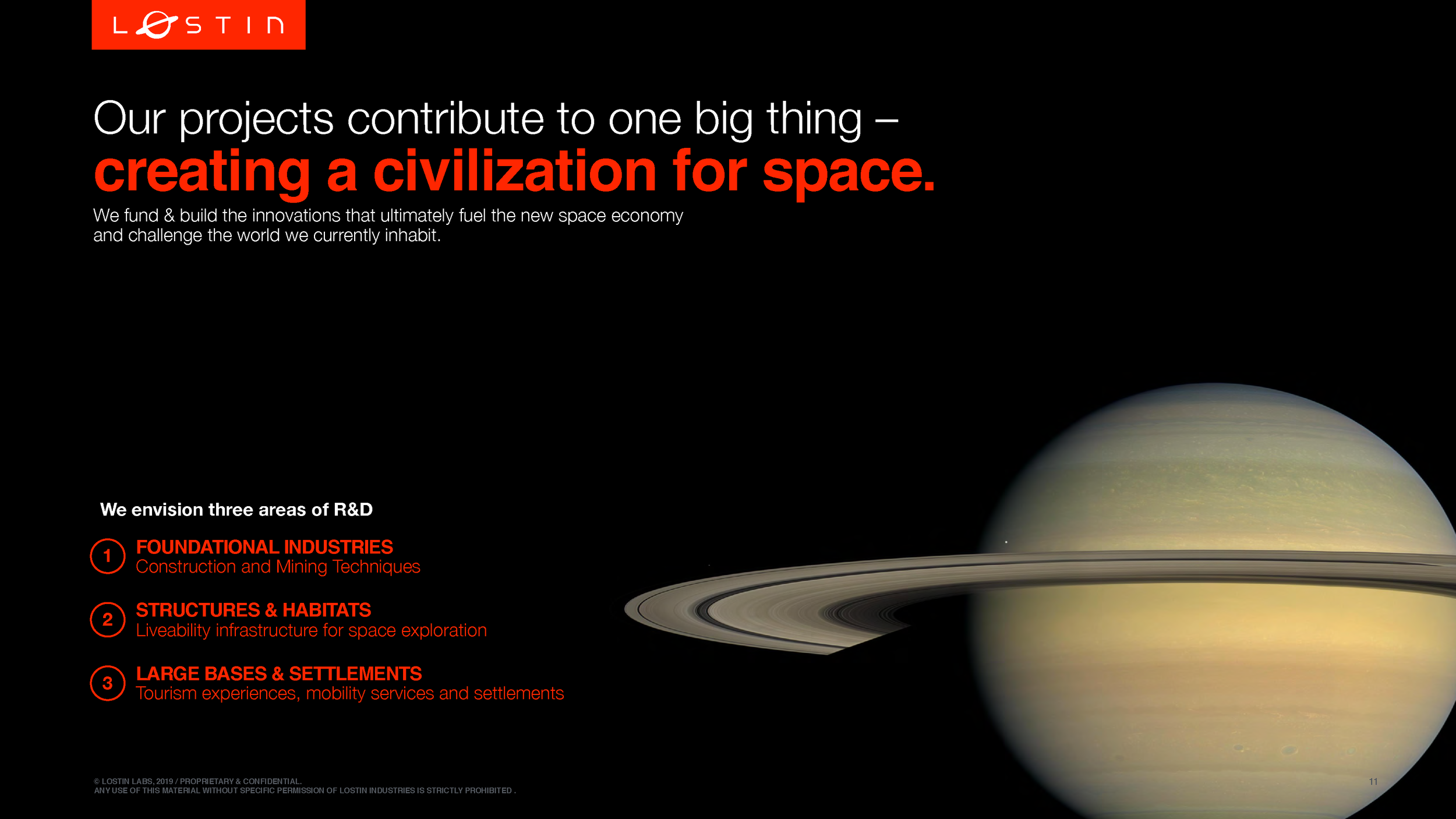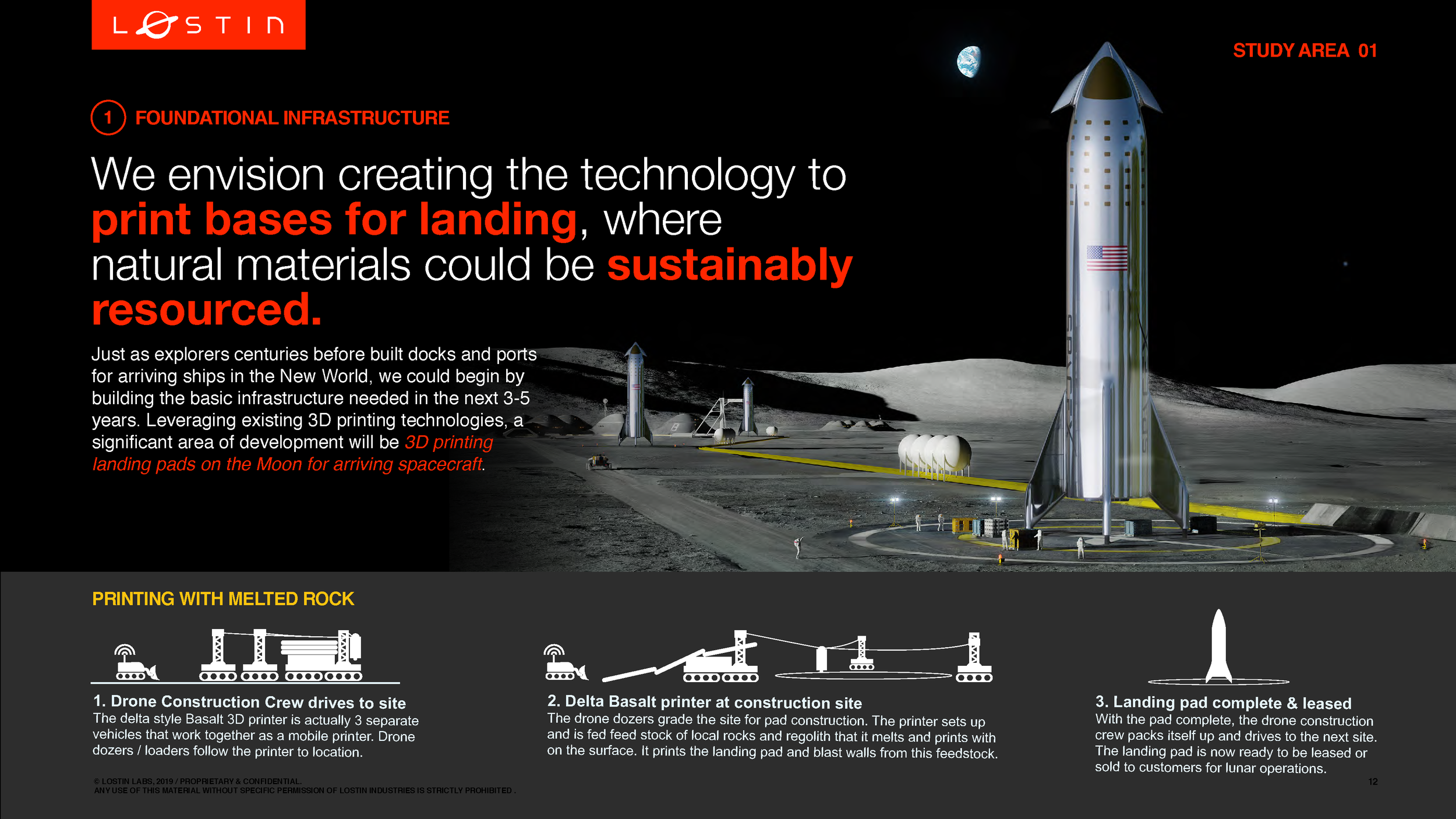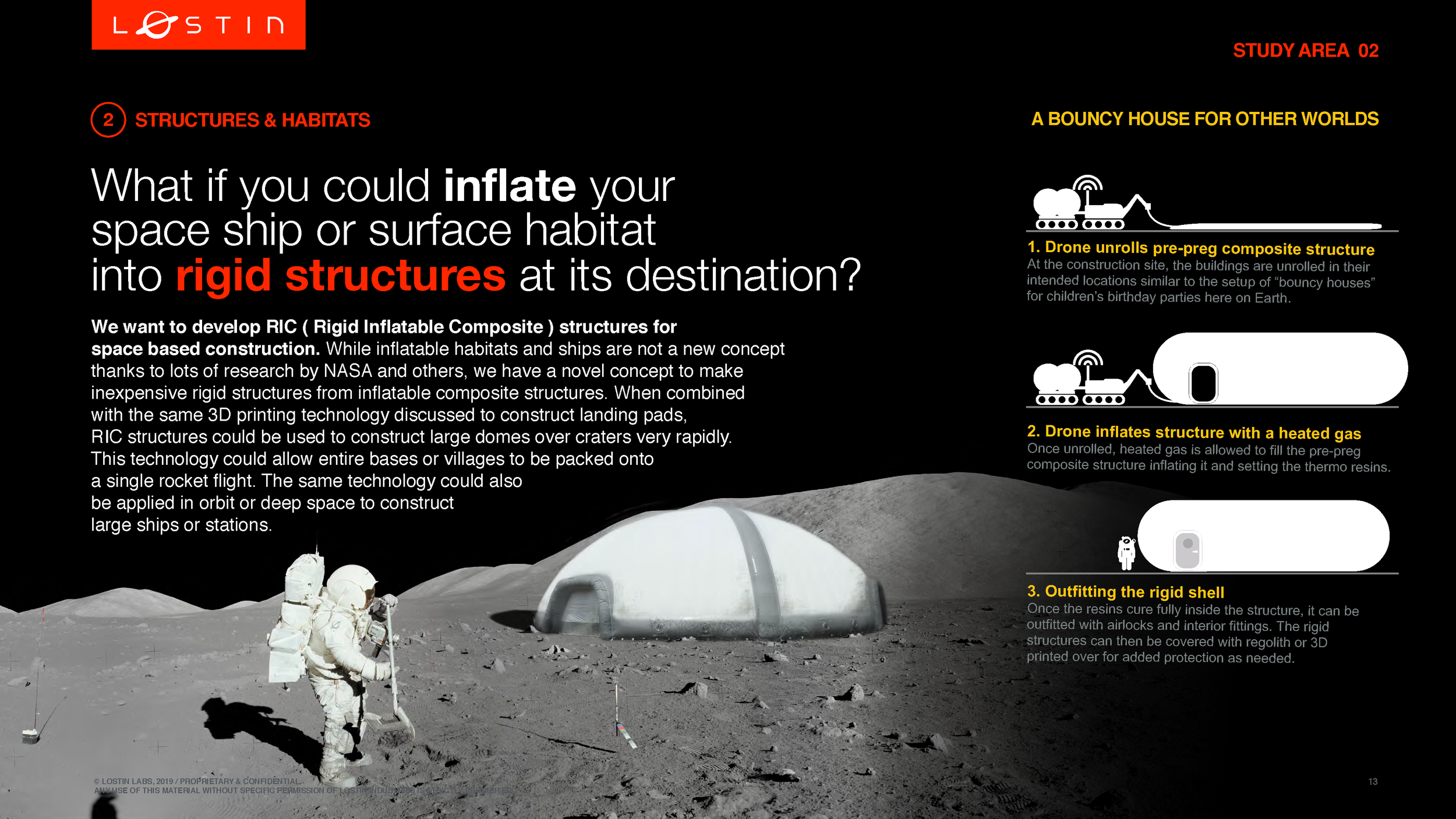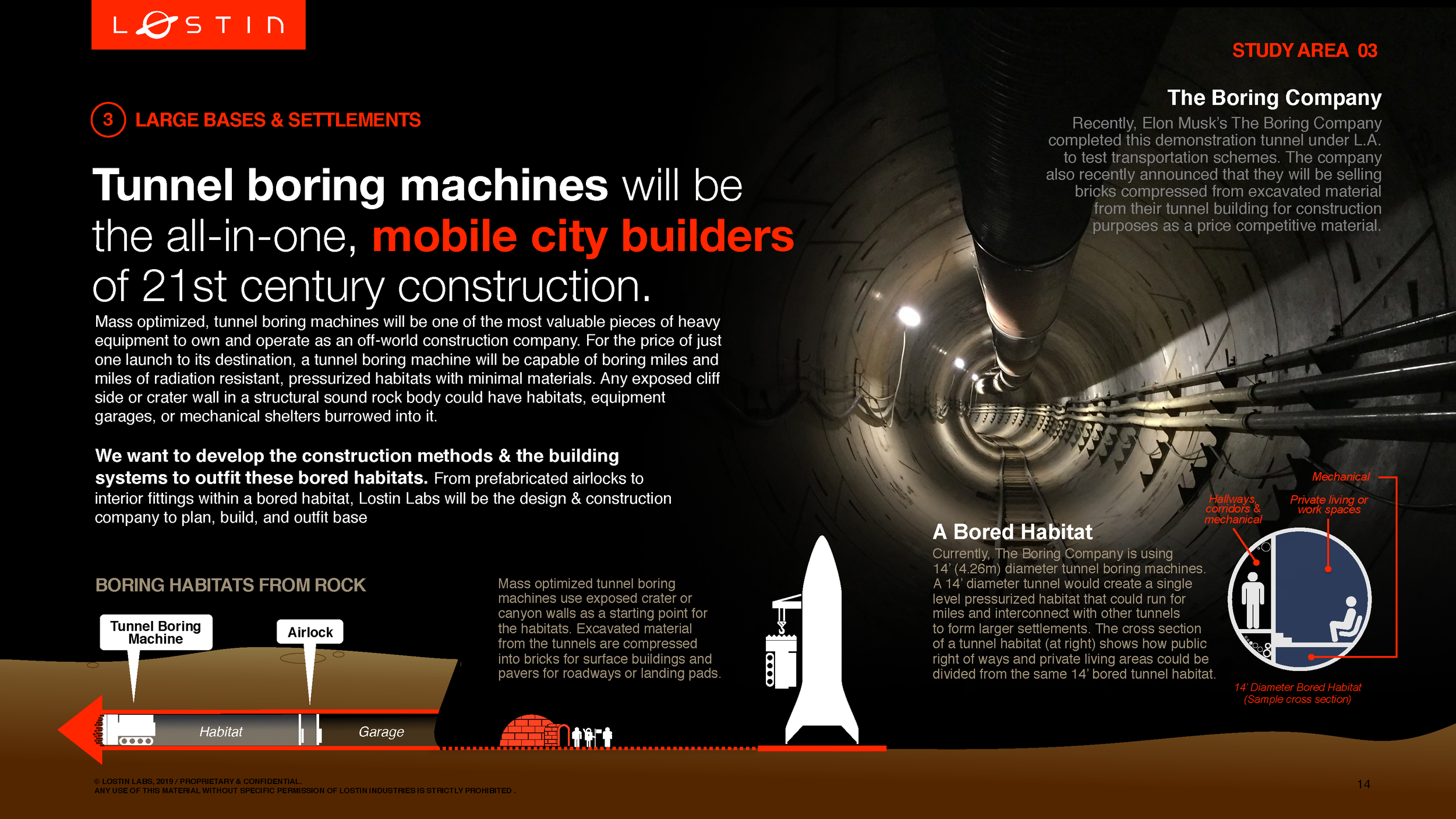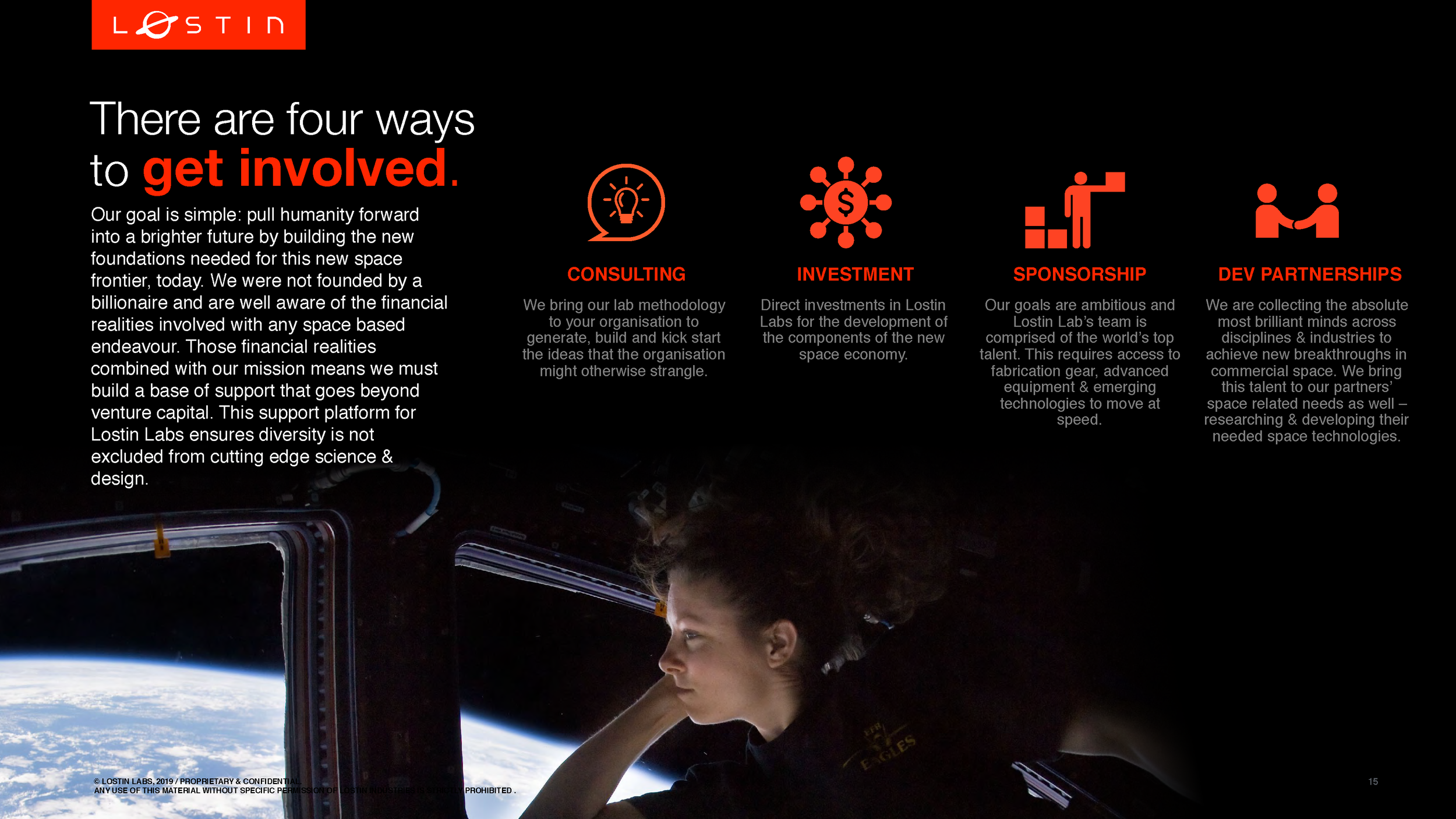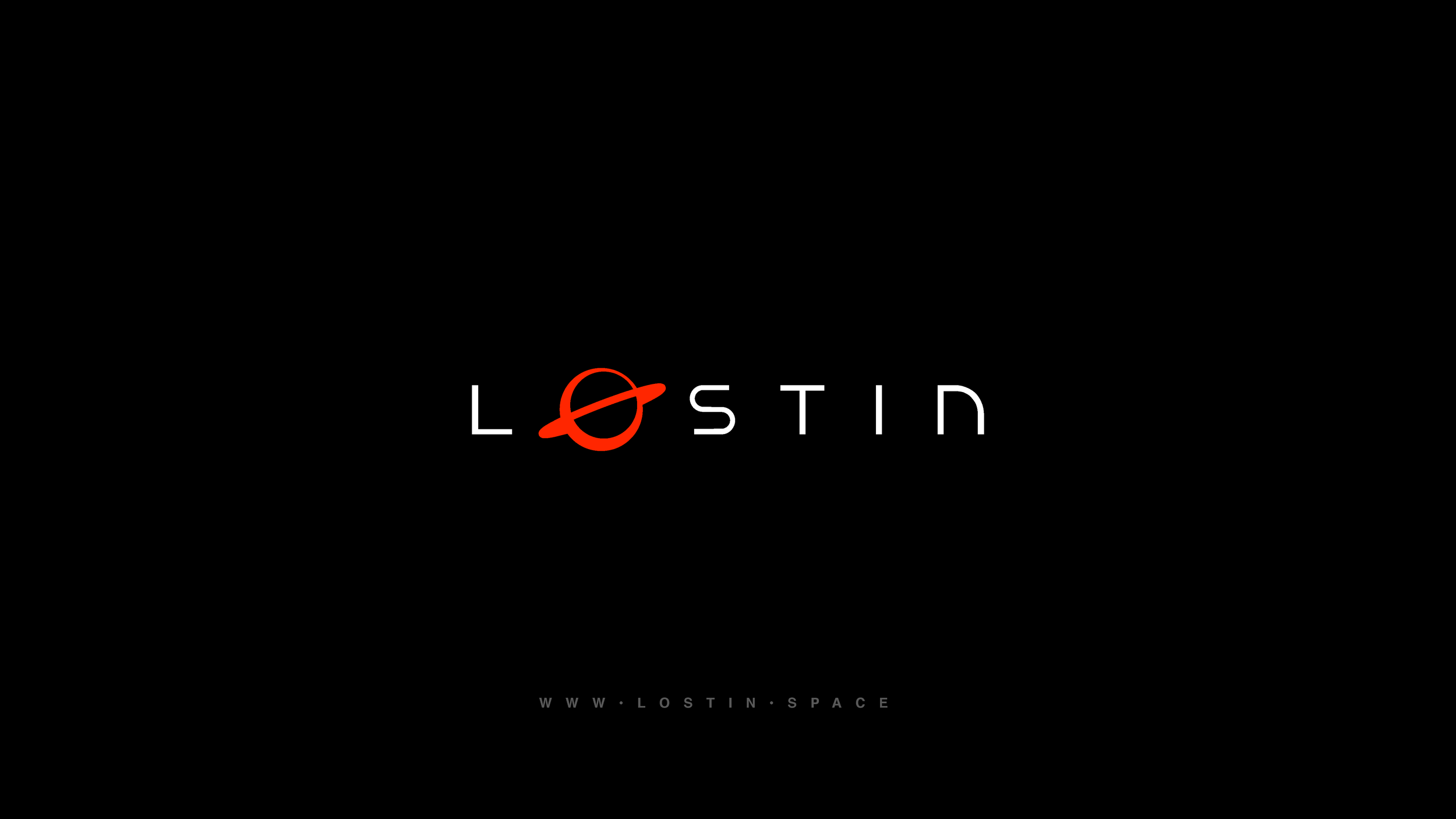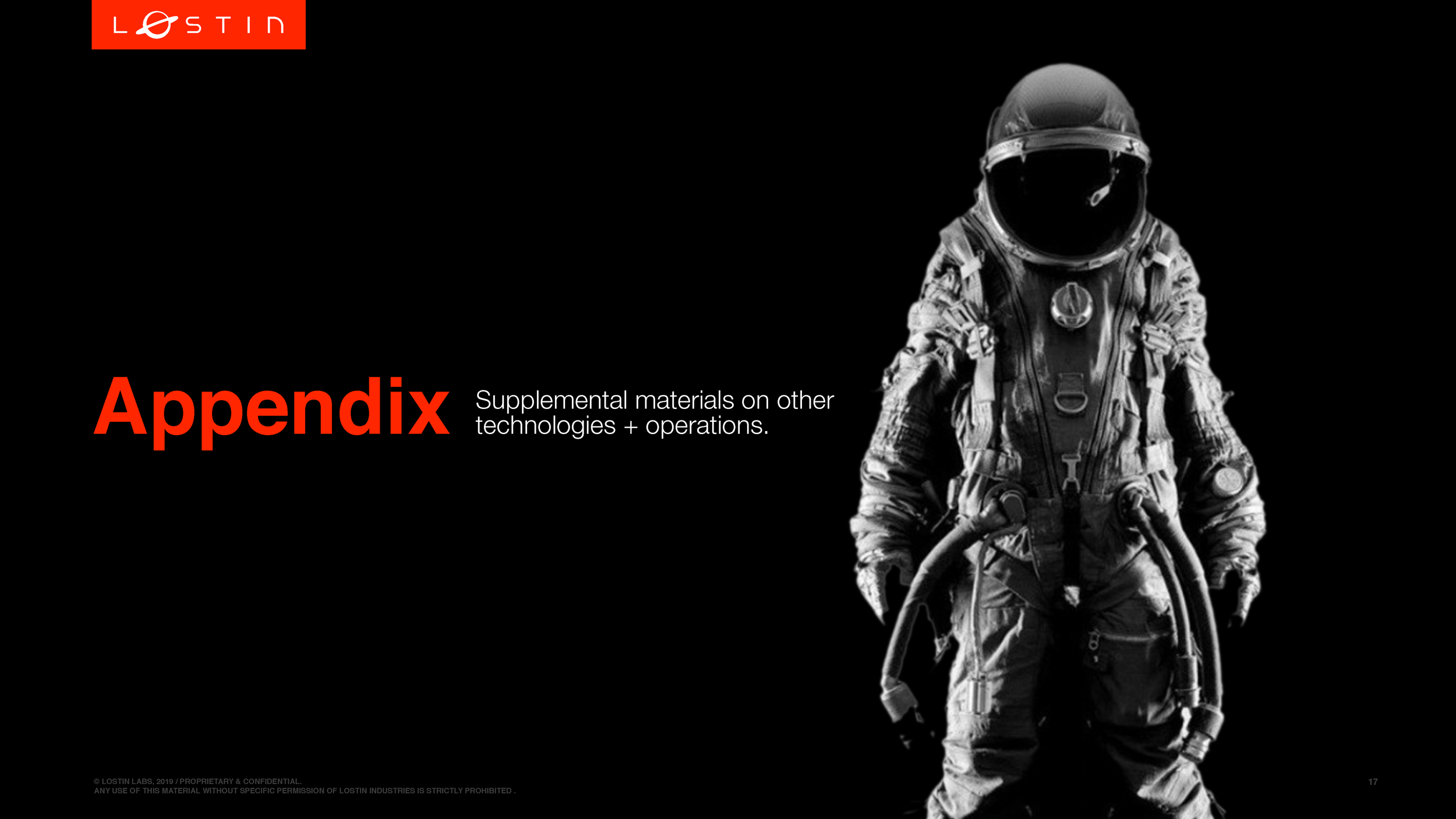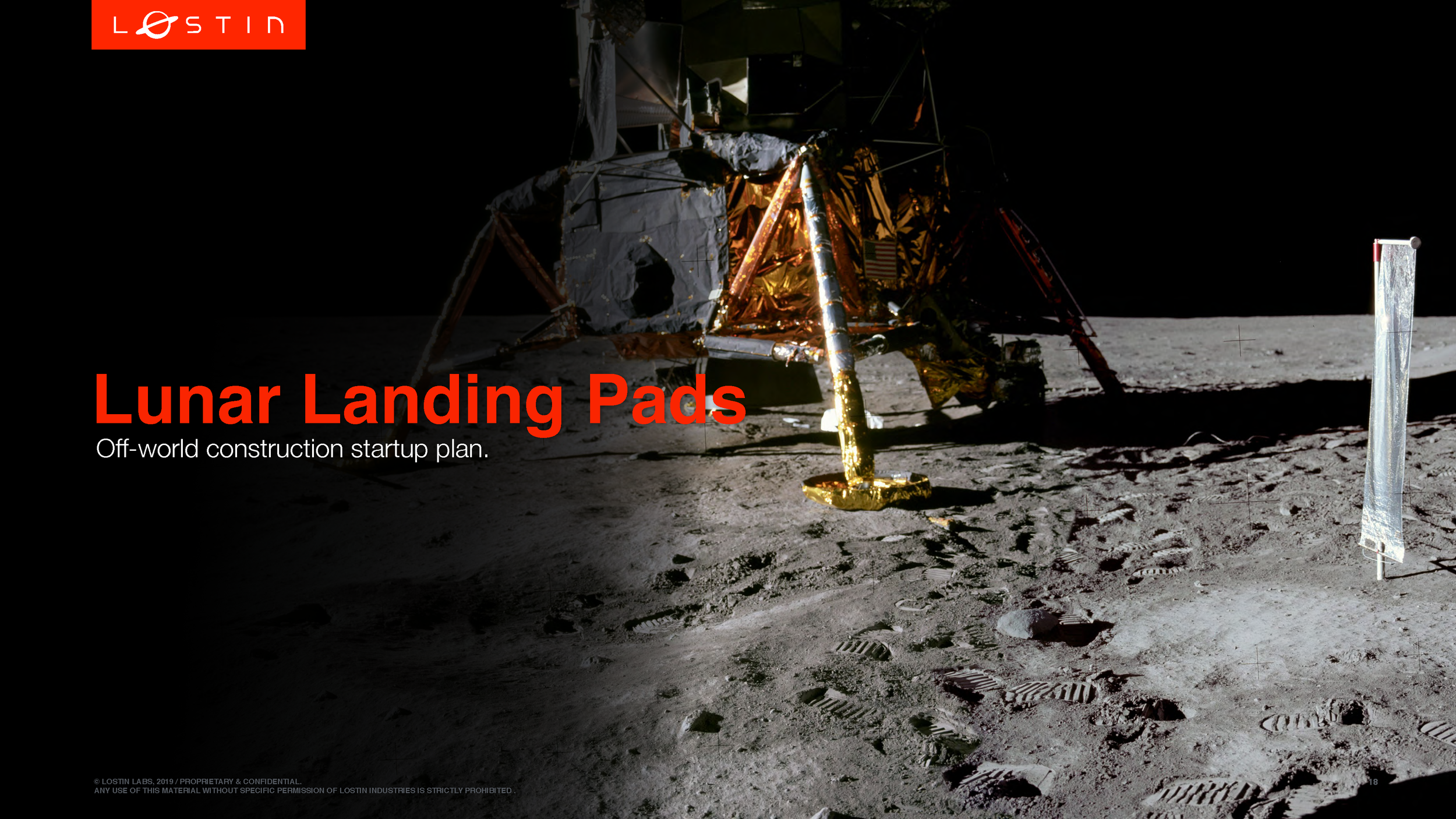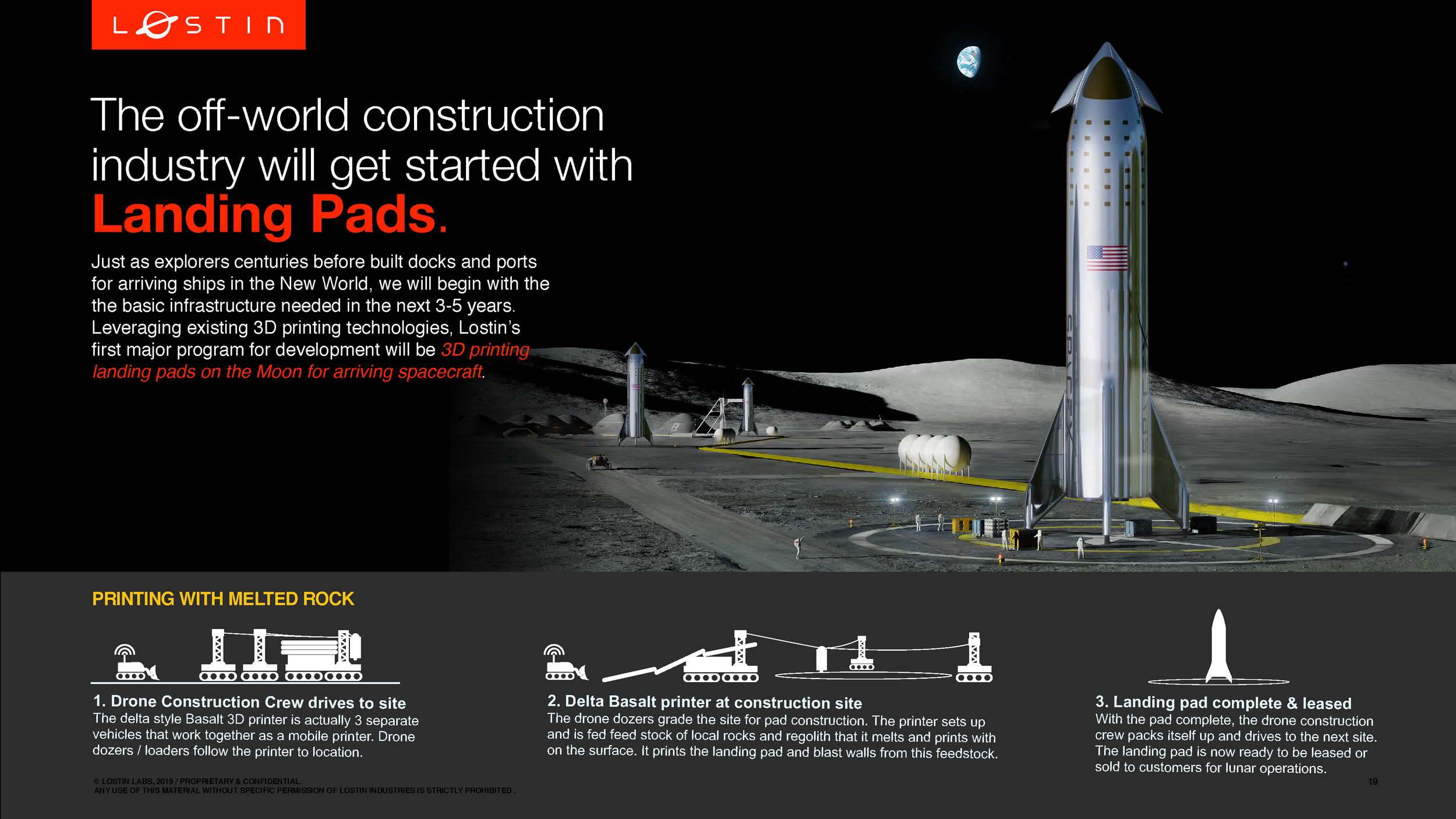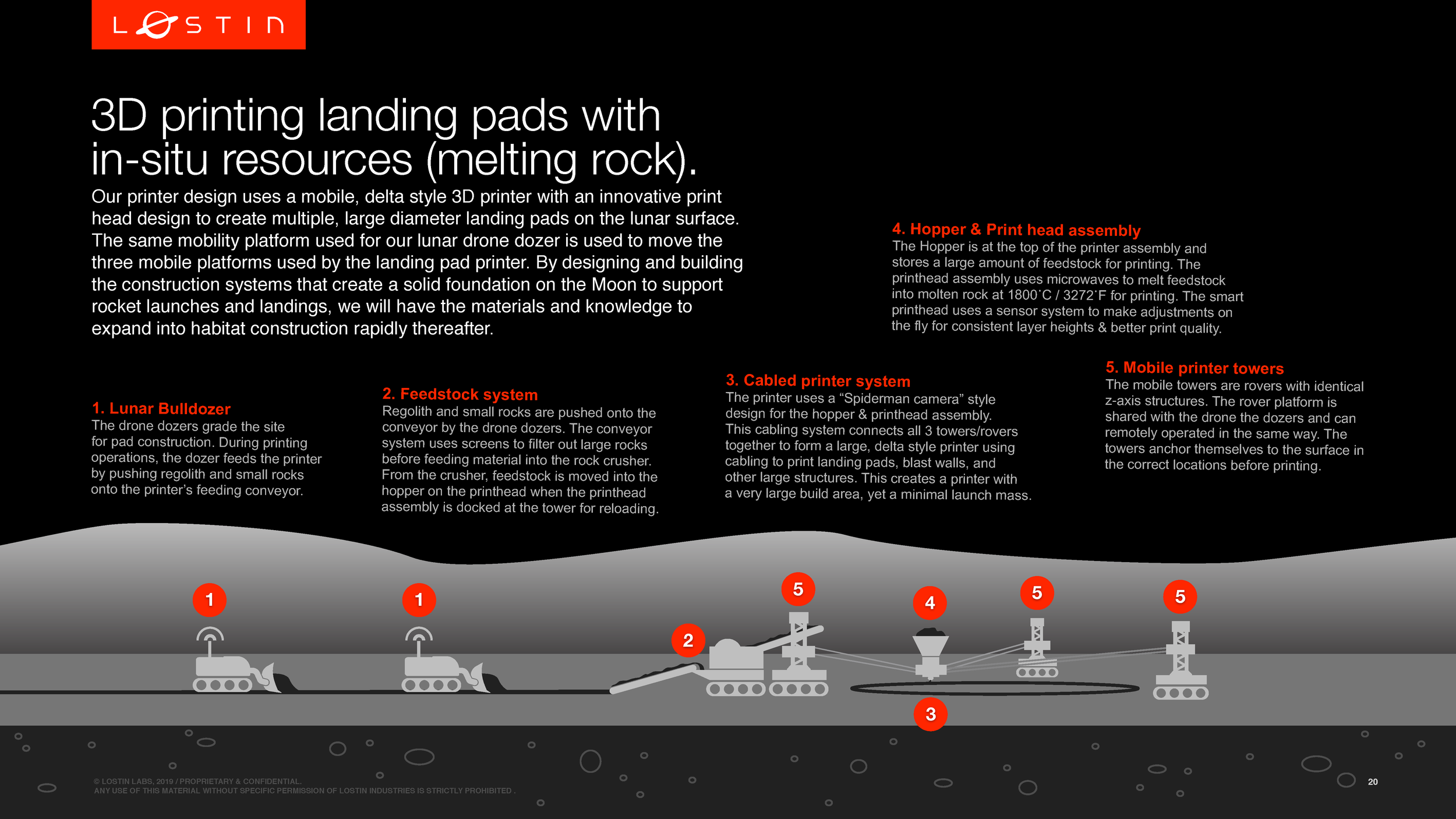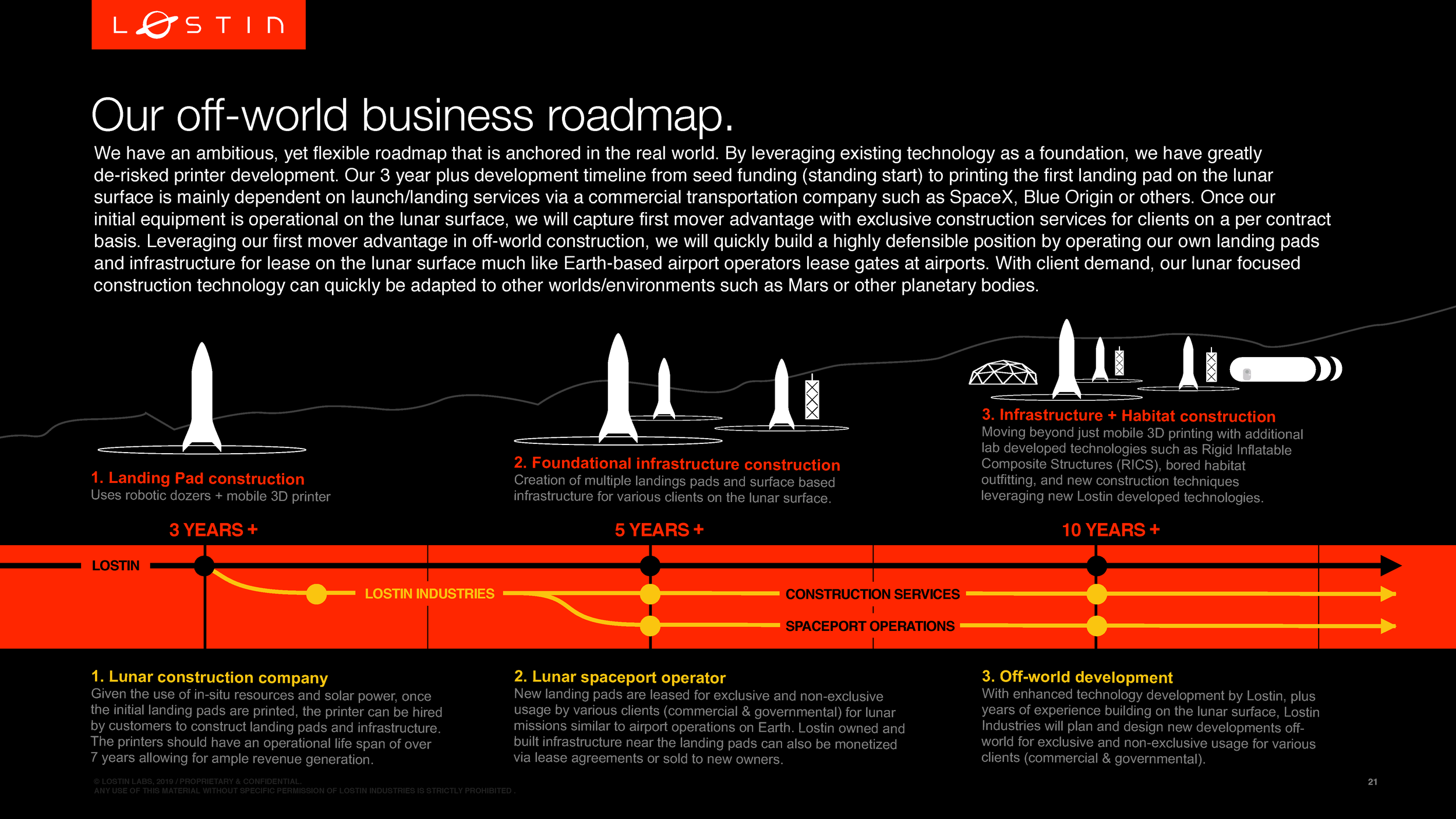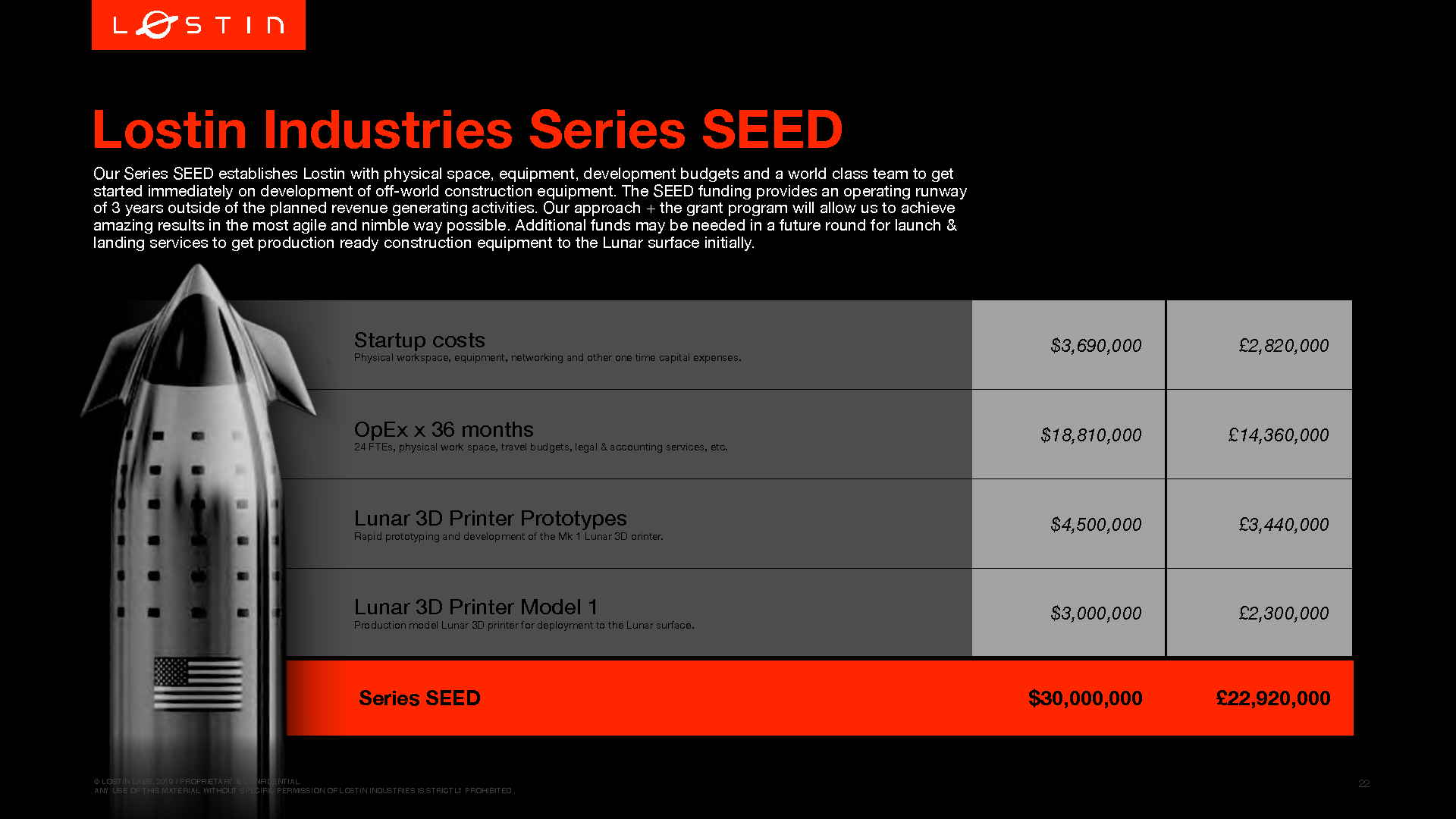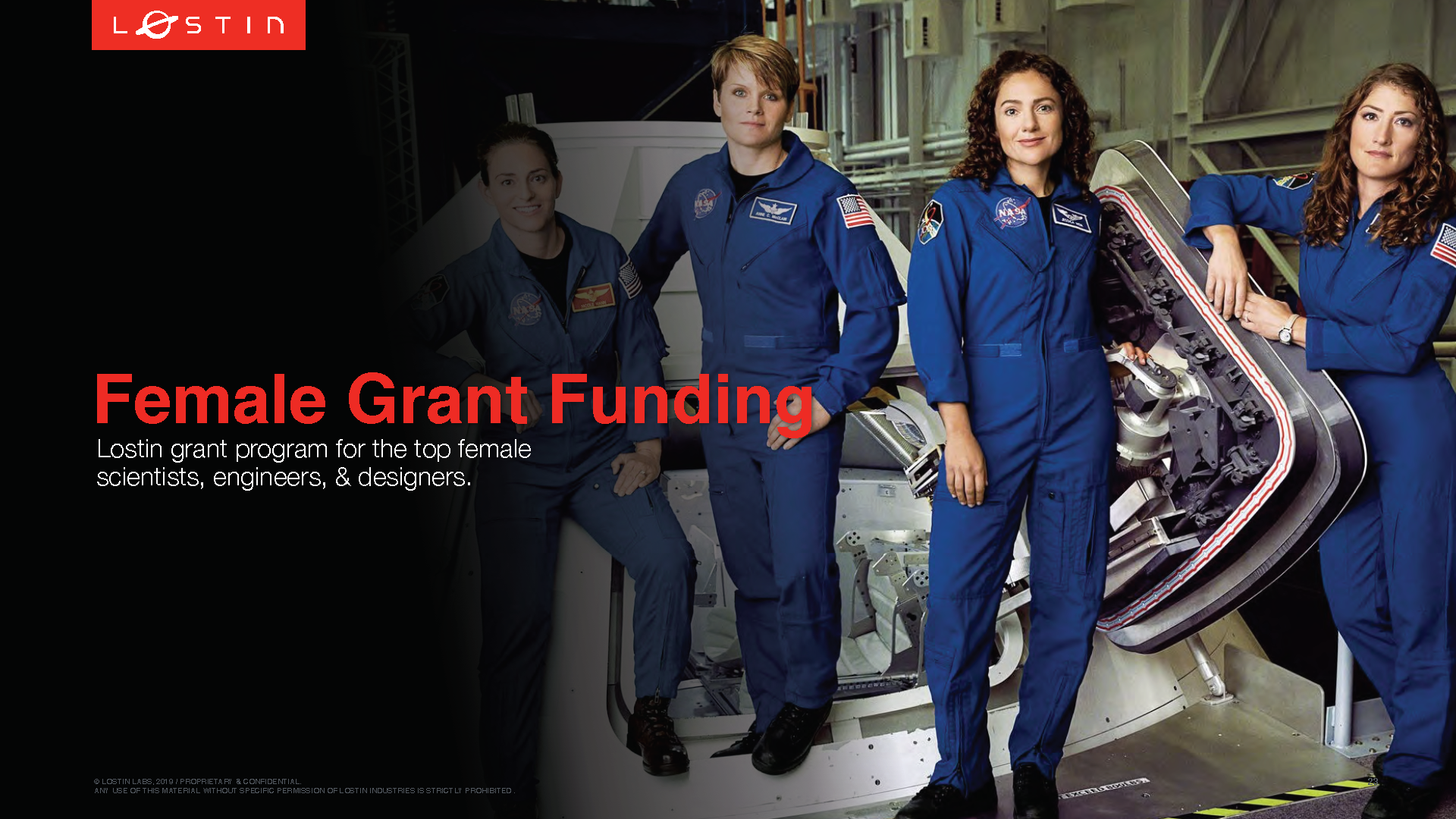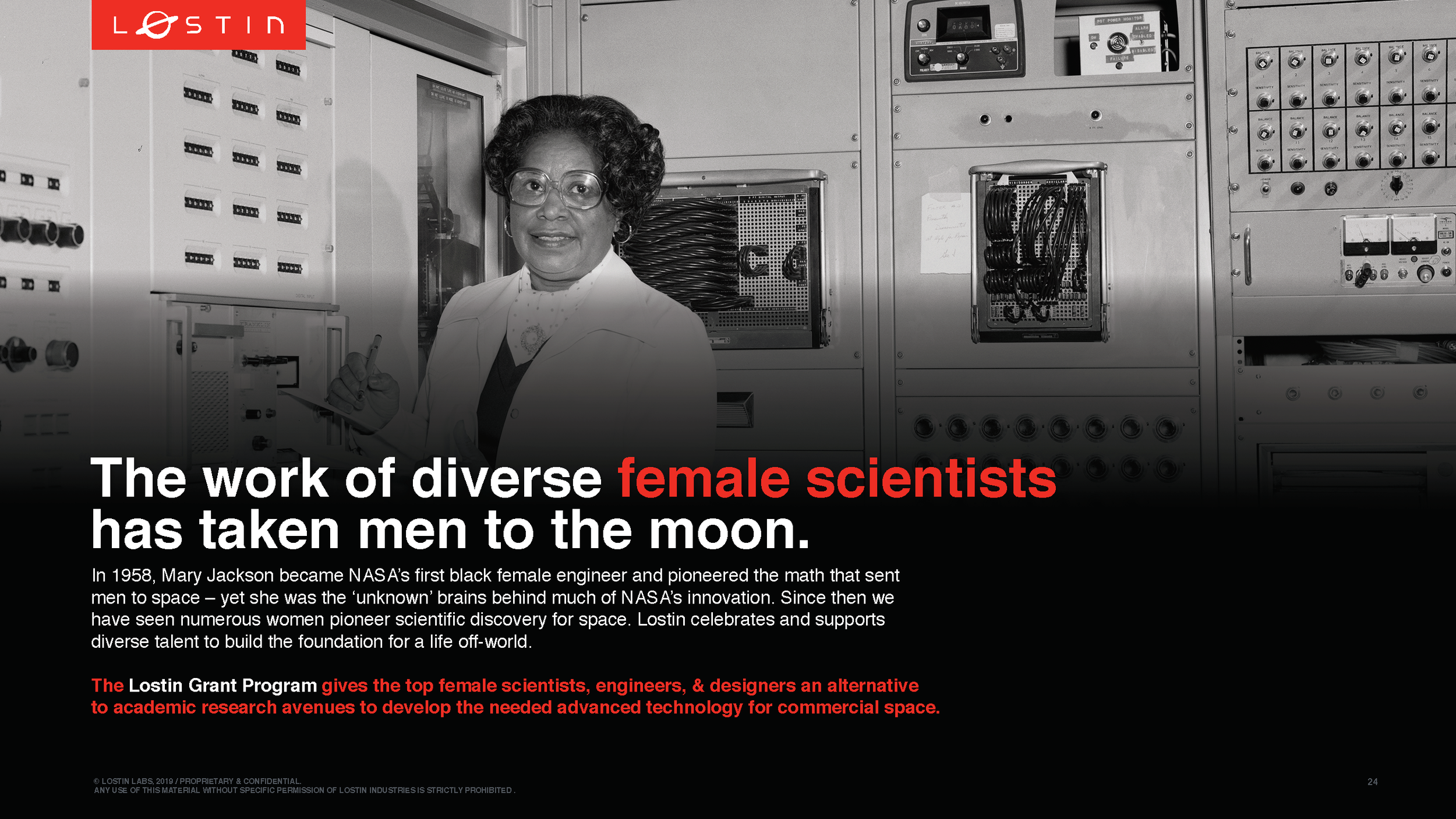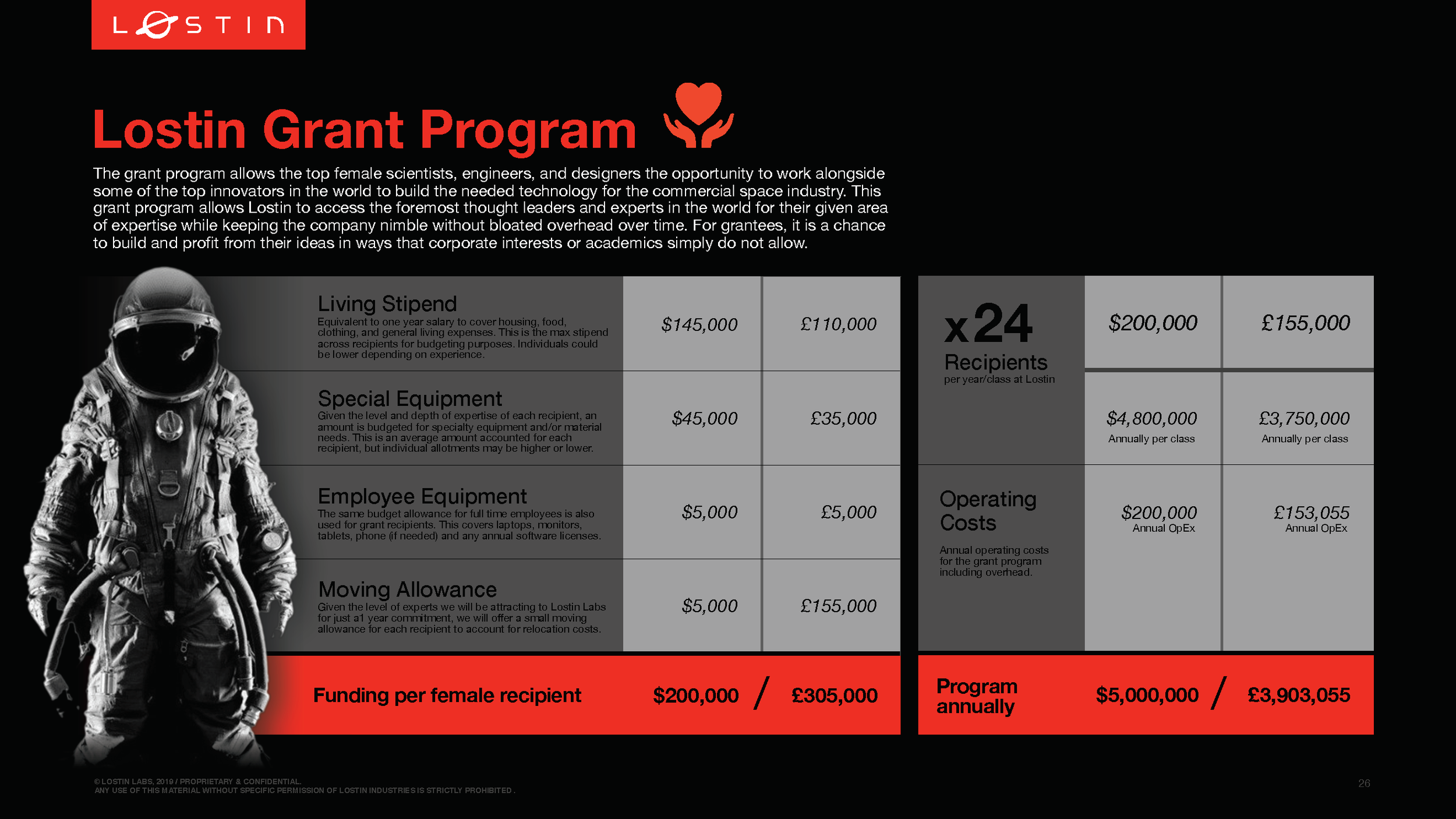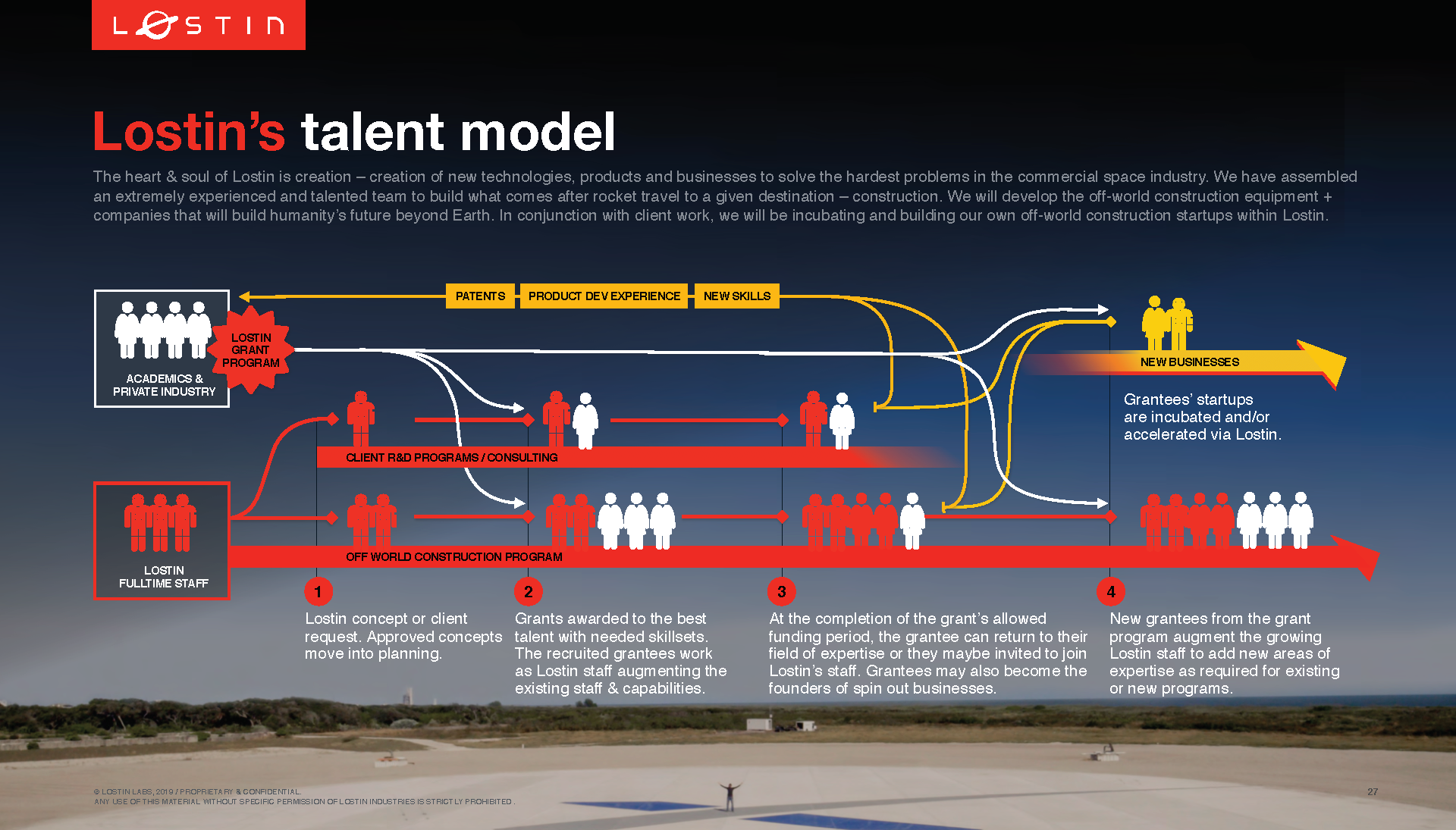Project Skywalker
Commercial space industry research, concepts, & defined opportunities for McKinsey & Company’s clients.
Project Skywalker is a program I started at McKinsey with my colleague, Rakhi Rajani, from the London office. The Project Skywalker documents were originally intended as conversation starters for partners & clients across a variety of industries in order to win commercial space projects and programs for Digital McKinsey. The intent was to target non-aerospace CXOs who hadn’t yet looked at commercial space as an expansion market, but would hold major advantages if they were first movers.
These Project Skywalker industry overviews look at the opportunities achievable for private industry on a 10 year horizon, based on current markets and technology. Some concepts and opportunities listed here are original ideas from Rakhi Rajani and myself or were existing concepts and technology.
Off-world Mining
The first industry opportunity overview created for Project Skywalker. Our hypothesis is Mining will be one of the key enabling industries for the new emerging space economy. For in-situ resource utilization to be feasible, you must have some form of mining and/or agriculture operations. Mining enables the Construction, Manufacturing, and Transportation industries in the new space economy.
Off-world Construction
The second industry opportunity overview for Project Skywalker at McKinsey & Company. Our hypothesis is Construction & Manufacturing will be the key to enabling industries for the new emerging space economy. In the near term, the construction industry, and its secondary markets have the potential to actually build the pillars of this new economy. The only barrier to entry for surface construction operations currently is a reliable lander system for deployment.
Nobel Labs
Nobel Labs
Re-Established Alfred Nobel’s infamous labs as a 21st century product company focused on advancing mining with custom software and hardware products.
Dyno Nobel decided to reestablish Nobel Labs in order to jump start a new era of invention and innovation in the 21st century. While proud of its incredible heritage, today Nobel Labs is focused on driving technological advancements to create a safer and more efficient world.
I worked as the interim Chief Product Officer (on loan from McKinsey) for Nobel Labs. I developed the labs operating model, structure, team composition, product ecosystem, led all research & development efforts, managed a large internationally distributed team, and recruited talent for the new venture.
Ethnographic Based Field Research
The Nobel Labs team used a human centric, rapid prototyping methodology that trips into the field for research and testing prototypes. For over 12 months all of the designers, technologists, engineers, marketers, and analysts at Nobel Labs traveled to various mine sites around the world. Led by myself or other seasoned design research leads, the team shadowed some of the best blast engineers in the world as they went through their work routines. We built the Nobel Labs strategy, product roadmaps, products, and specific features for these blast engineers, because we walked in their boots and understood their needs. These same engineers tested prototypes and work methodologies for the team. The end results were advanced products created specifically for blast engineers and mine operators.
Nobel Fire
Nobel Fire, Nobel Lab’s first product, is an intelligent, blast design optimization tool to help you quickly—and with high-confidence—create optimal blast designs. Unlike traditional blast design software, Nobel Fire can make data-driven recommendations based on user-specific learned outcomes while also providing valuable project management tools. From concept to development, Nobel Fire was code named ‘Athos’.
Nobel Air
Nobel Air, Nobel Lab’s second product, is an autonomous drone flight and scanning software designed for blast engineers. With Nobel Air + a DJI drone, blast engineers can scan an entire mine site in 2 minutes, feeding the 3D models directly into Nobel Fire for blast planning and management. Future iterations of Nobel Air will allow 3D scanning in real time during flight without the use of cloud based services for lengthy processing times. Future releases will also introduce site survey marking operations to expedite work between blast engineers and drilling teams. From concept to development, Nobel Fire was code named ‘Hermes’.
Nobel Labs overview PDF
These videos were made for routine executive and board of directors’ updates as a fast way to show development progress on Nobel Fire and Nobel Air.
Hyatt.com
Ethnographic field research + design thinking workshops to determine what the modern traveler’s needs online & how their behavior.
Hotels have had lower bookings on their own web sites and apps compared to OTAs (online travel agents), such as Orbitz, Travelocity and others. Hyatt wanted to rebuild their entire site to be centered around people and their needs. Before starting a site wide redesign of Hyatt.com, the design team started with design research to answer a few questions around some hypotheses on behavior of travelers online. After analyzing the research from in person interviews, consumer insights, Northpage analysis, and Google data – the team observed some clear and distinctive behavioral patterns. Based on the patterns observed, activities were distilled into major behavioral themes and several persona archetypes, mapped out over time, as a customer journeys. The team also conducted several design thinking workshops which feed into research findings. From these findings, observations, and industry data – a strategic plan was formed and guiding design principles. These principles were put into context for Hyatt’s Phase 2 team via high fidelity prototypes.
Select Research Findings & Concepts
Selected slides from the research findings and initial design strategy work for Phase 1.
Hyatt.com Strategy & Design Concepts
Select slides from the Hyatt.com executive team final presentation for Phase 1.
Hyatt.com future vision
Branding and the guest experience were critical elements for X Project to be successful. On my recommendation, Hyatt hired ex-frog design colleagues to craft the brand while Reaction focused more intensely on the pop-up hotel itself and its guest experience.
JFK T1 workshop
JFK T1 workshop
I was asked to join a workshop with senior leadership for JFK’s T1 redevelopment in New York to discuss how to future proof the developer’s investment in T1 over the next 40 years. For this workshop, I was asked to present several architectural / experiential concepts using existing technology to create futuristic experiences for the new T1 and to name any major disruptions to the air travel industry that could occur over the next 10 years.
I presented some original concepts of mine around adaptive environments, reactive environments, and ambient displays. These concepts all leverage technology that has been in existence for the past 10 years or so, but applied in novel ways that create magical experiences for guests and smart facilities for lower costs of ownership for developers.
Knowing other consultants there would also be presenting their versions of coming airline disruptions, I took one of the biggest potential disruptors for the airline industry and presented it as the major advantage for JFK over NYC’s other two airports, Earth-to-Earth rocket travel. JFK has the best location of the three major airports in New York City for Earth-to-Earth rocket travel as it has access to open waters off the shore of Long Island for launches. JFK’s new T1 can be leveraged for security, customs and hospitality services before passengers board a ferry to sail out to the launch pad a few miles off shore. To show that this potential disruptors is just as real as air taxis and self driving cars (and a possible major near-term disruptor), I showed the current progress (as of January 2019) of SpaceX’s Starship prototypes being constructed in Boca Chica, Texas.
Selected slides from the workshop (without animation/motion). The experiential concepts I presented where setup with a quick high level overview of the technology involved without technical details that this audience would not care about at this stage of development.
SpaceX’s Starship will be capable of taking people from any city to any other city on Earth in under one hour - most destinations in around 30 minutes.
(Video by SpaceX).
Lostin
An international research & development lab focused on needed innovations for the commercial space industry.
Lostin Labs was founded upon a tested model for moonshots. It generates and incubates ideas for commercial space ventures; helping build those ideas into successful businesses. Lostin Labs has been called a blend of Edison Labs + the Eames Studio, if it where located in Area 51. Lostin Labs’ projects contribute collectively to one big thing – creating a civilization for space.
Lostin Labs general overview
General overview download
The Lostin Labs general overview deck + appendix can be downloaded here. The appendix captures two variants of Lostin that have also been considered in the past:
Lostin Industries - off-world construction company that starts up with a large scale lunar 3D printer as a for hire construction crew. The printer would be able of printing landing pads 300’ in diameter from regolith based on existing NASA research & technology.
Lostin grant program - a grant program/fund for the top female scientists, designers, and engineers to pursue their inventions/startups that are focused on commercial space via incubator/accelerator lab in Austin + London


